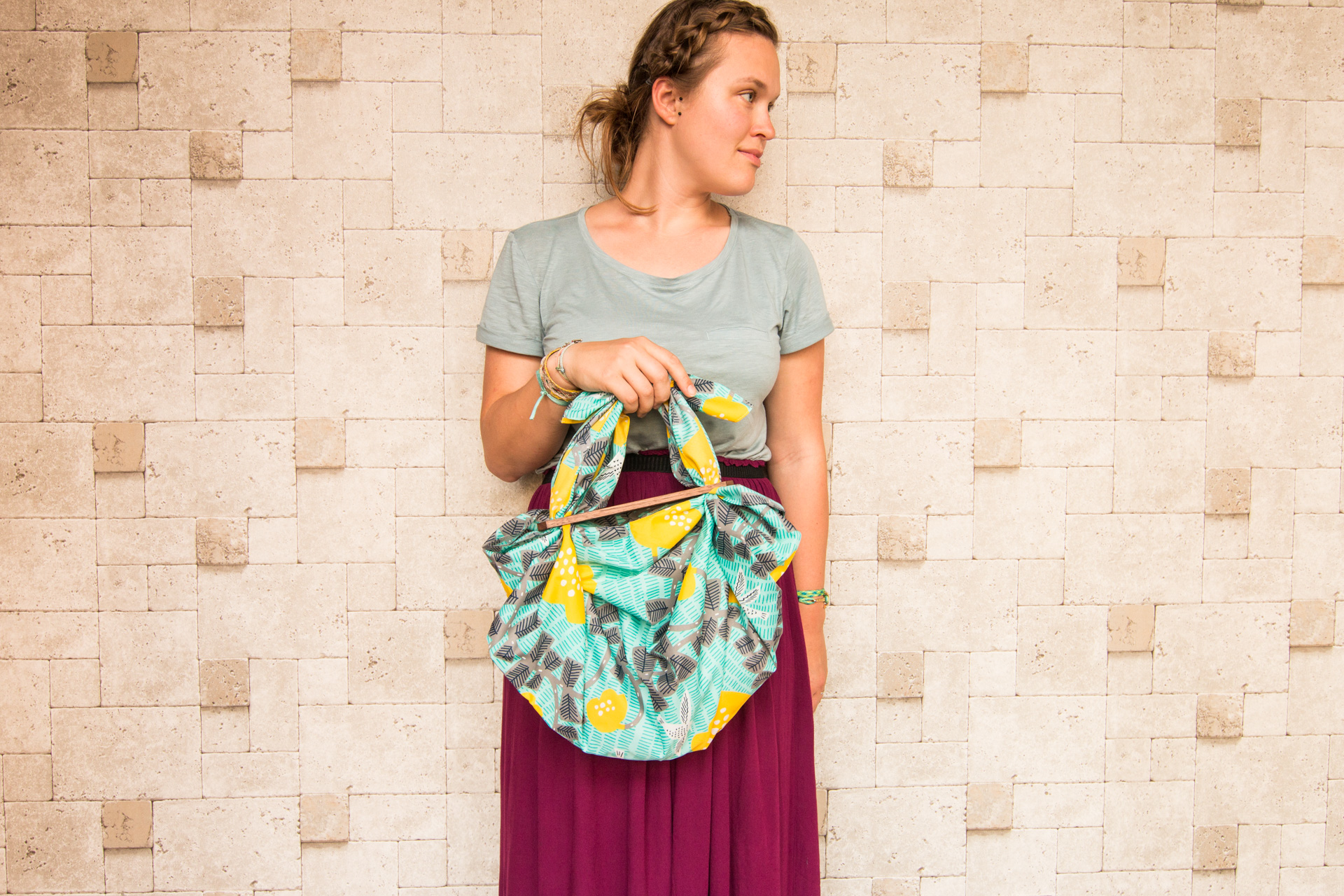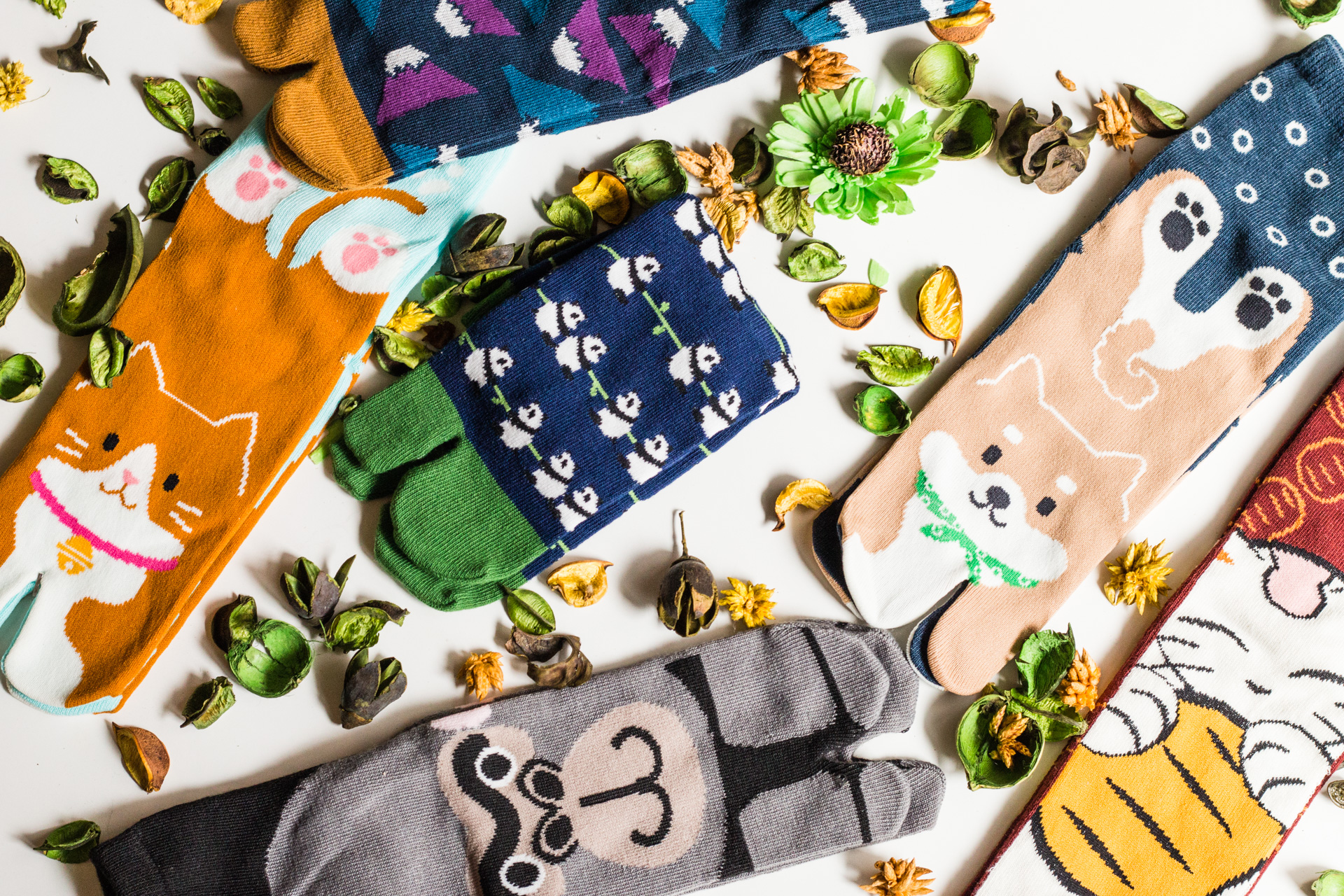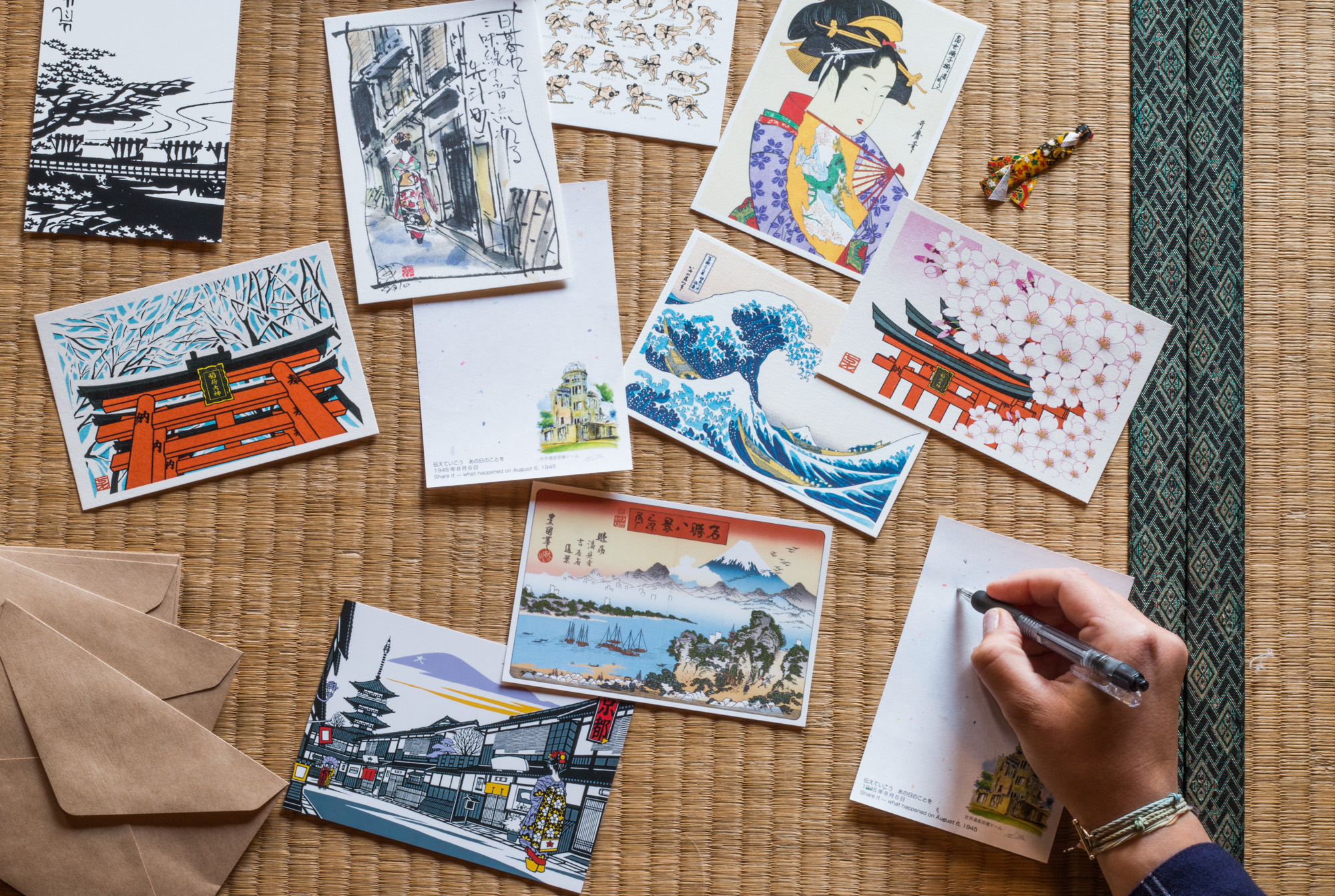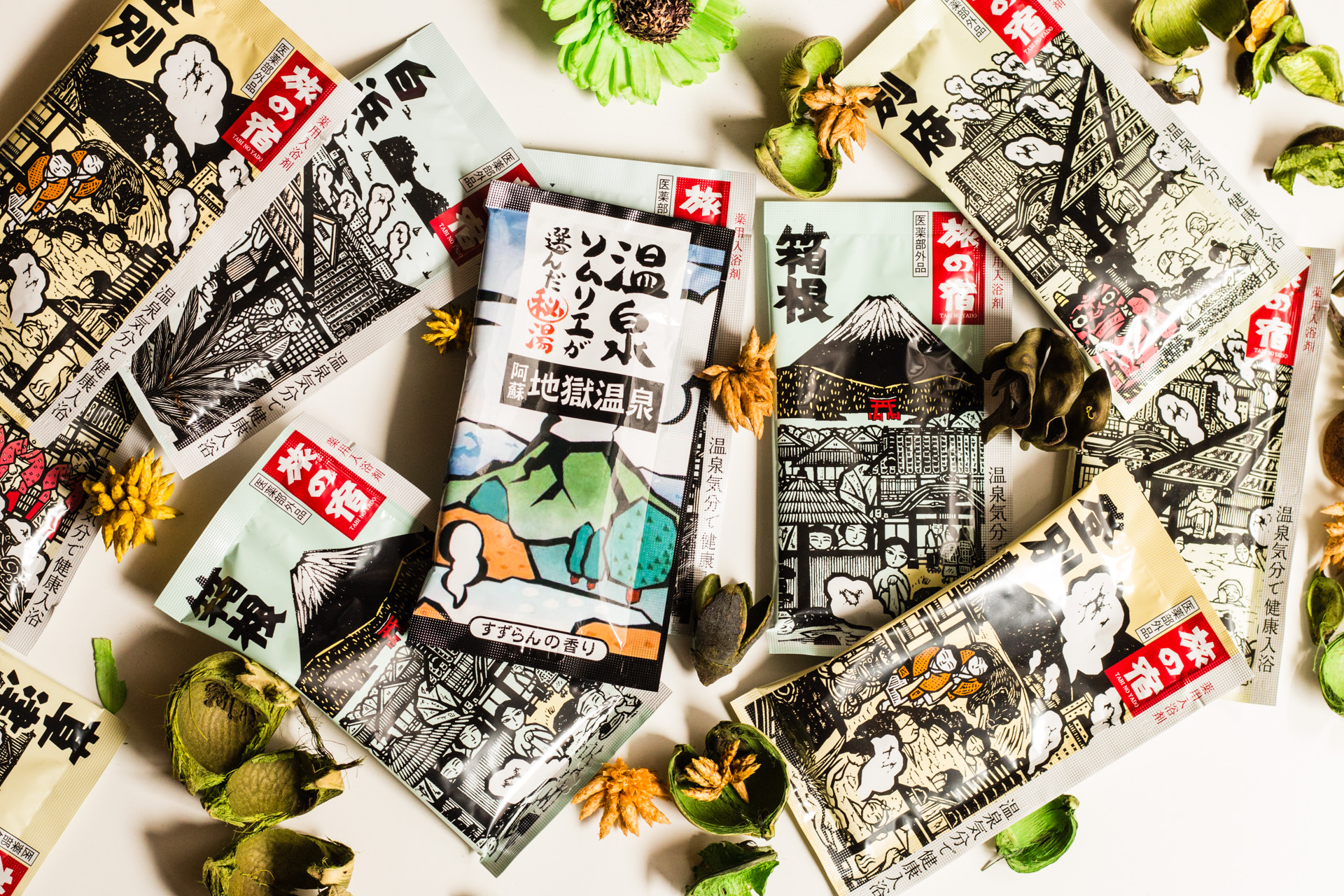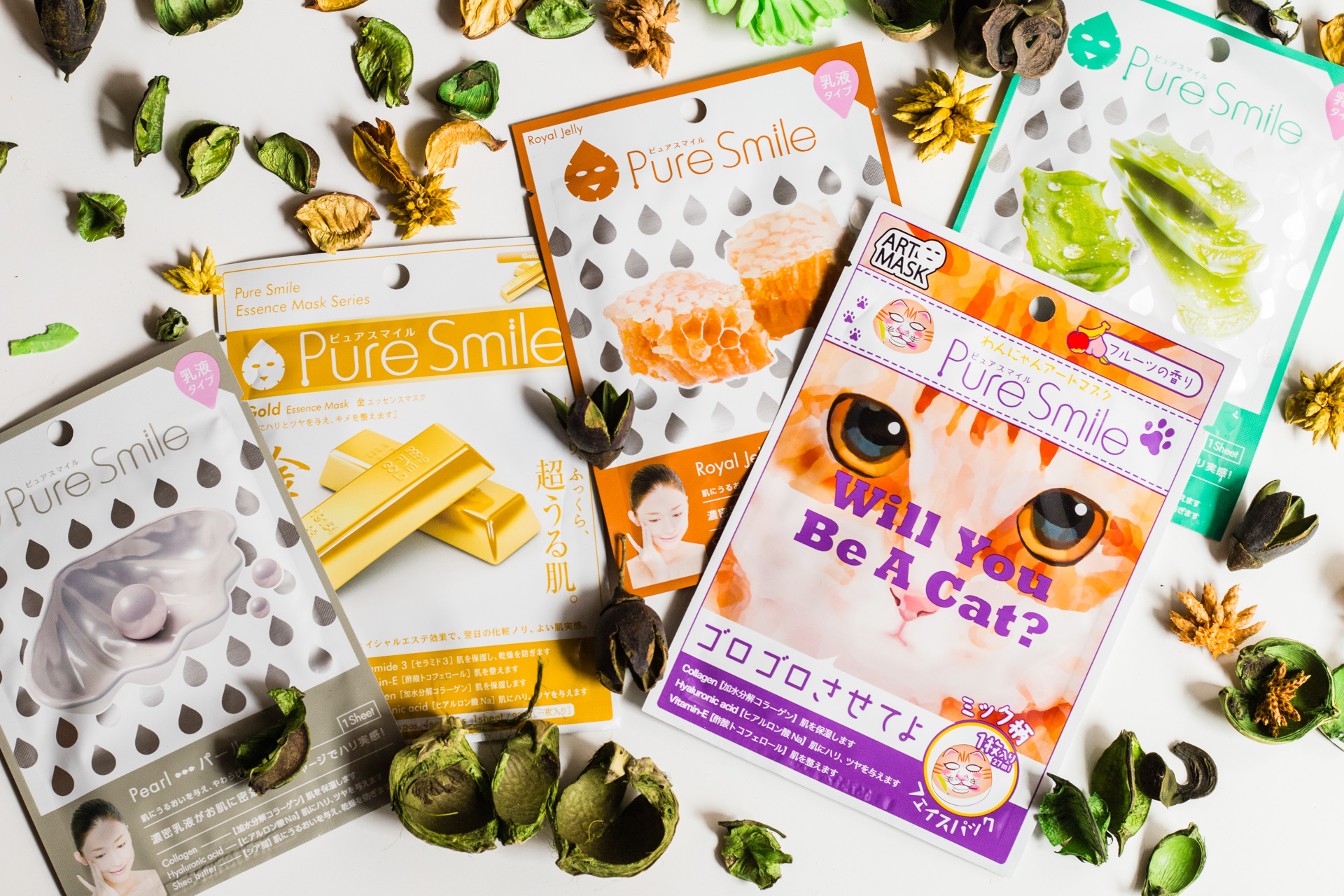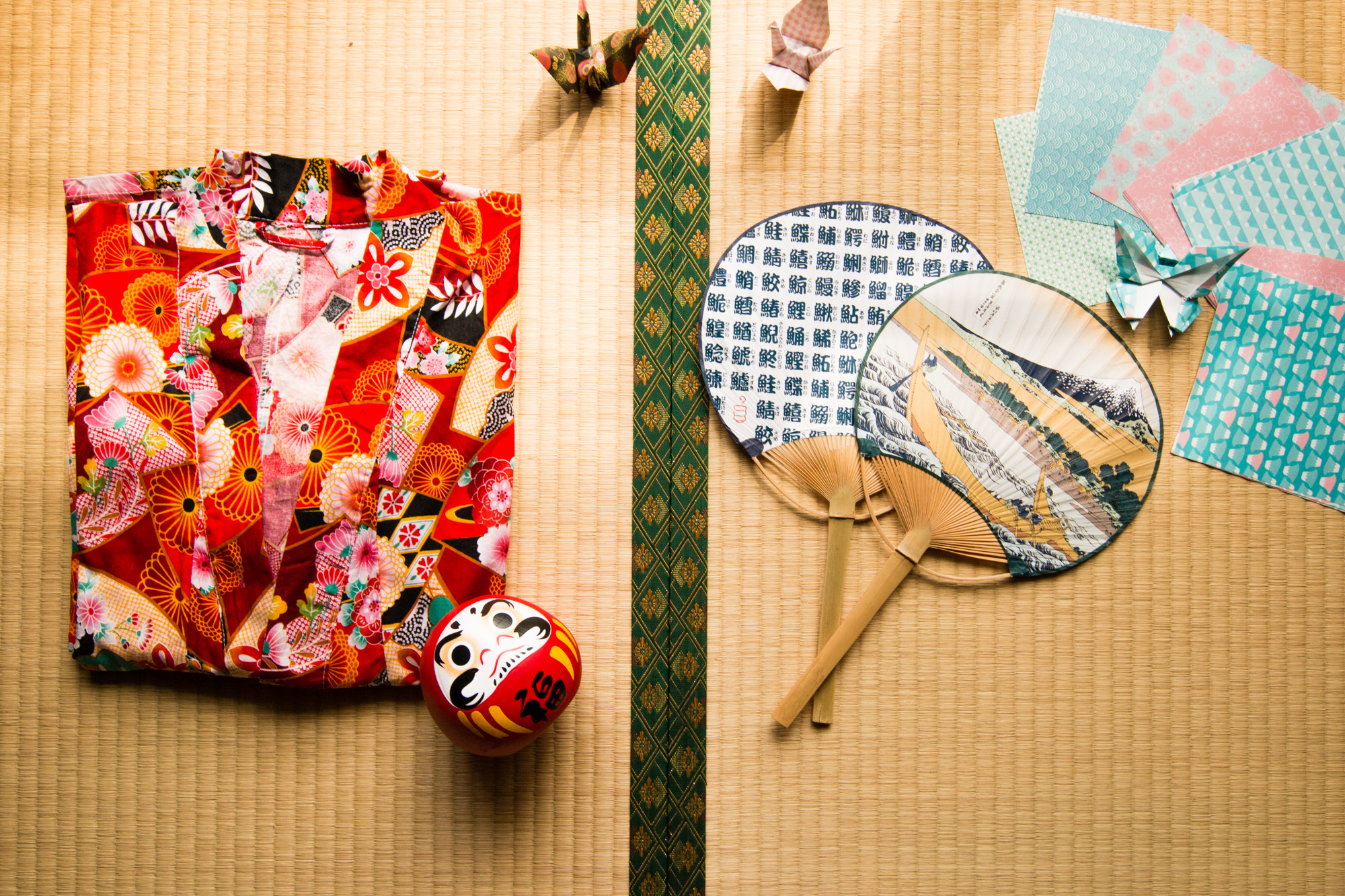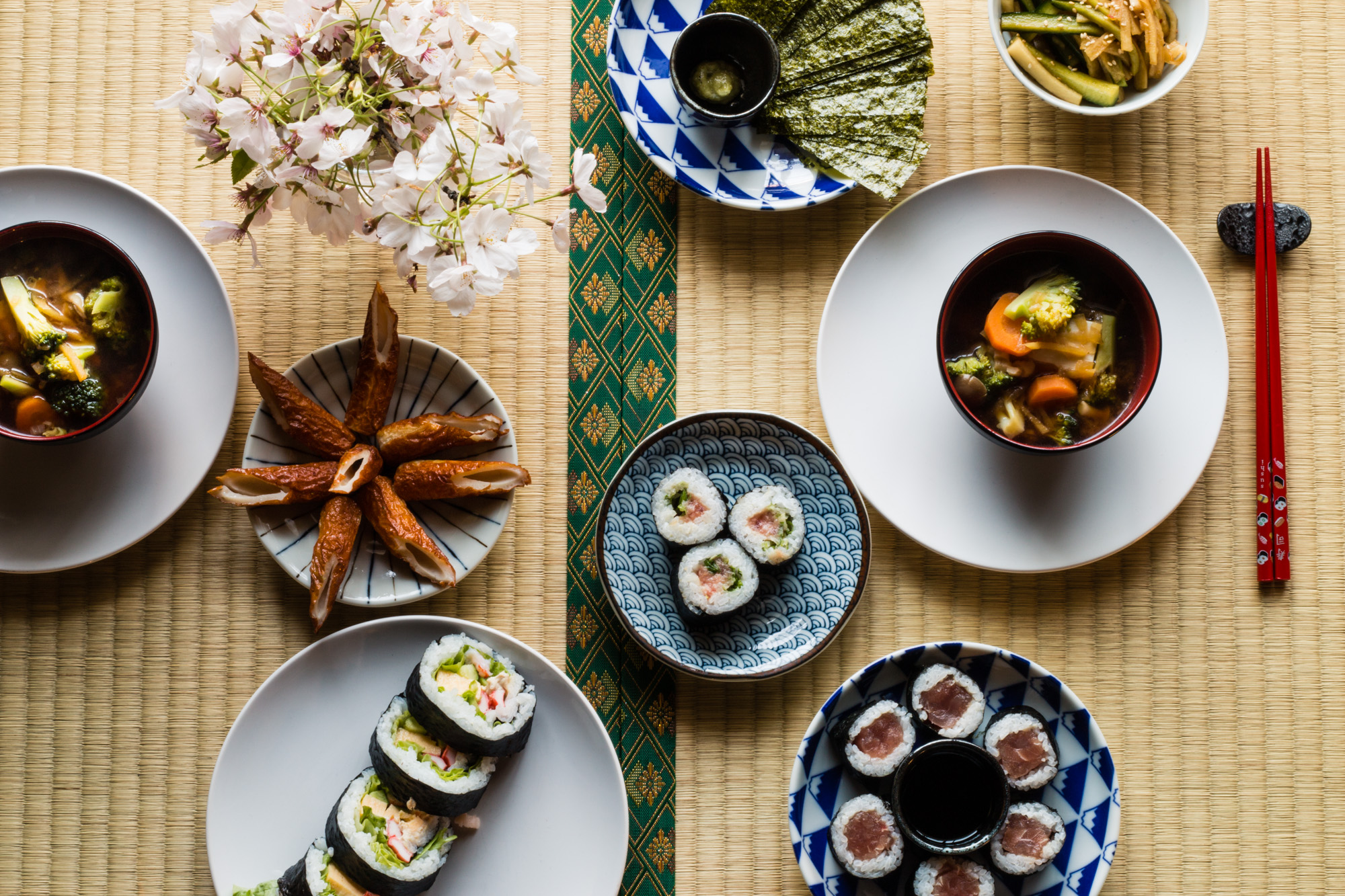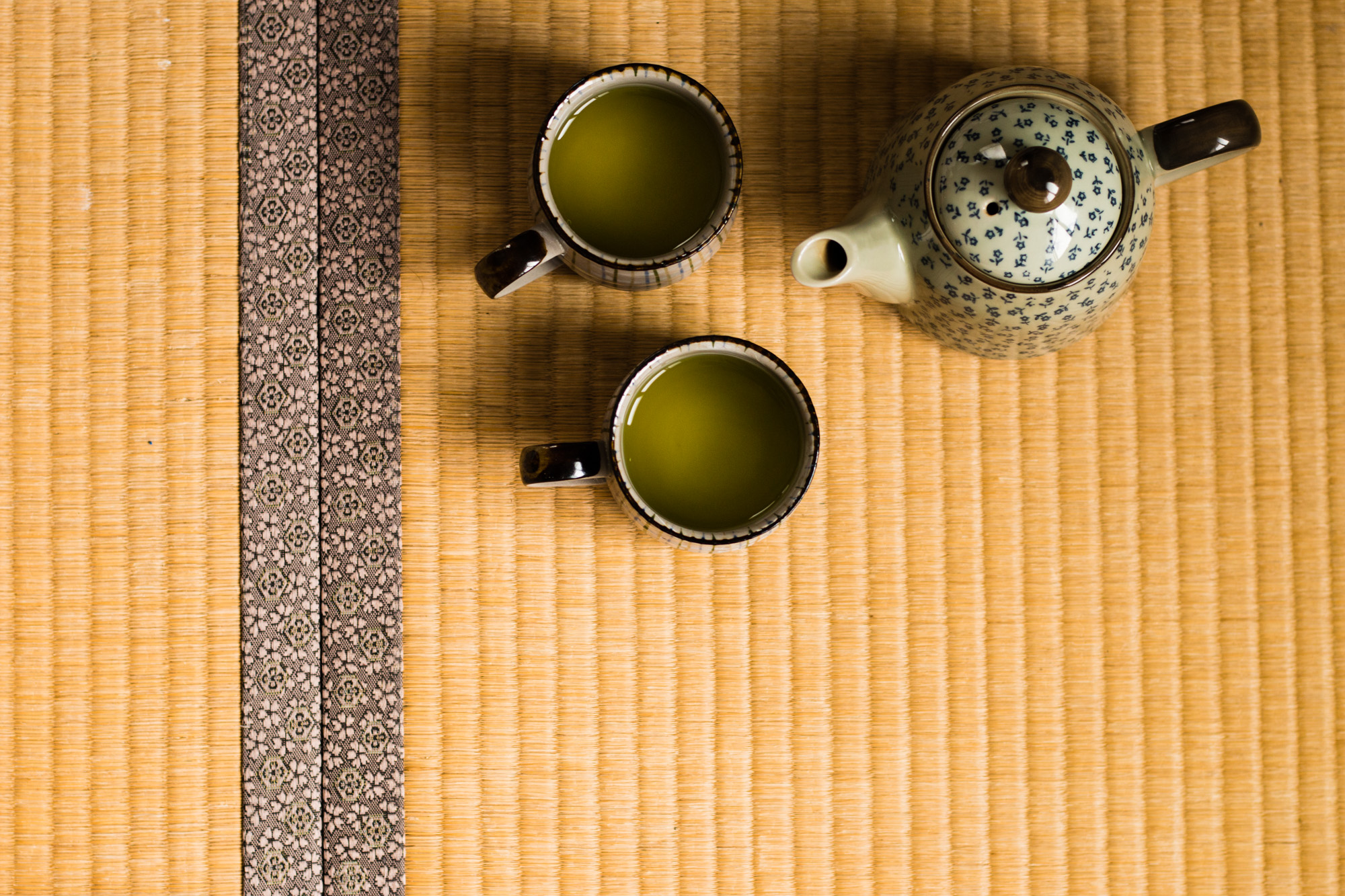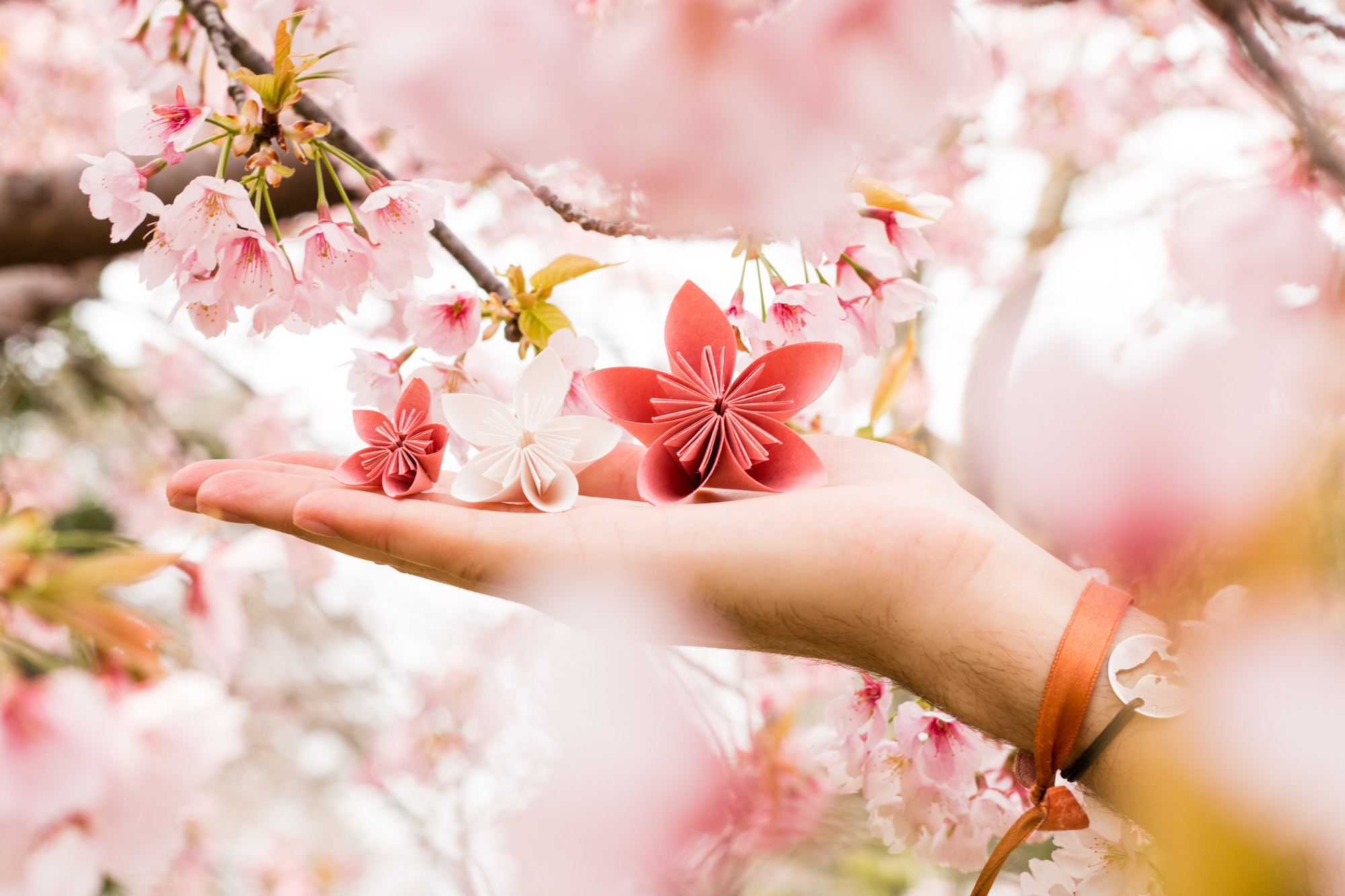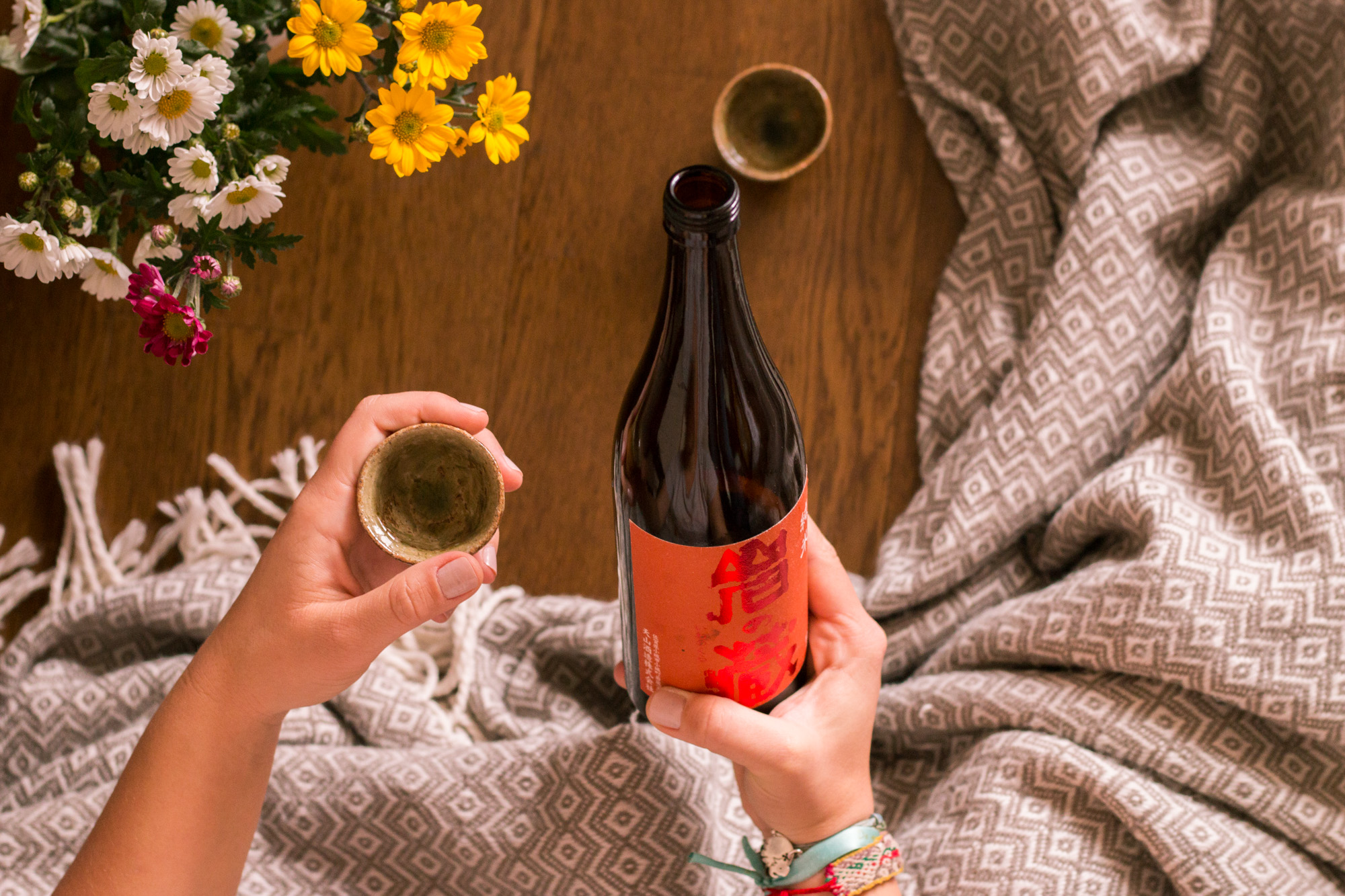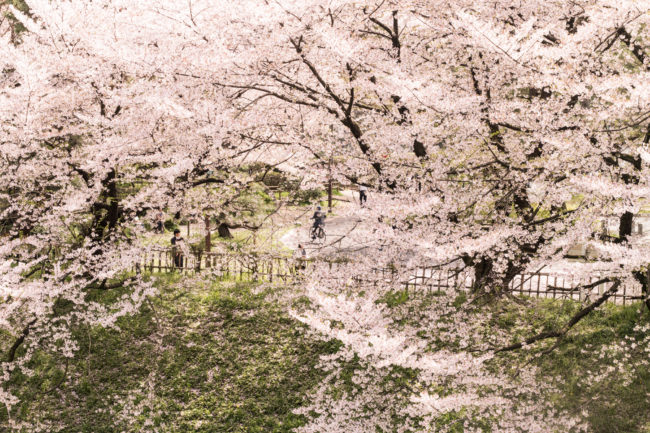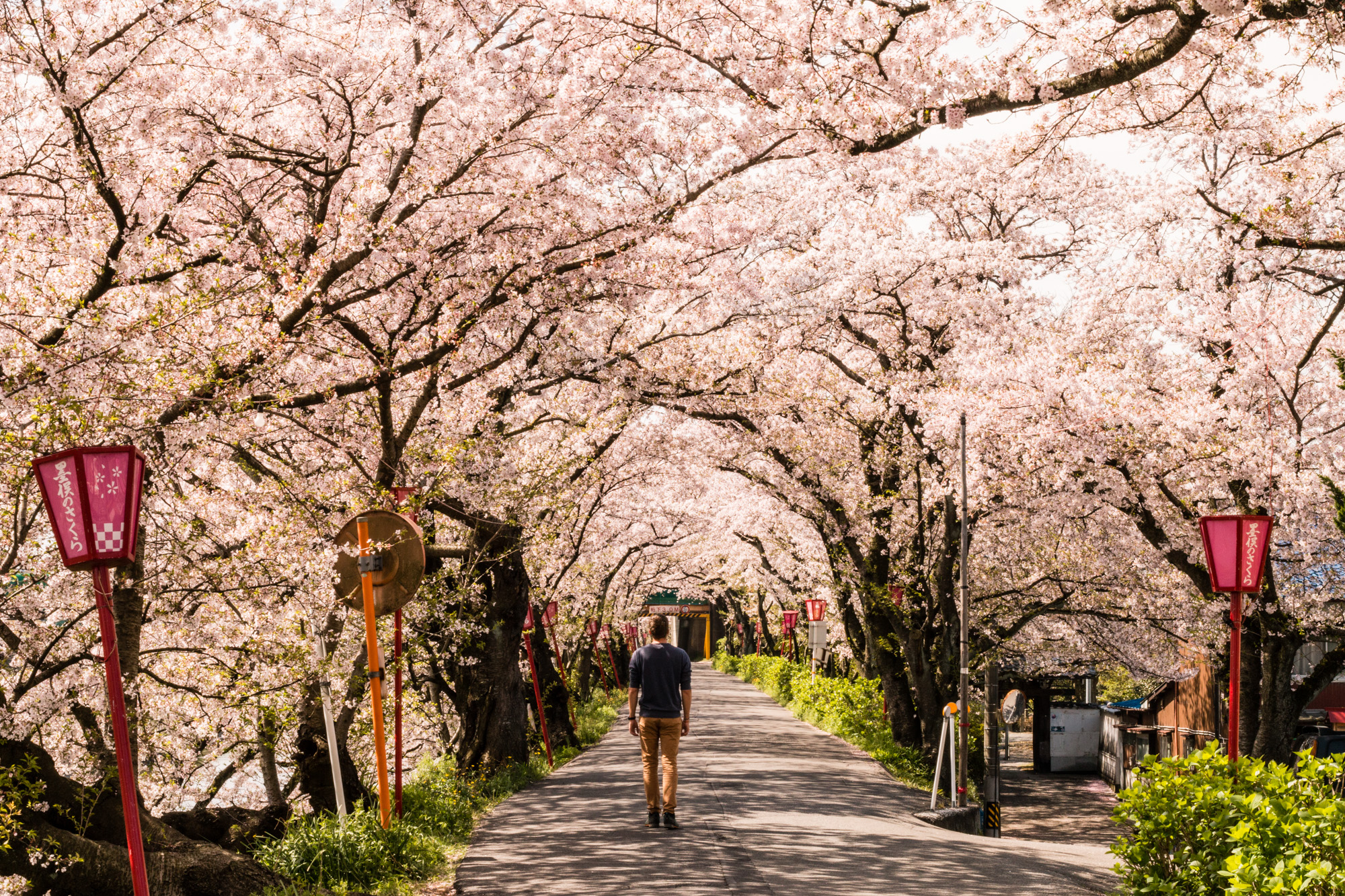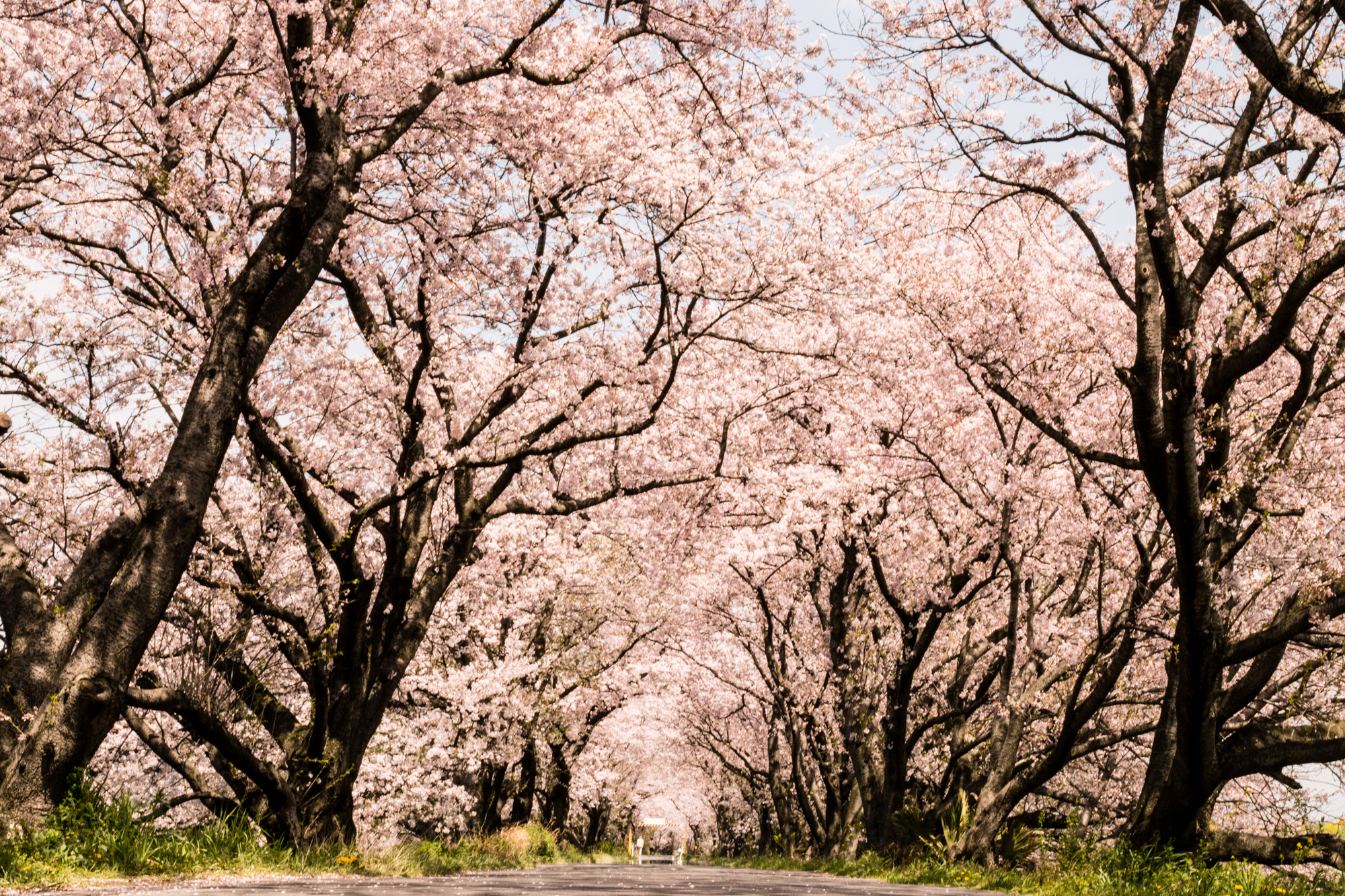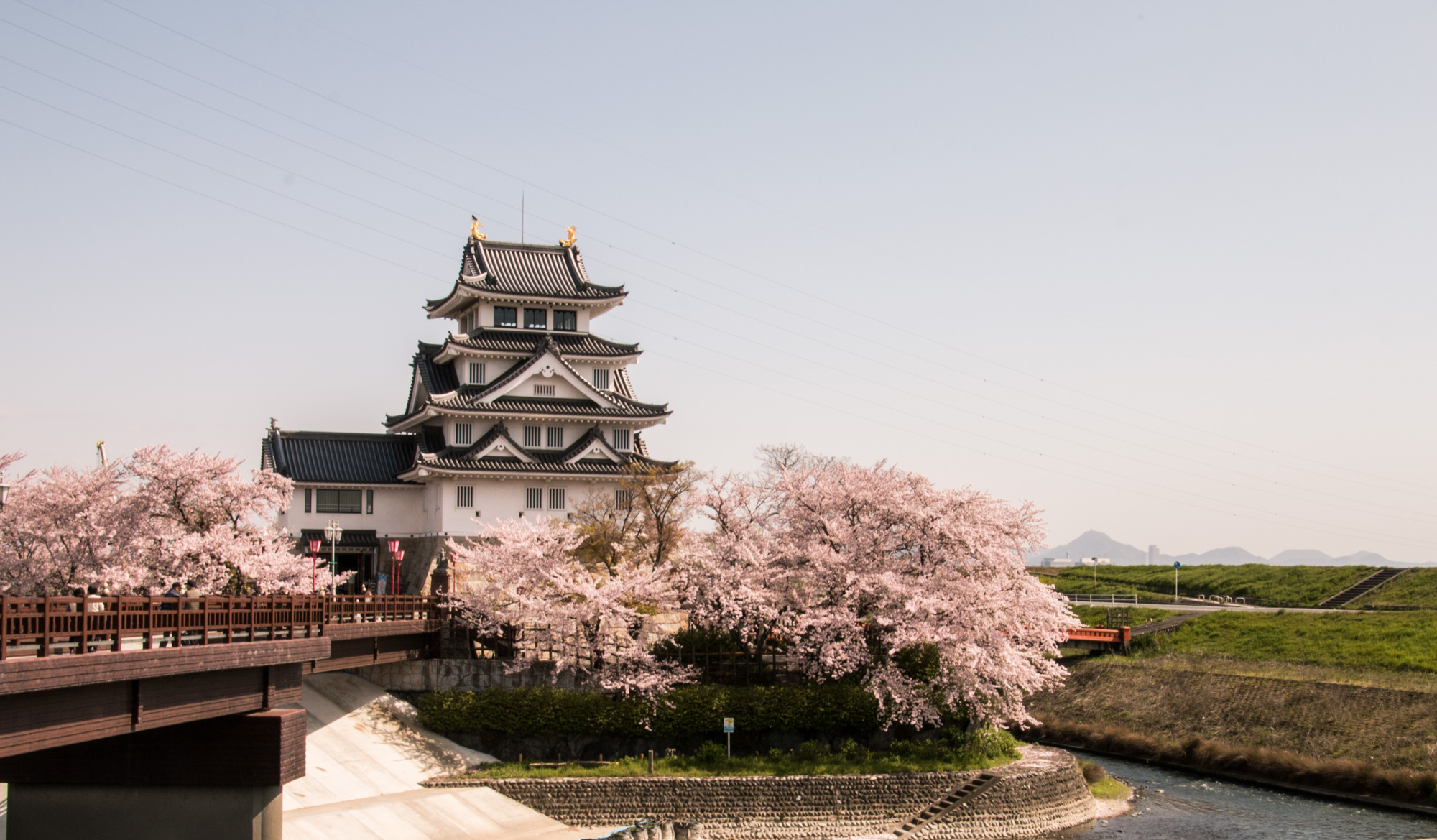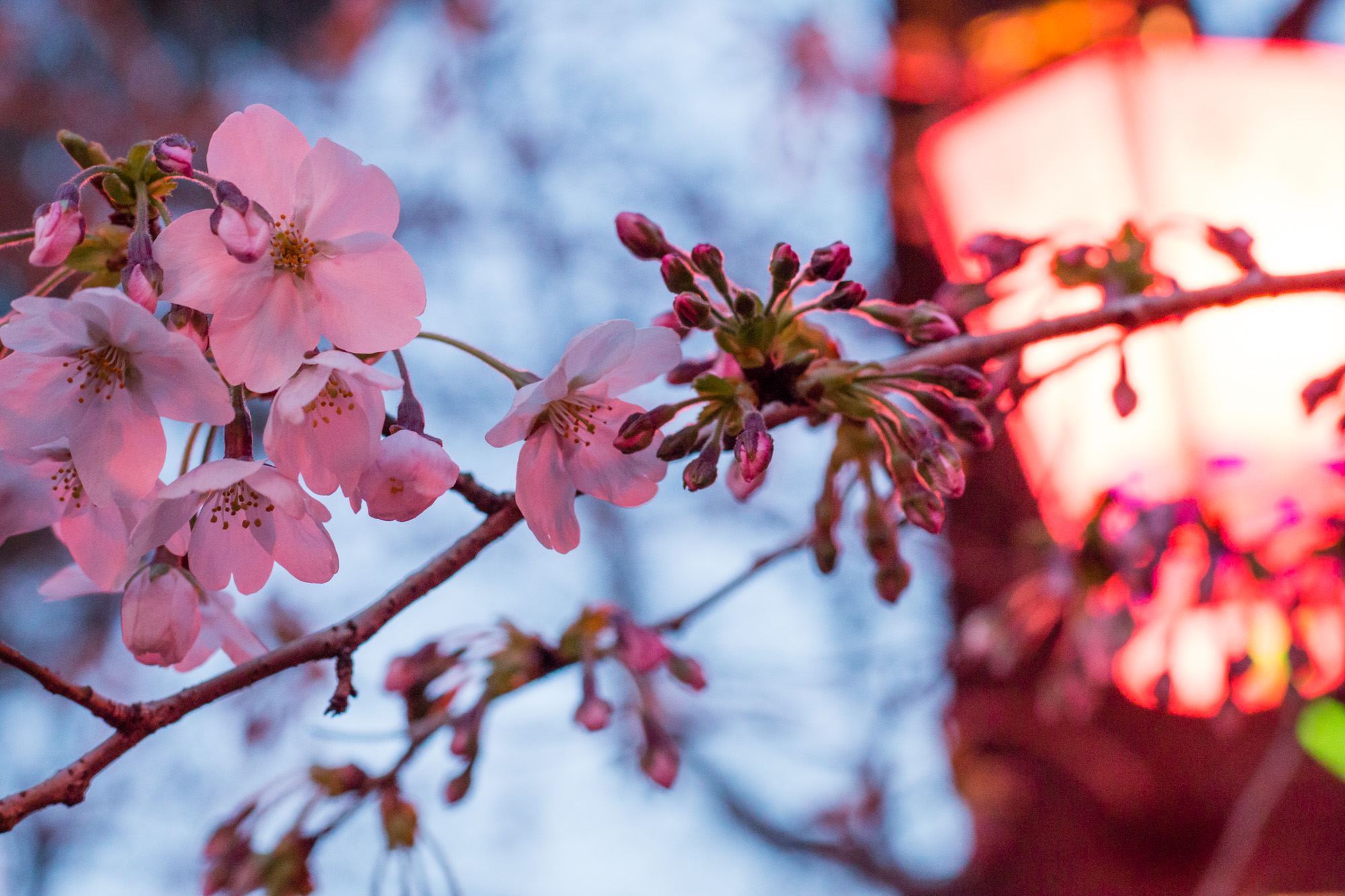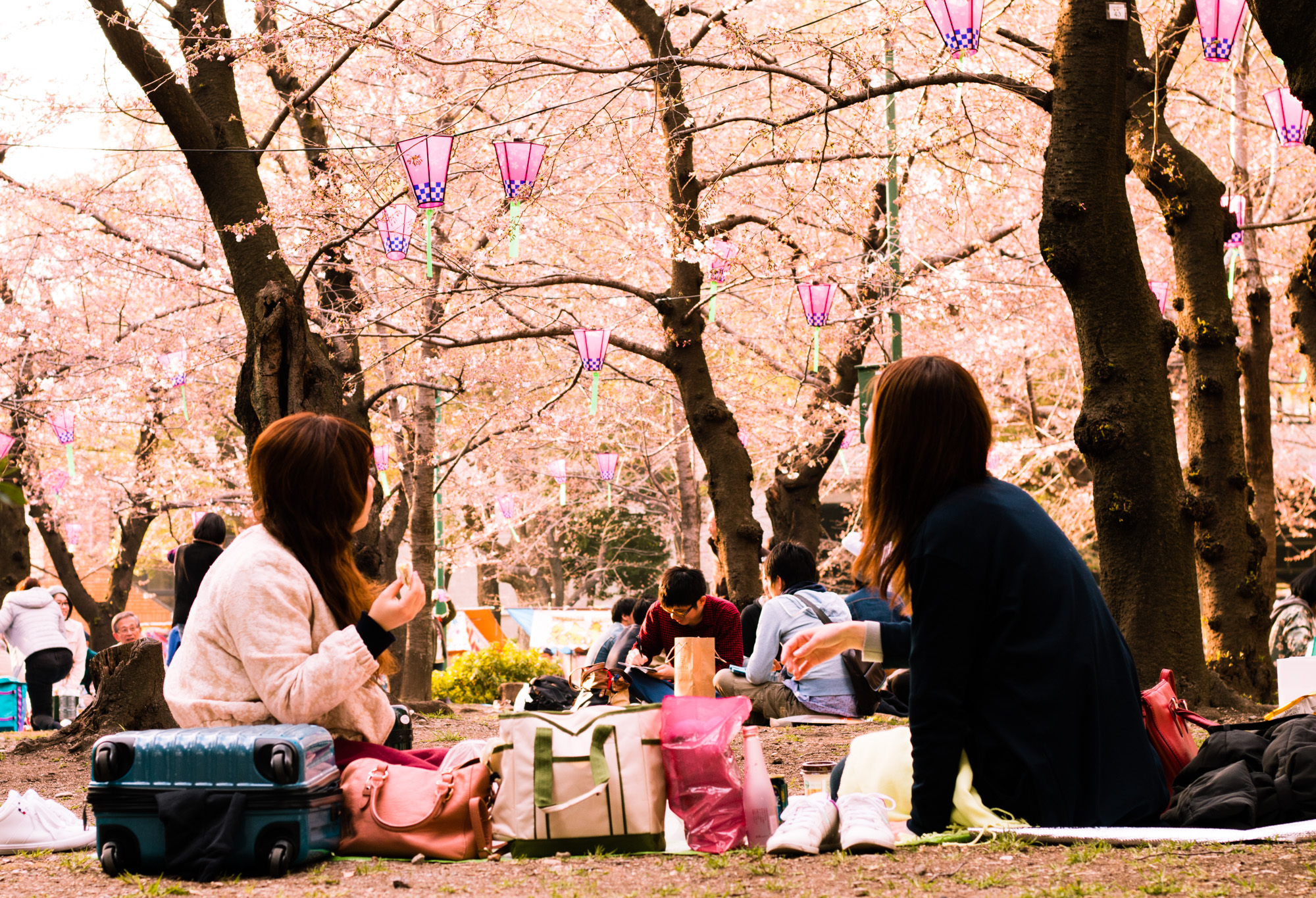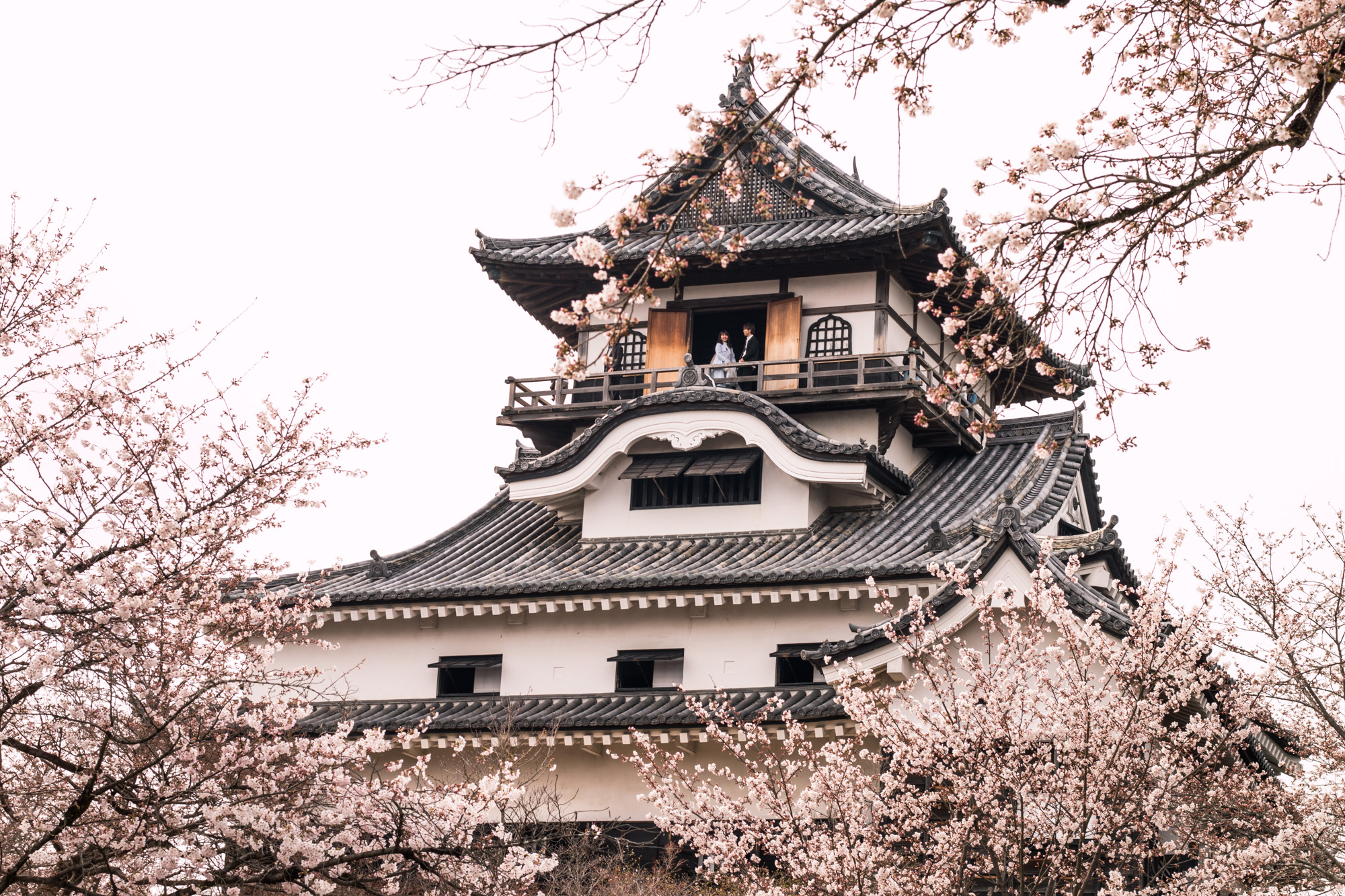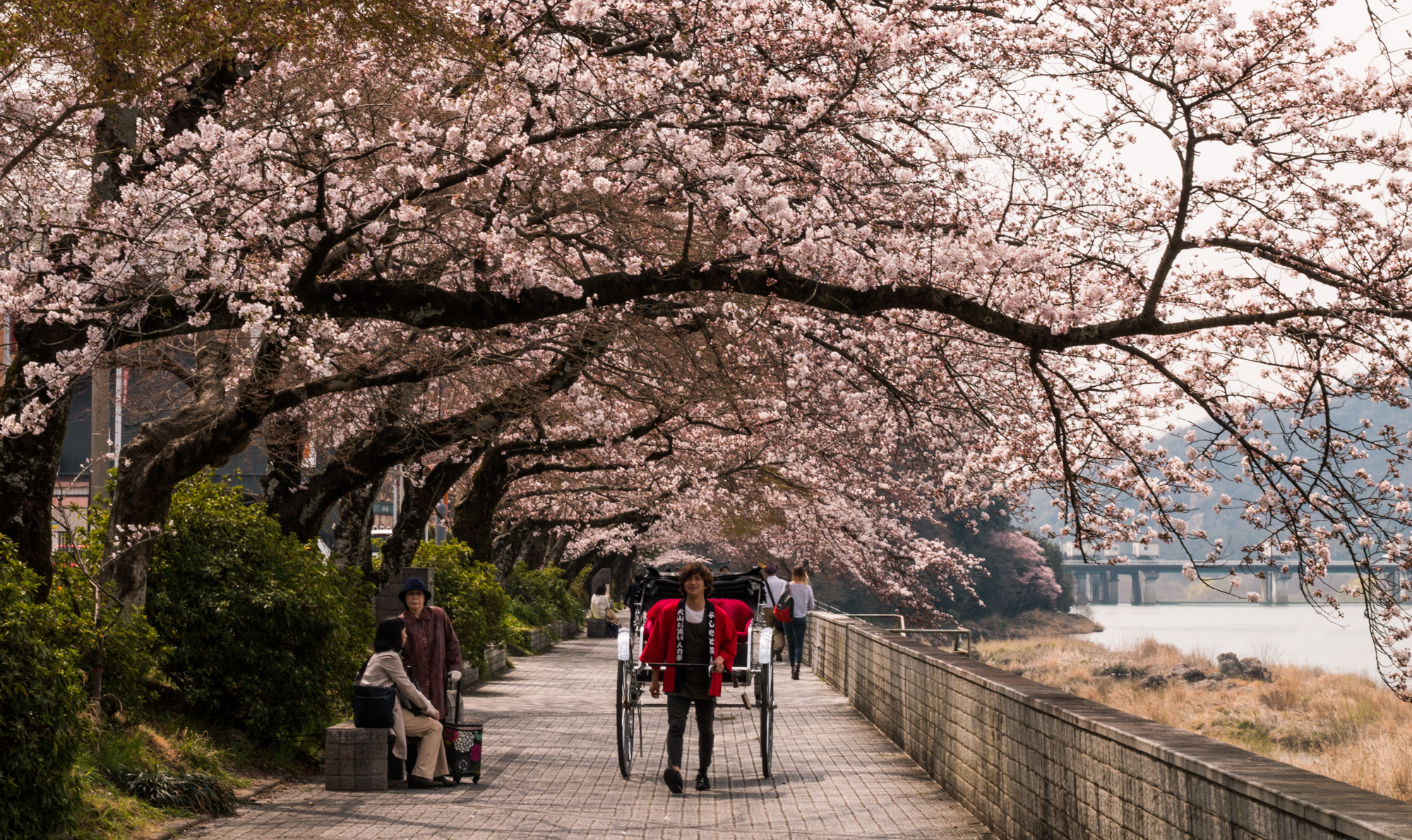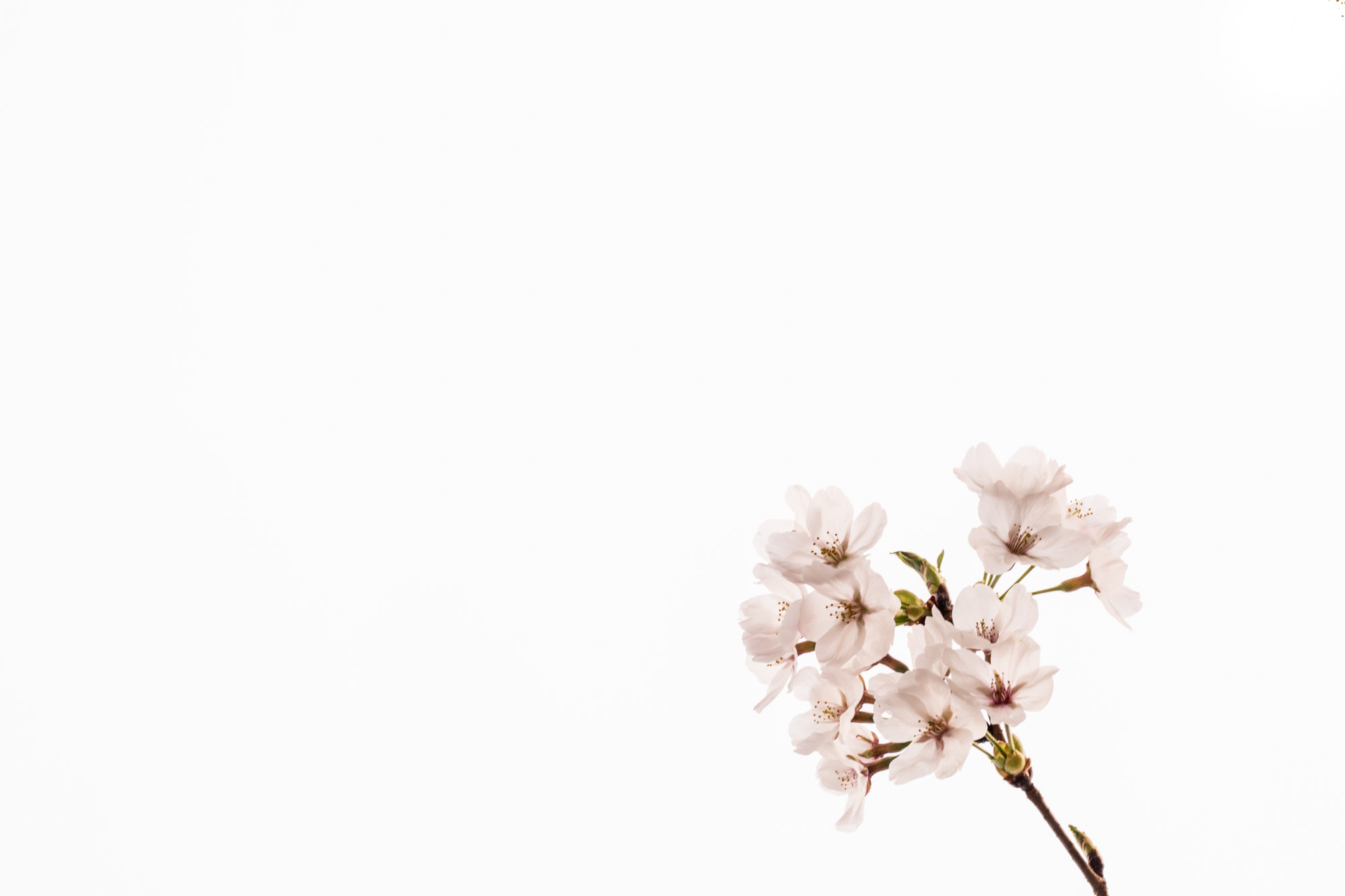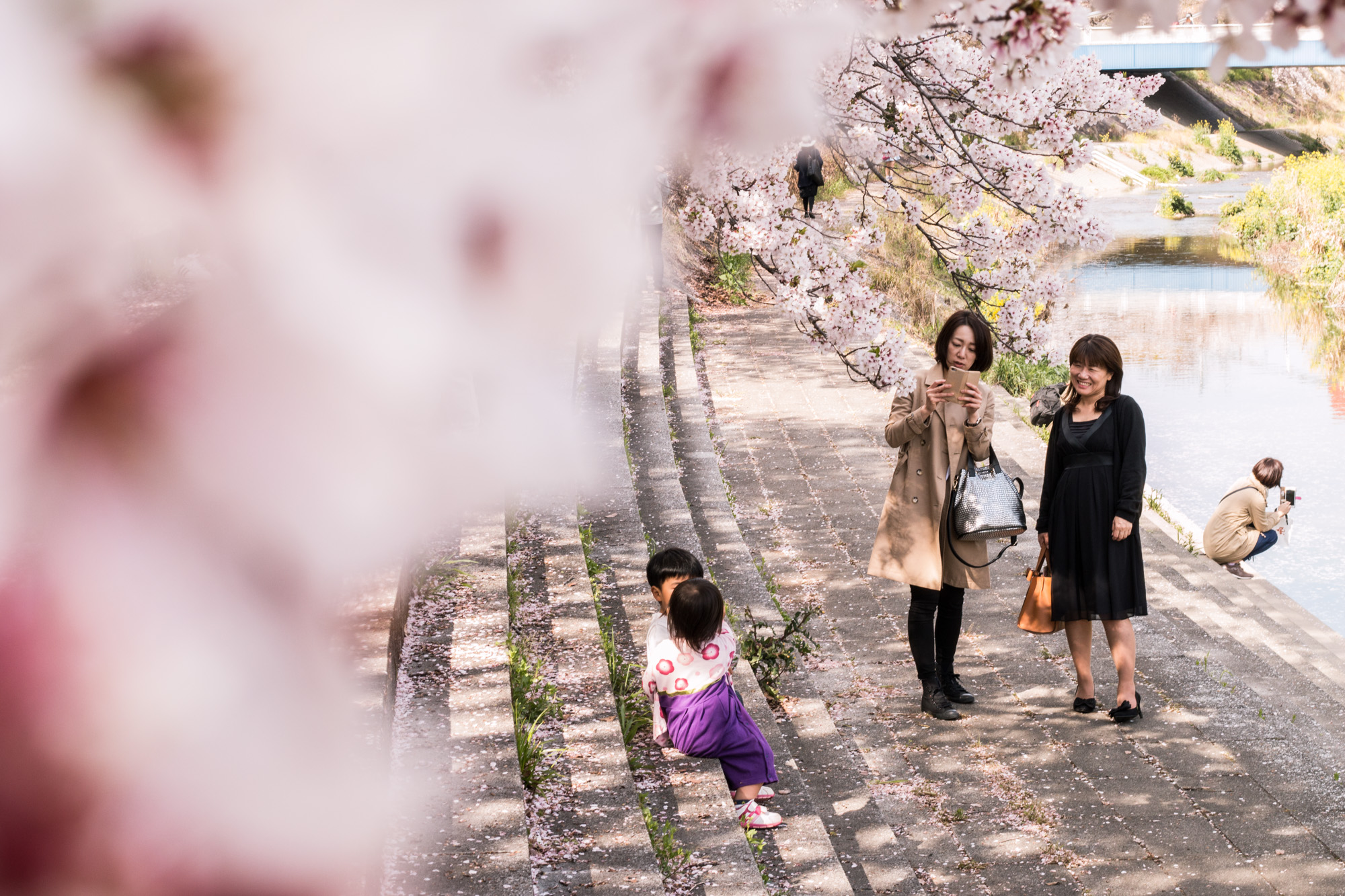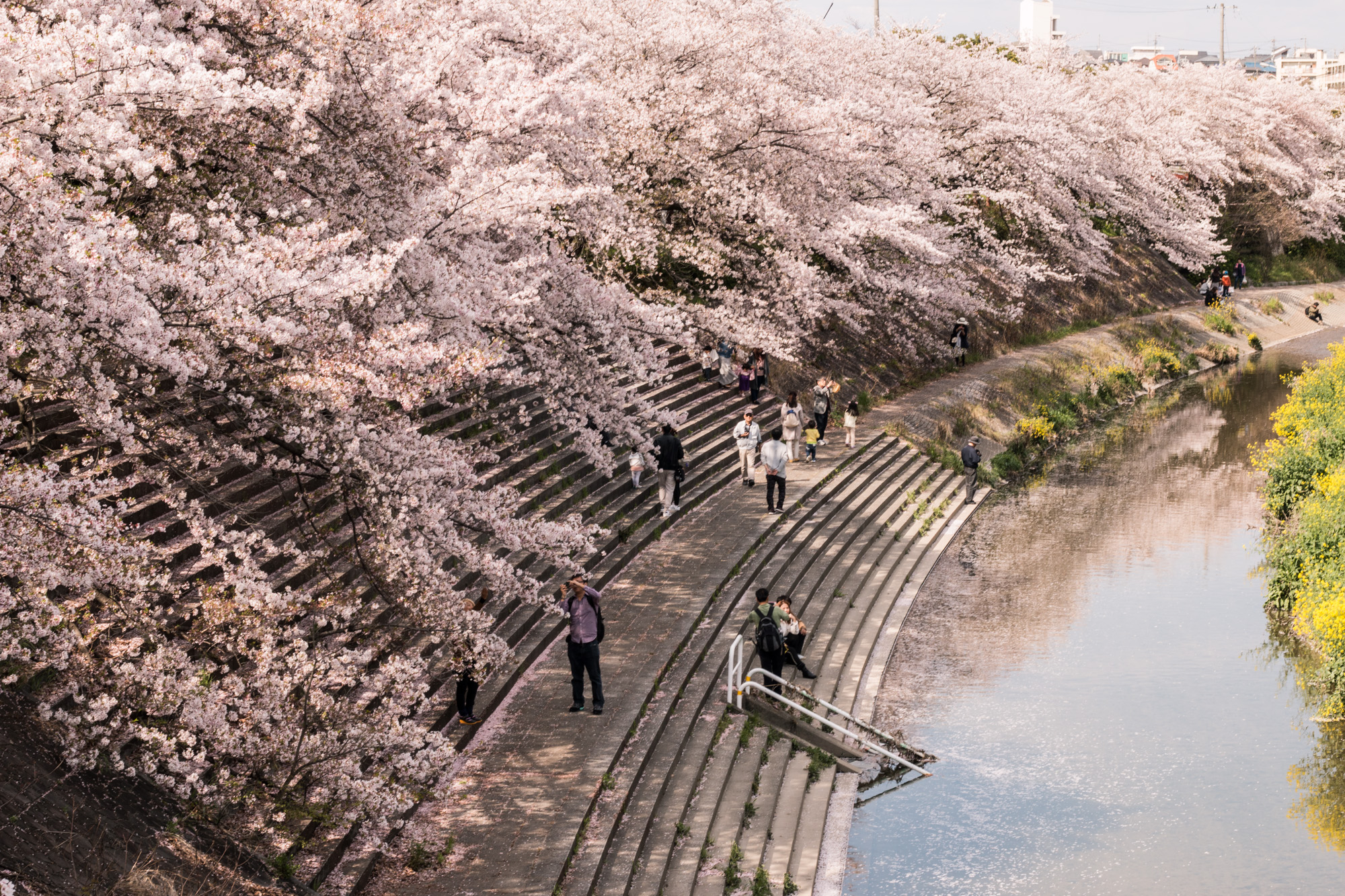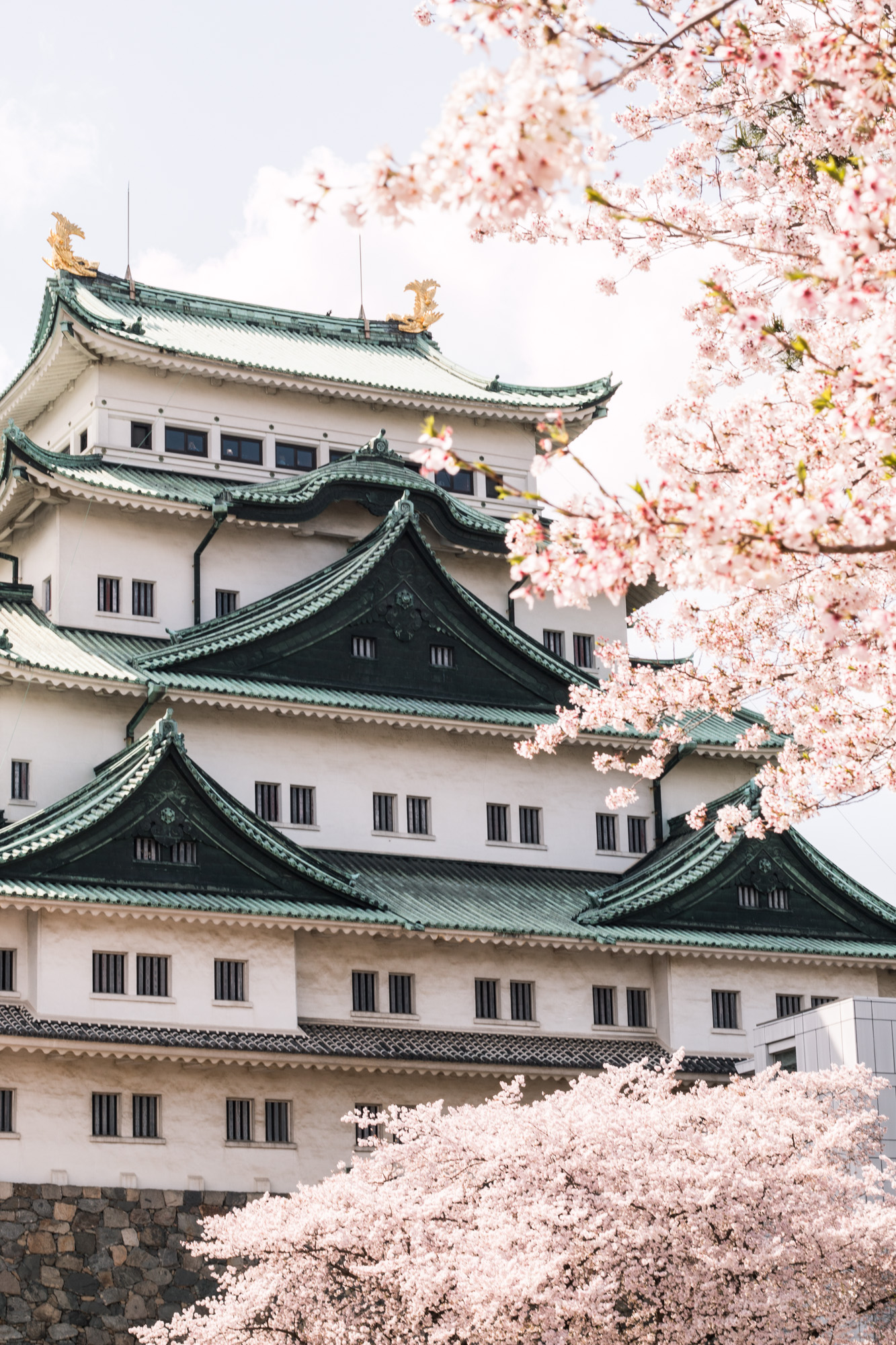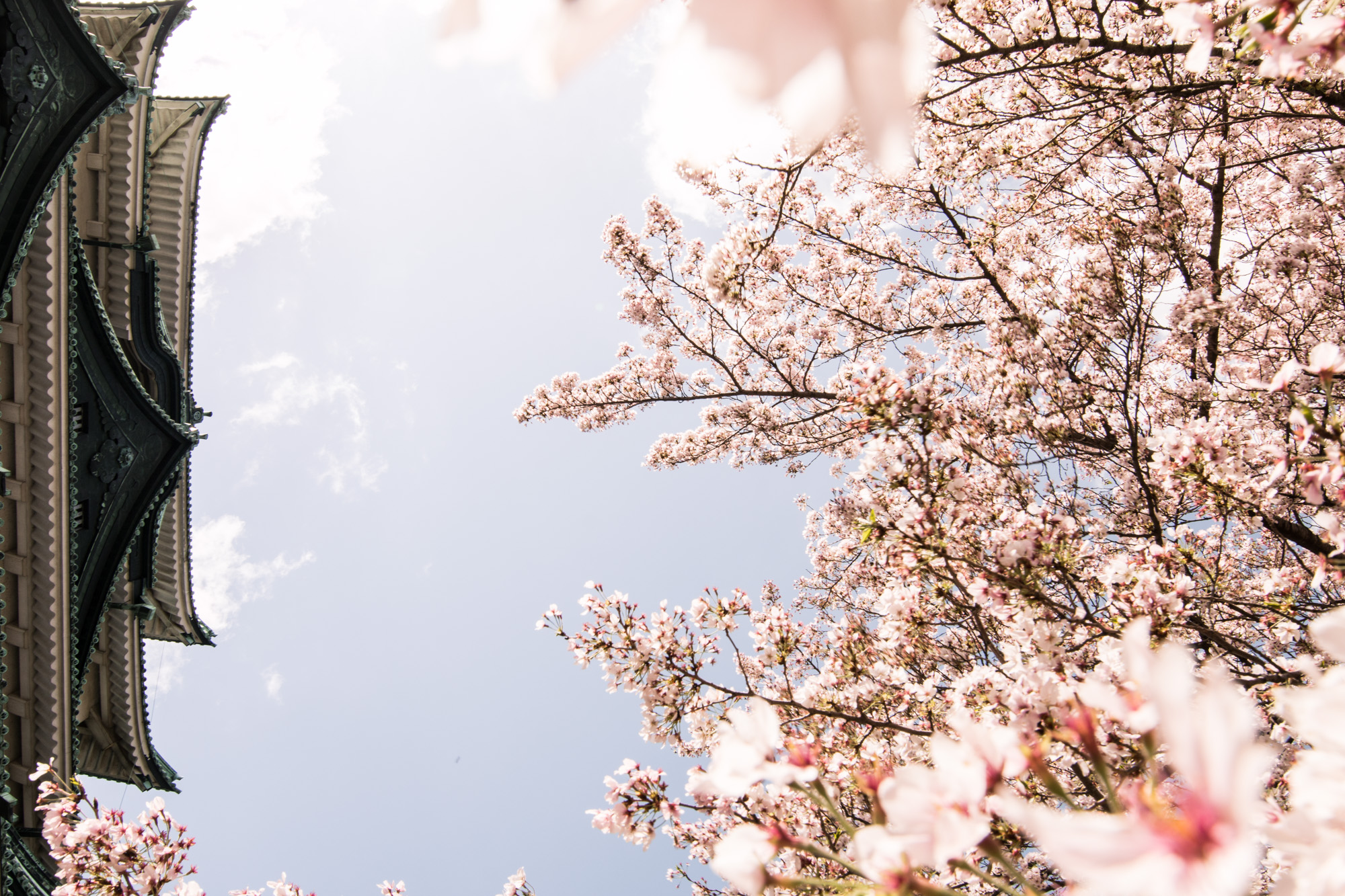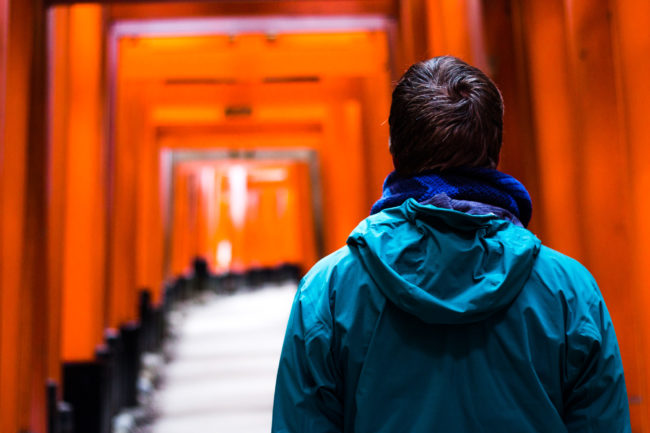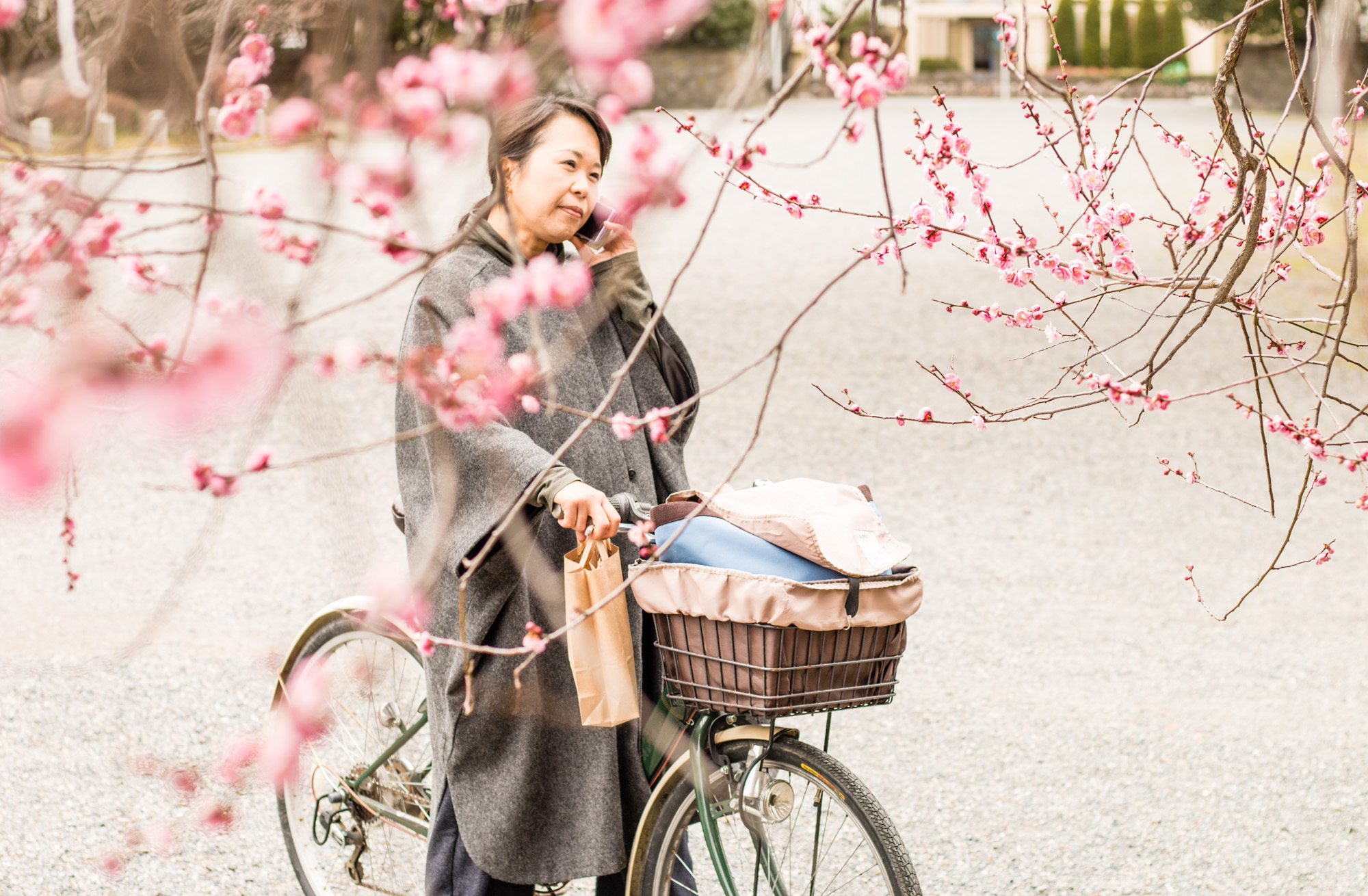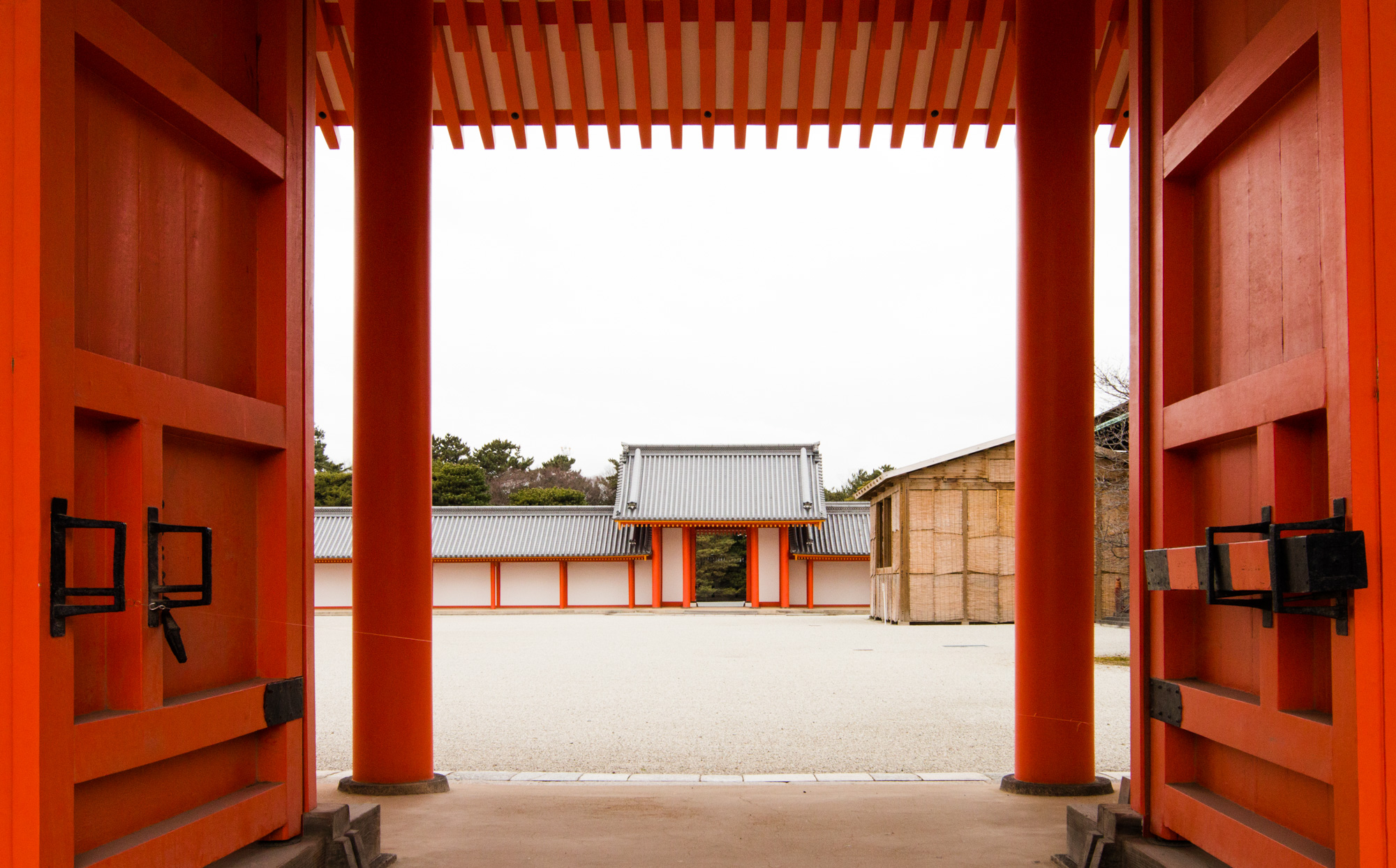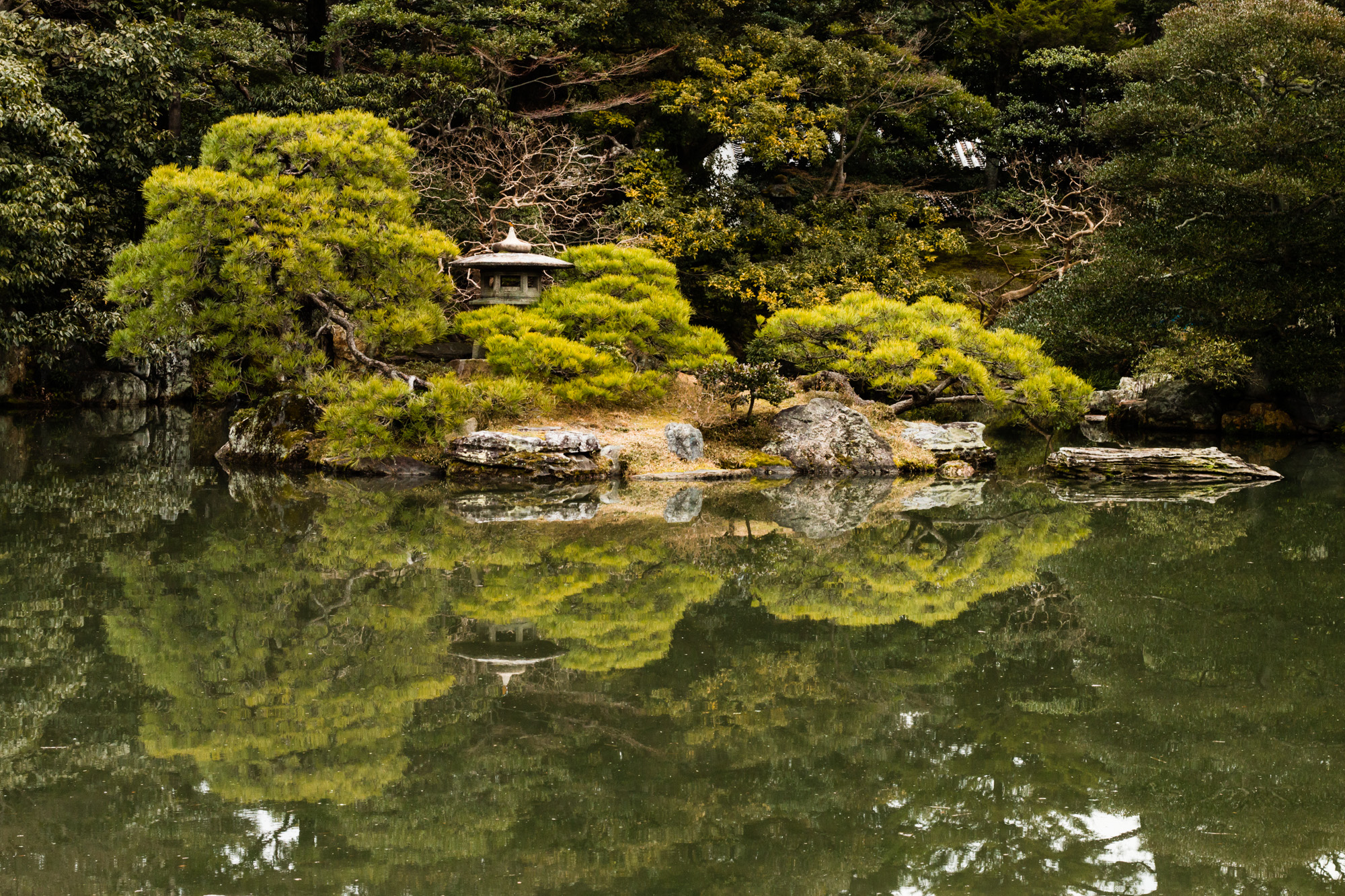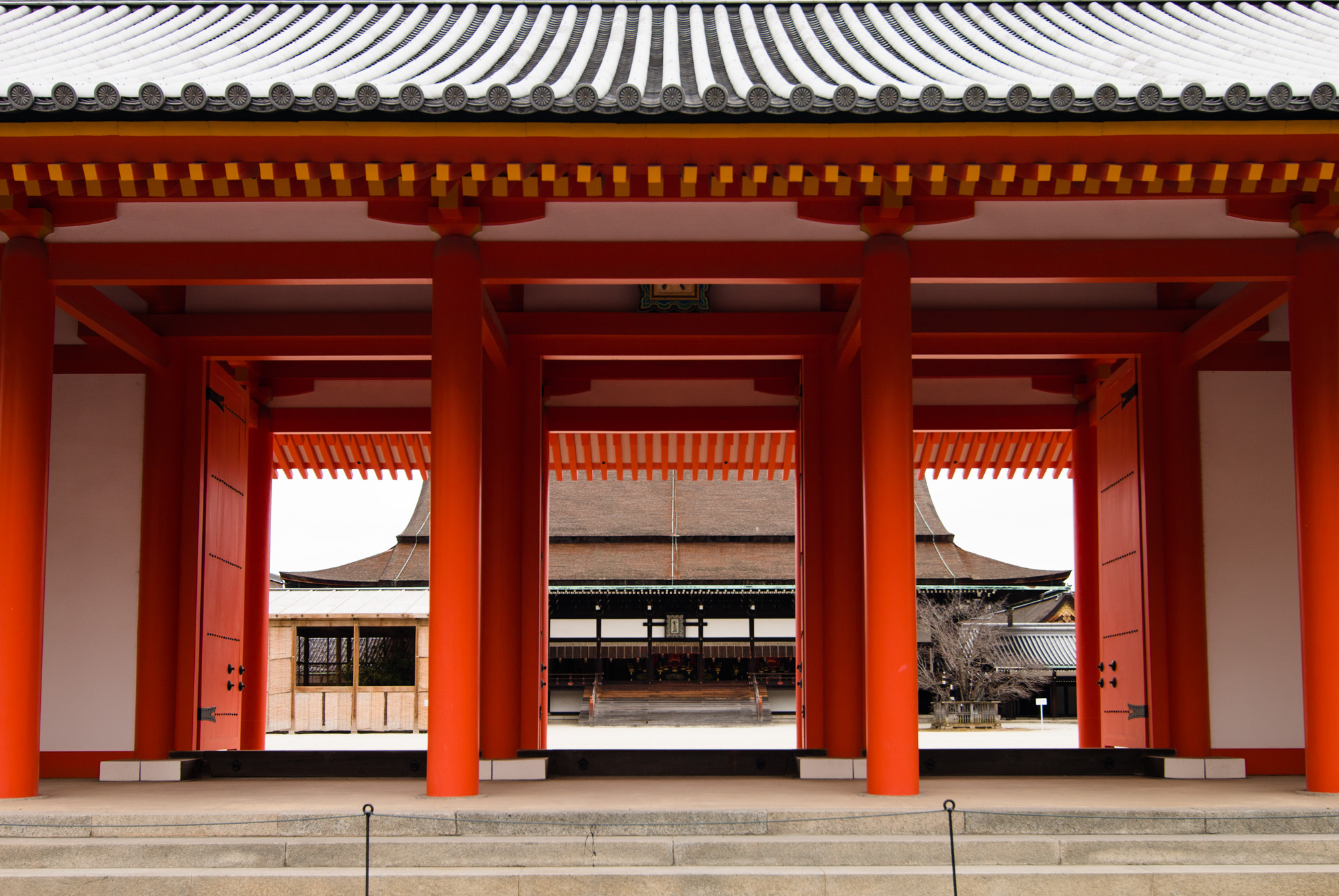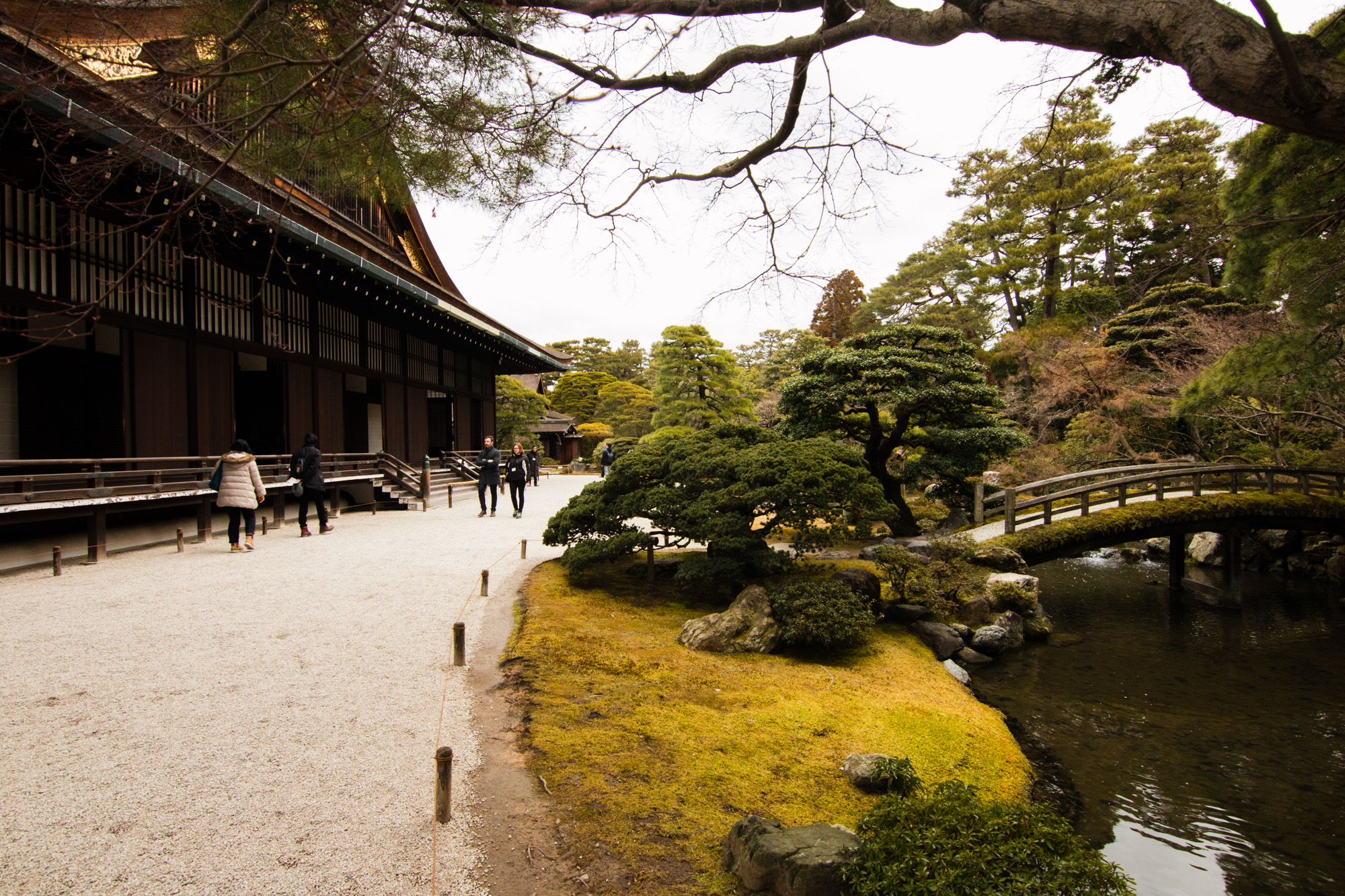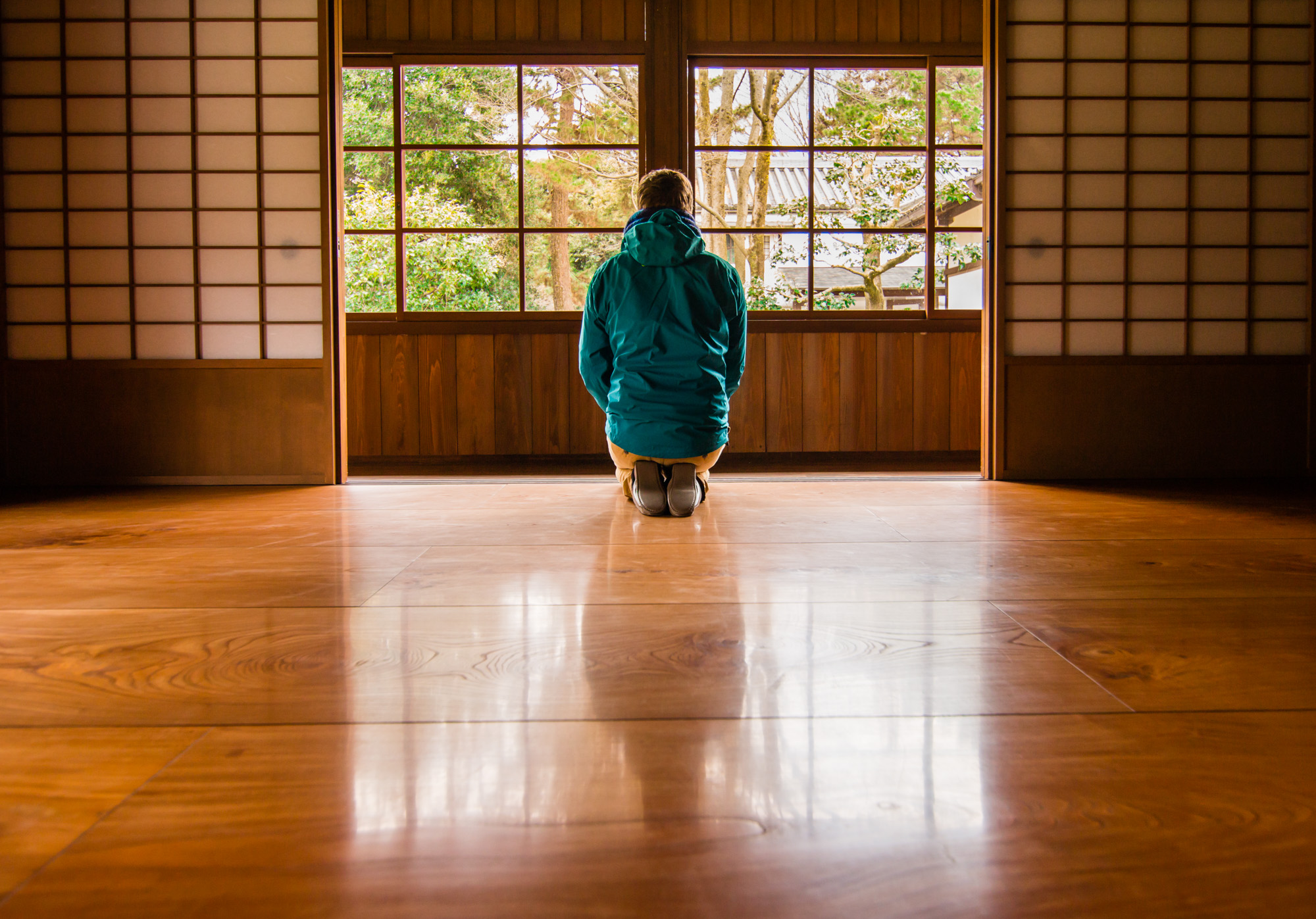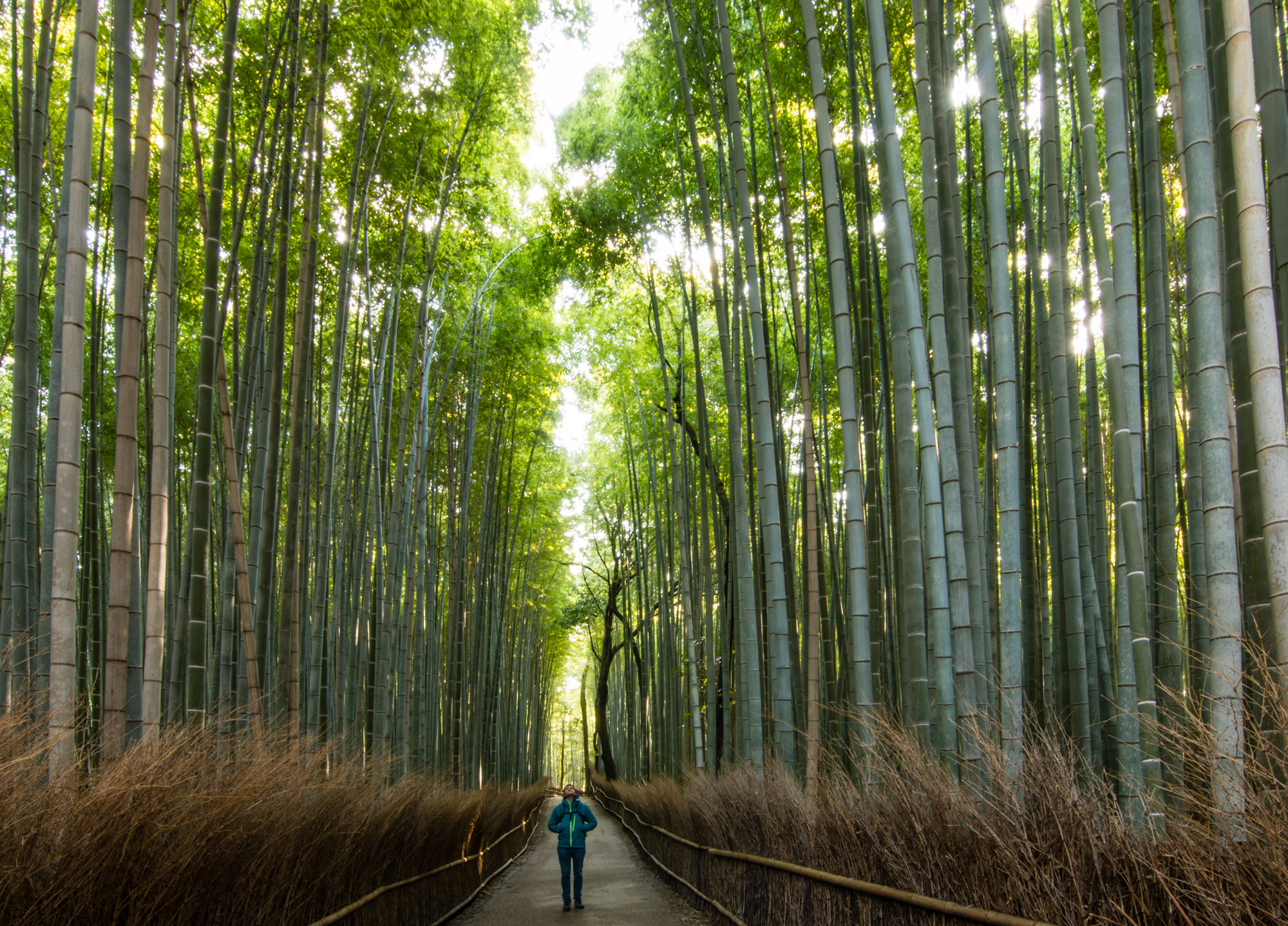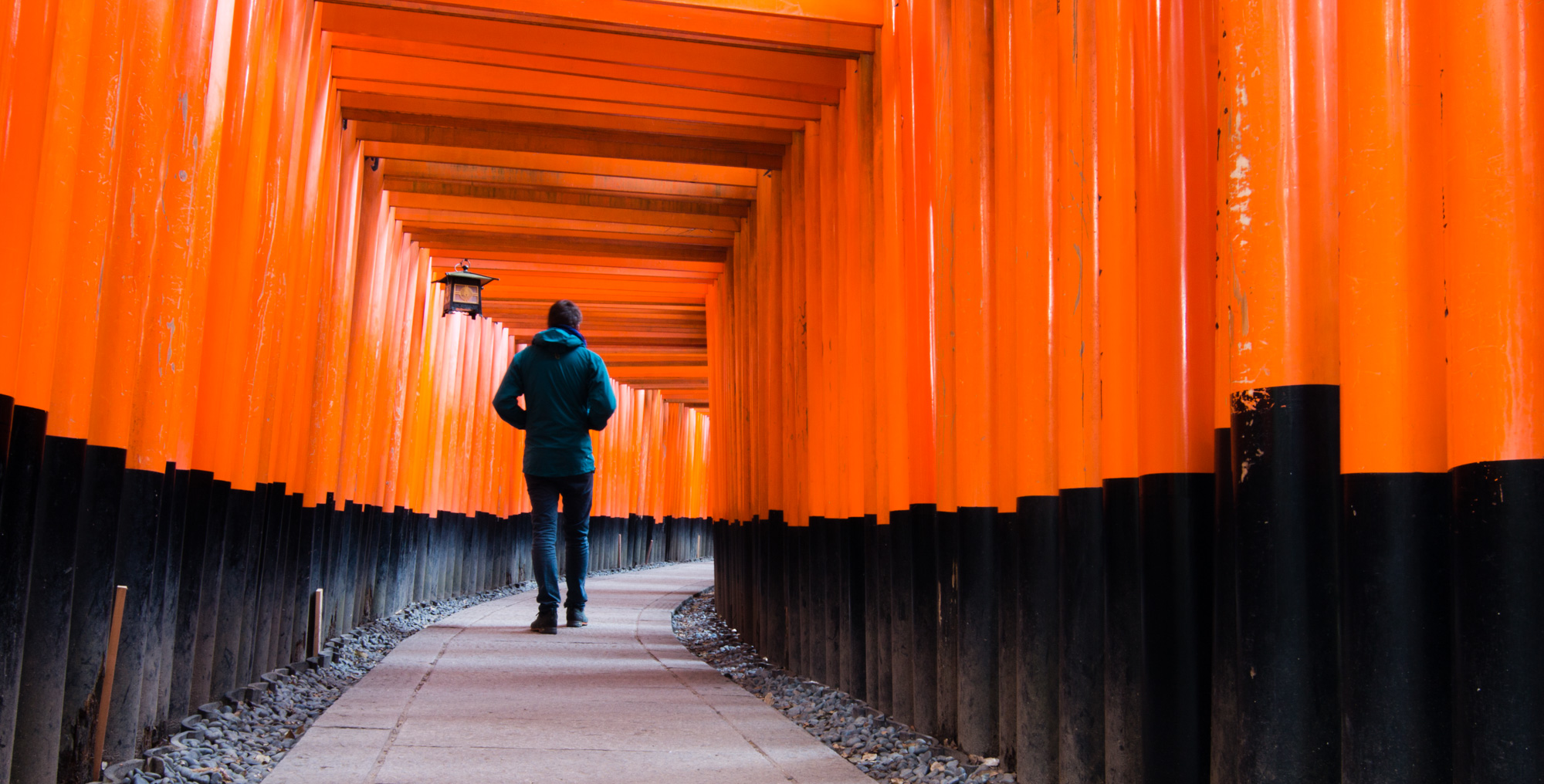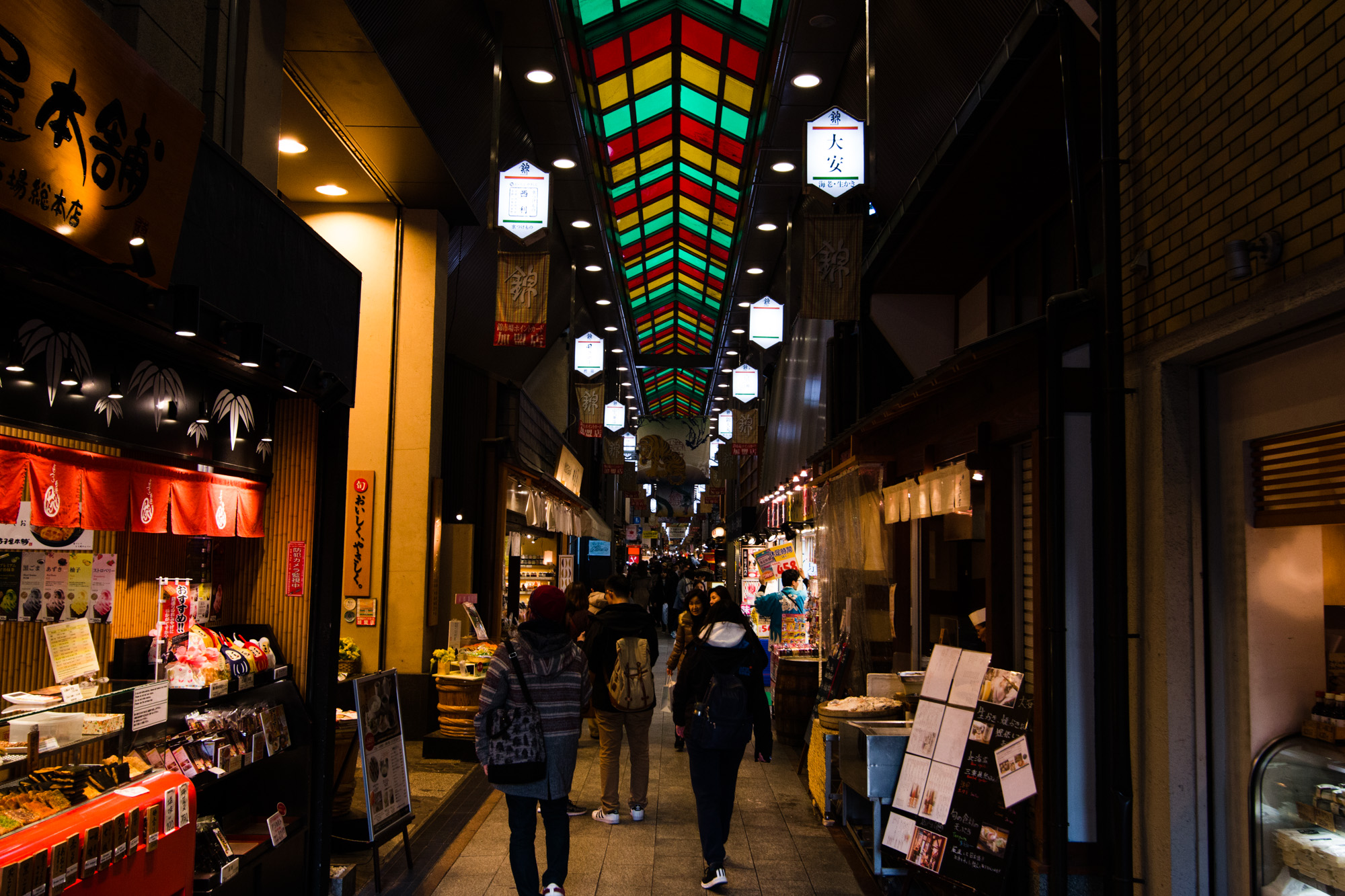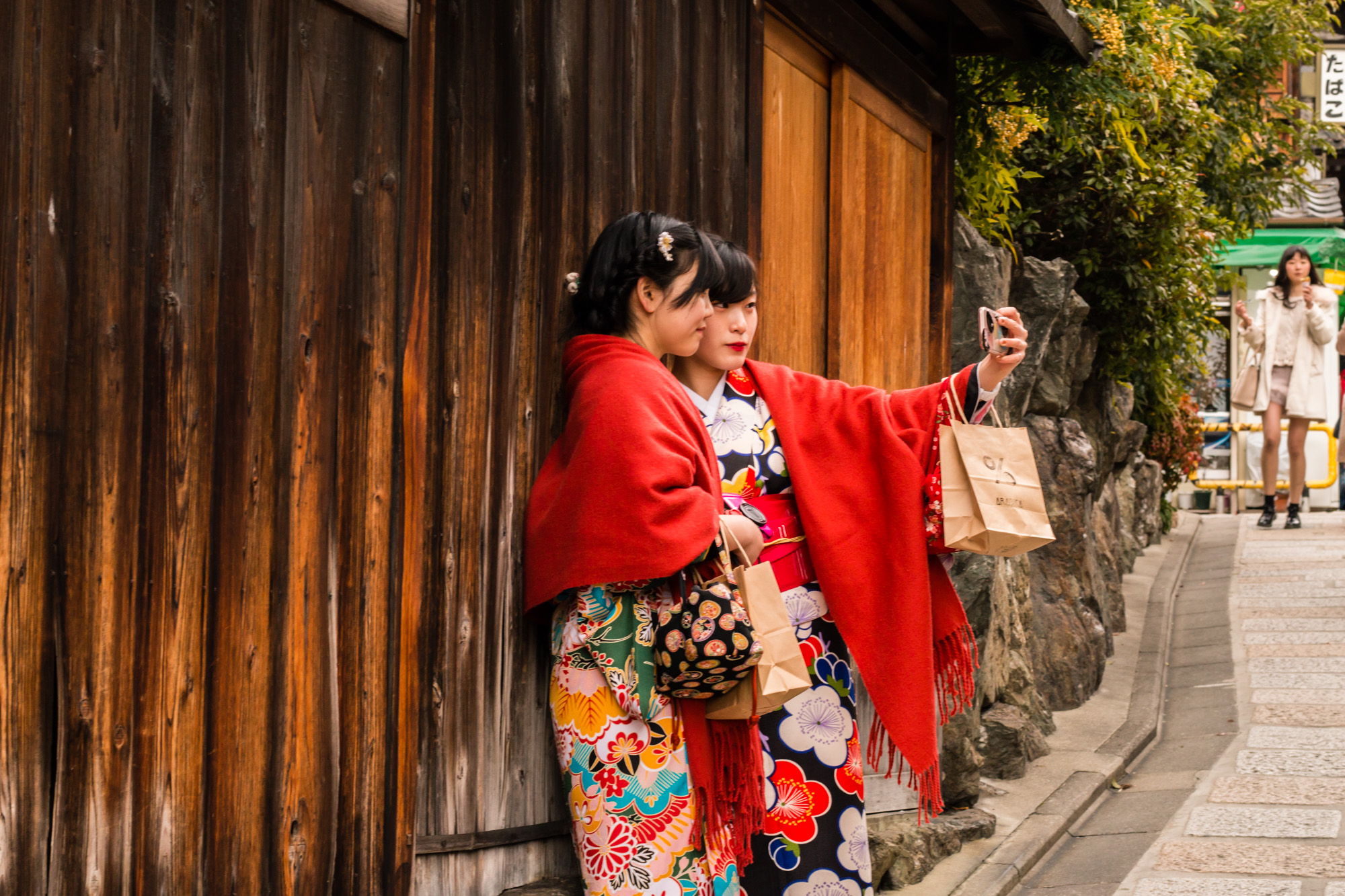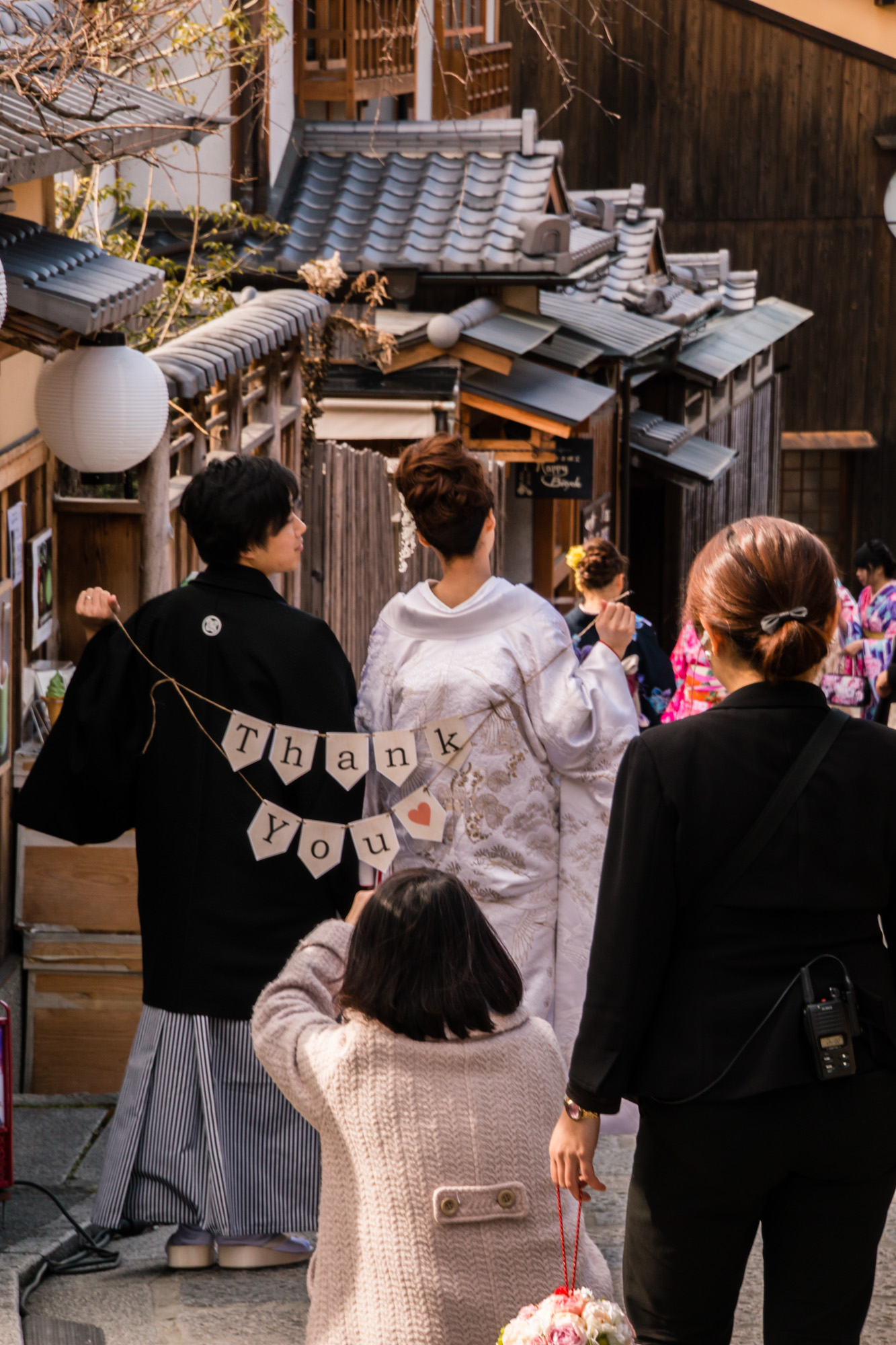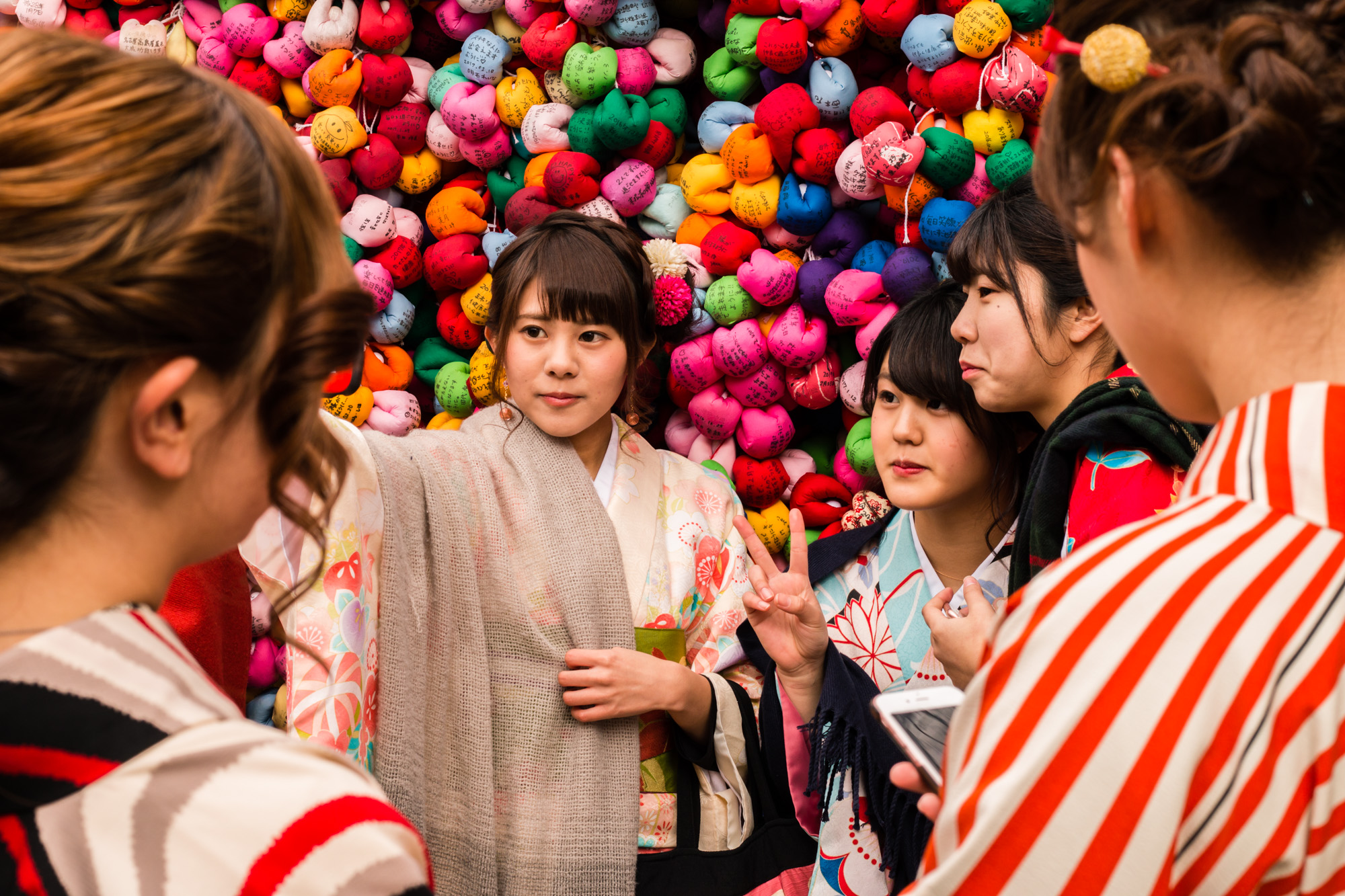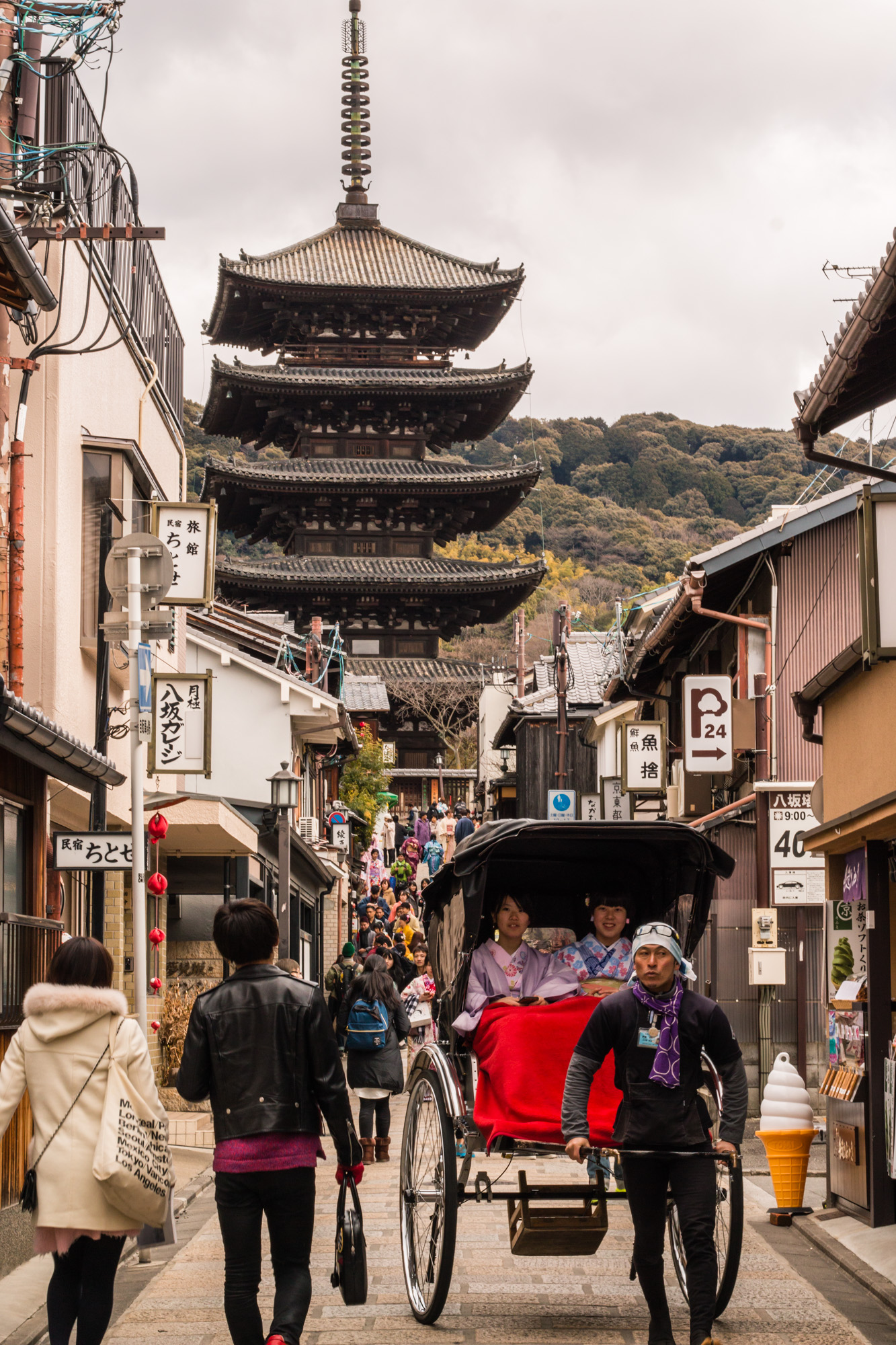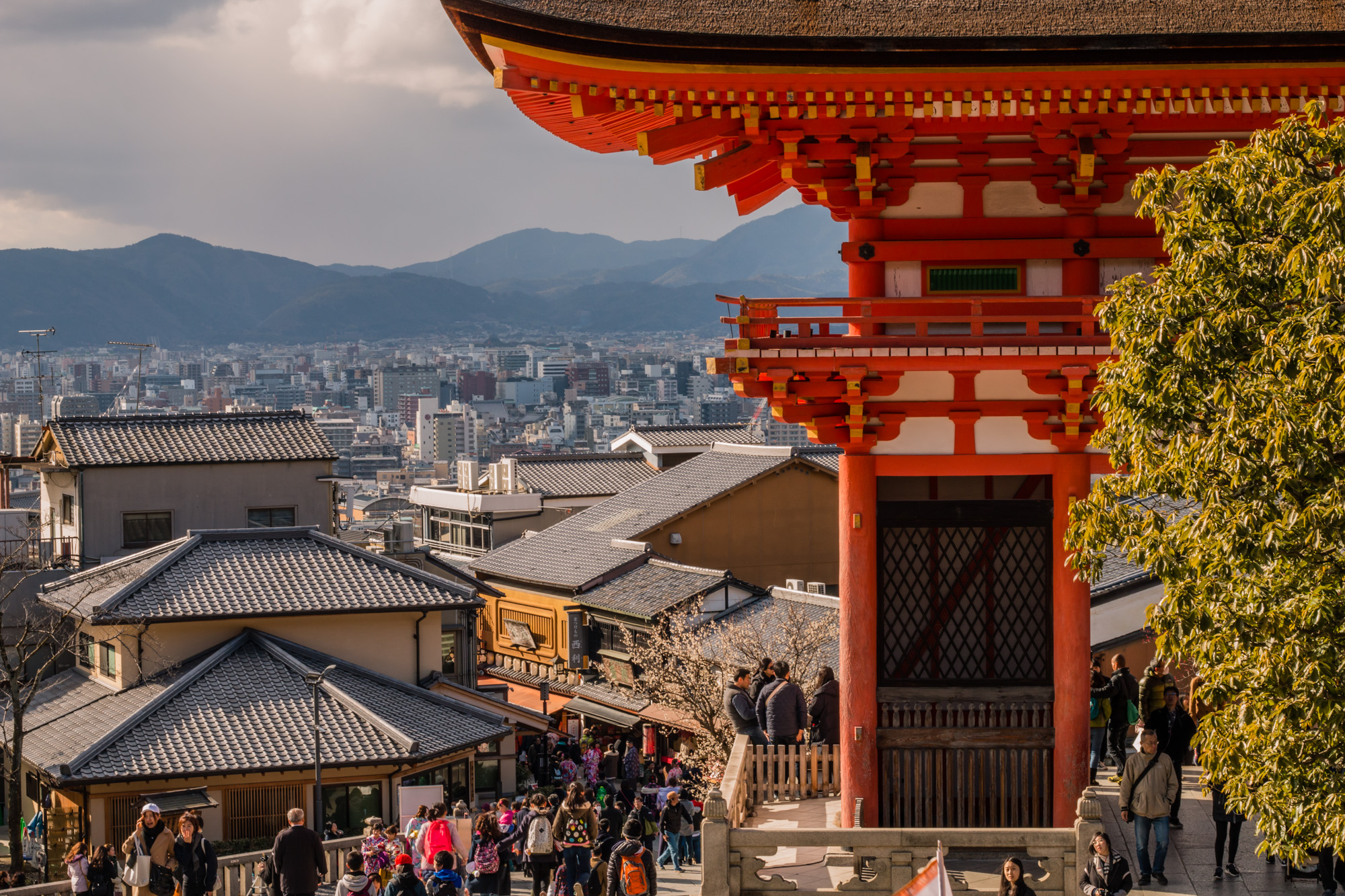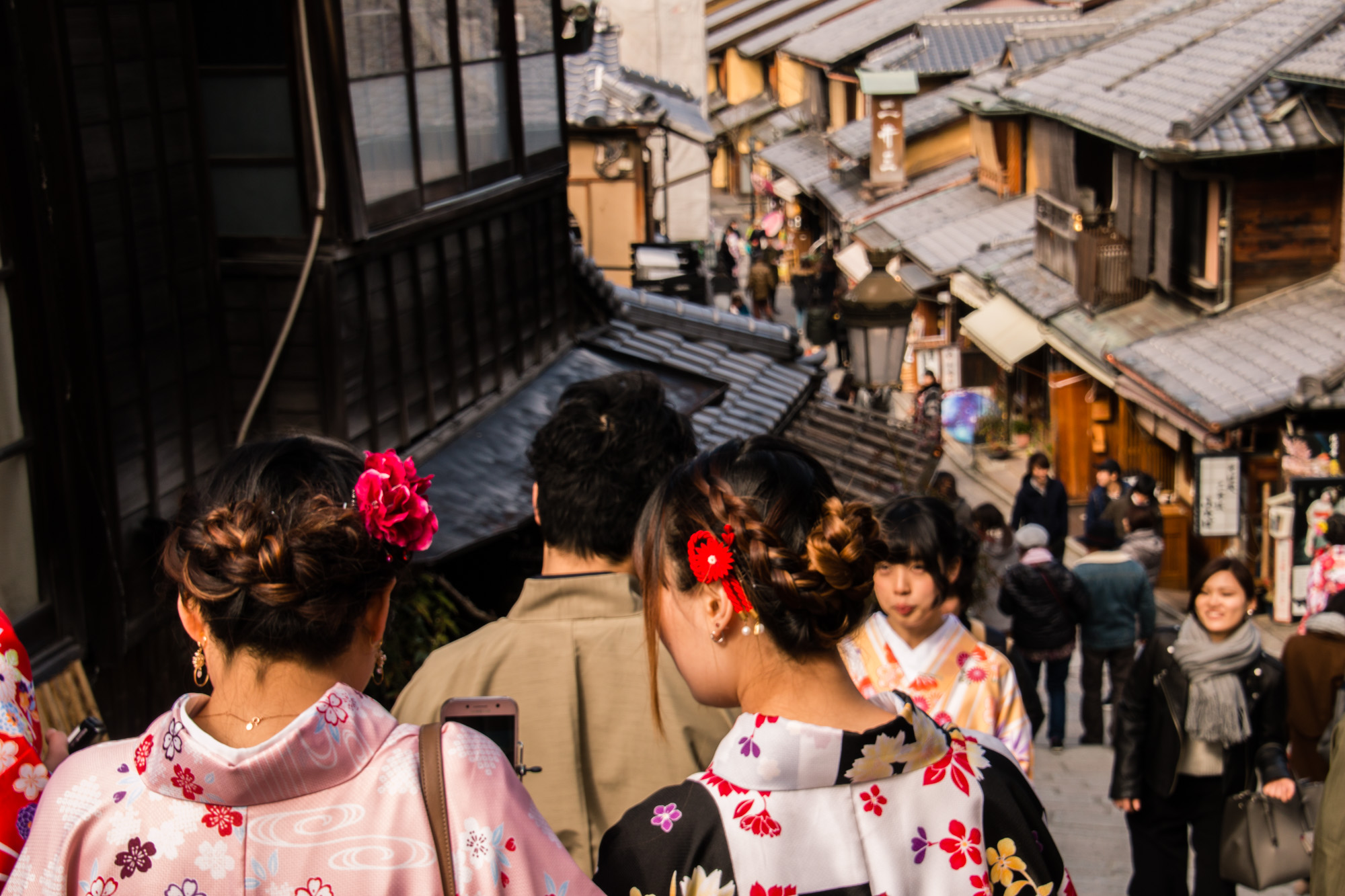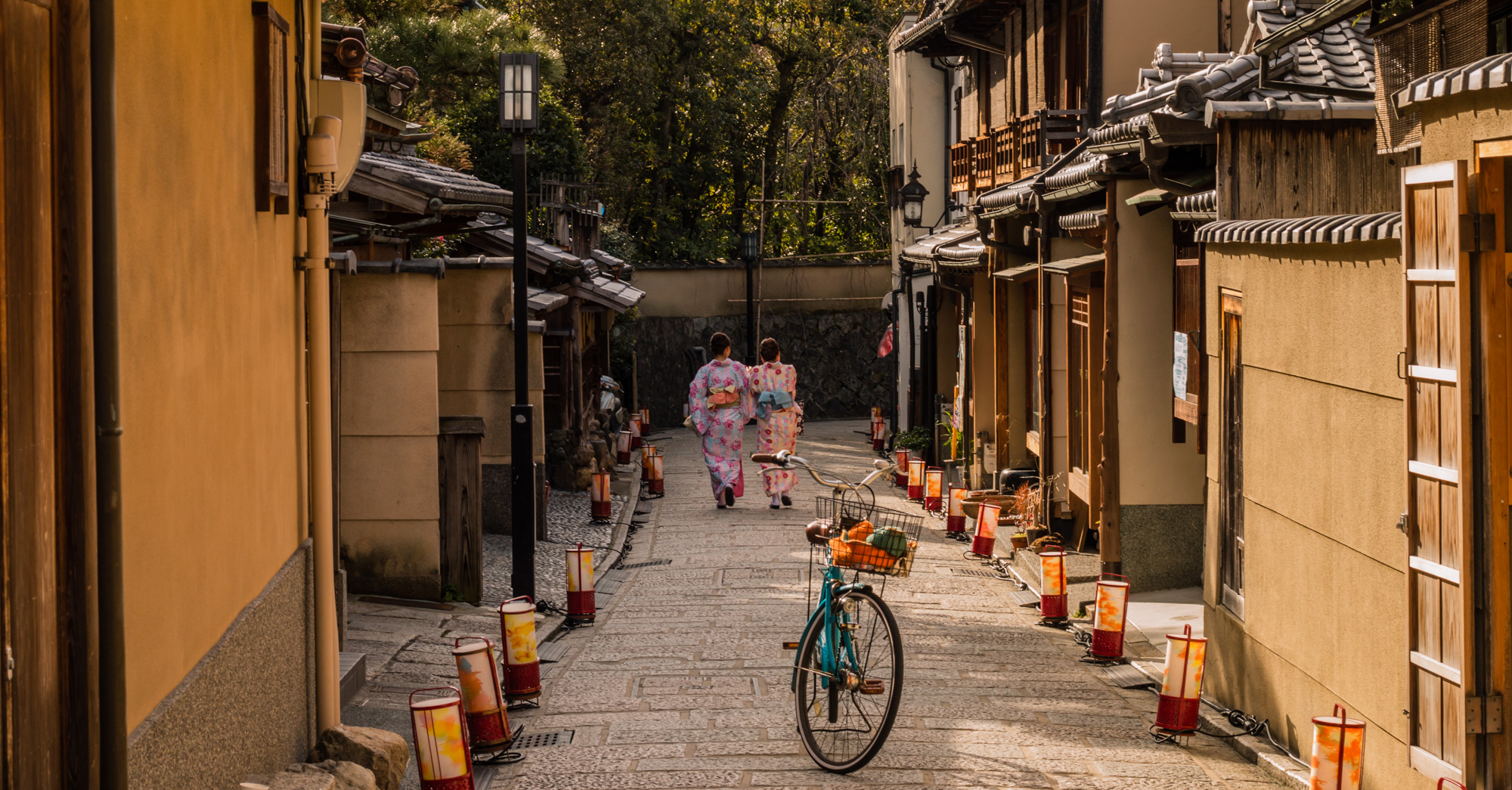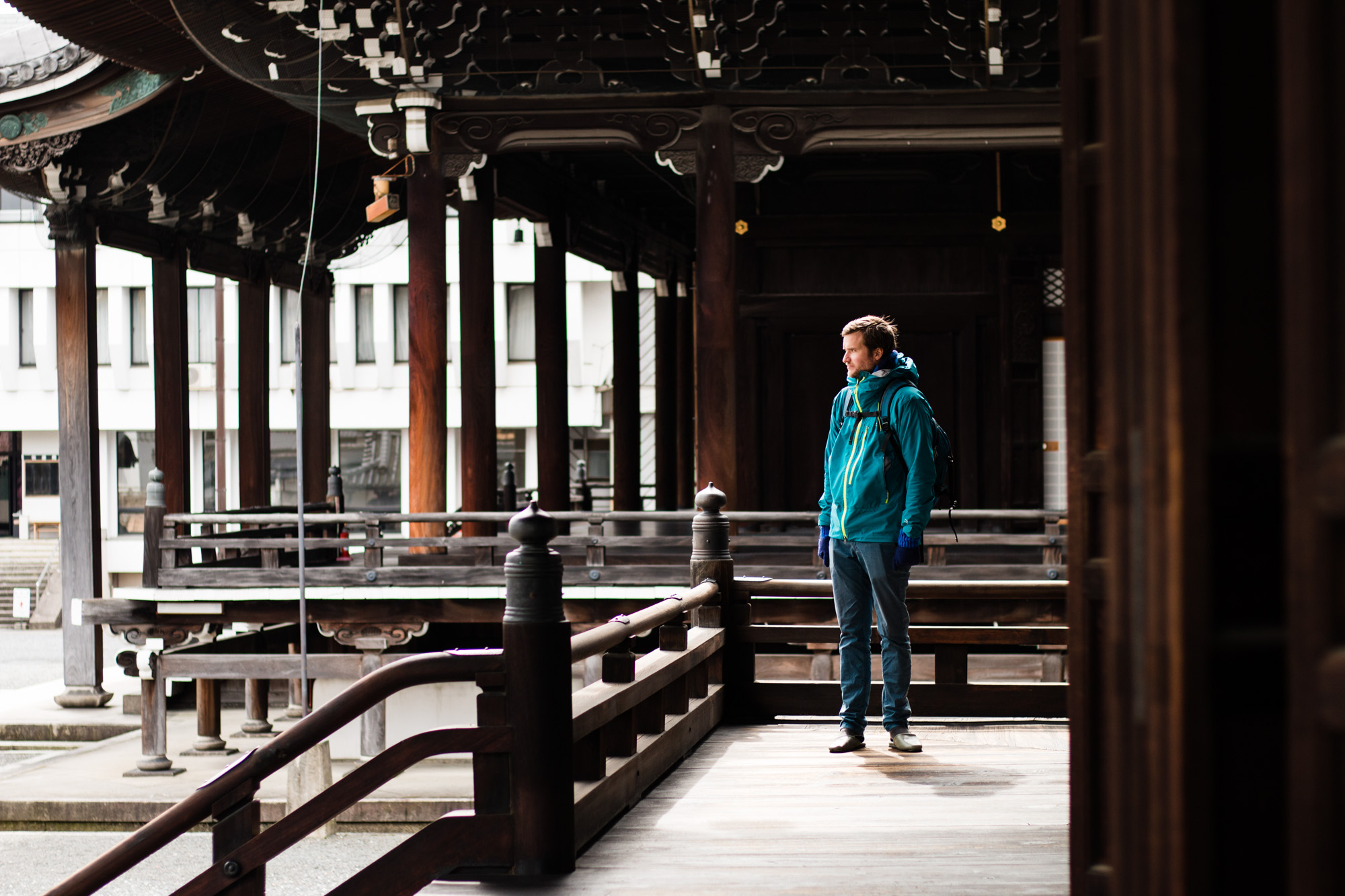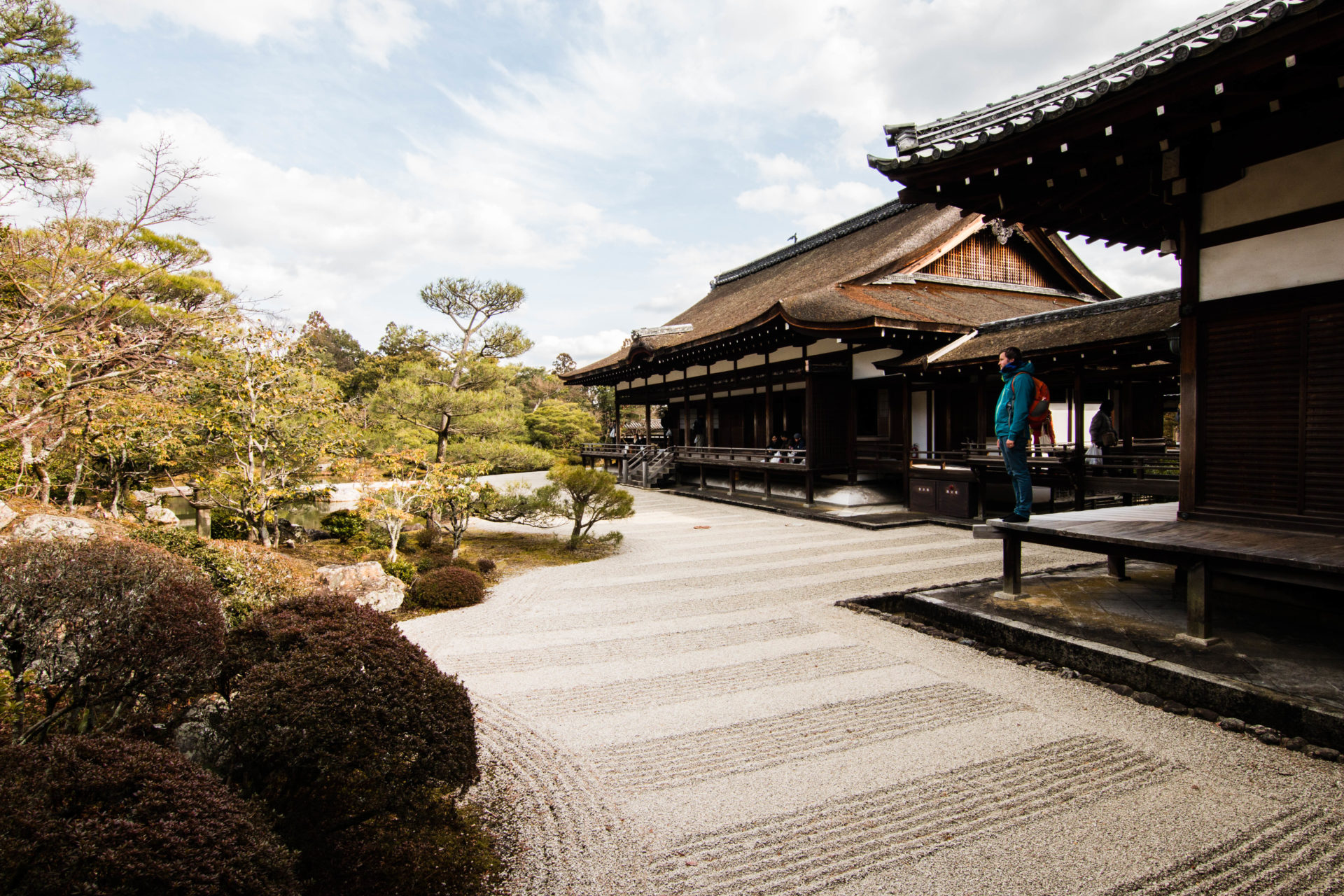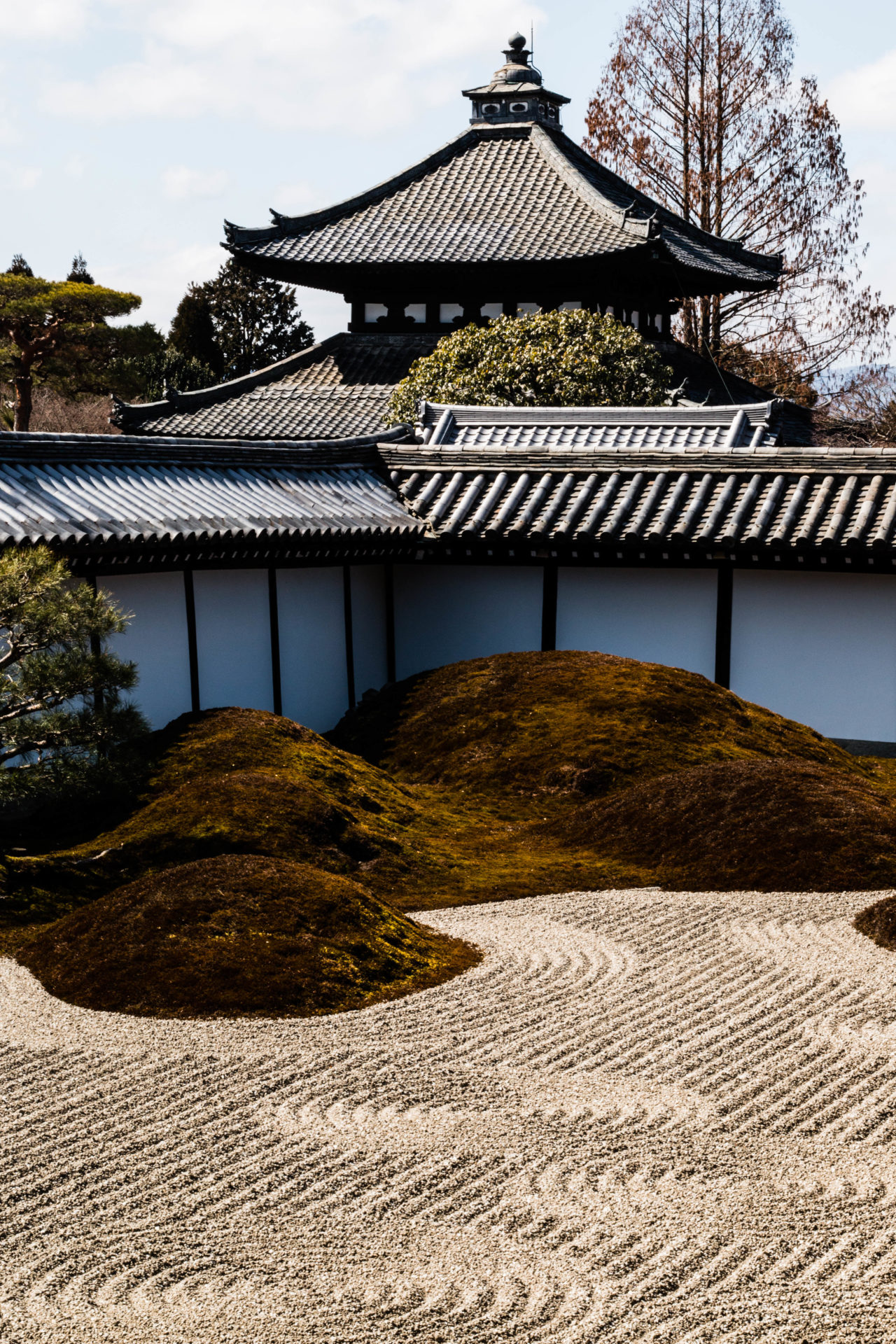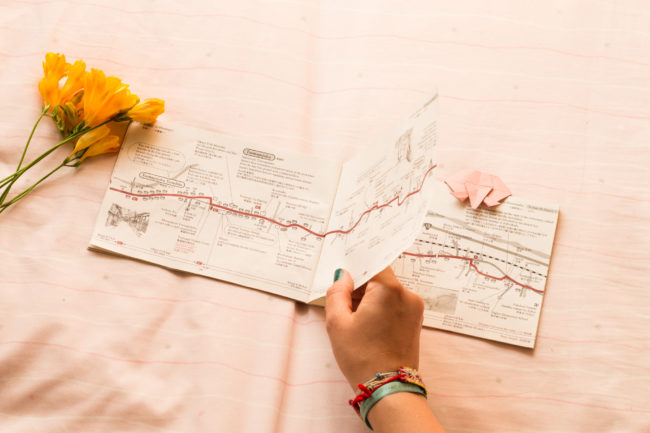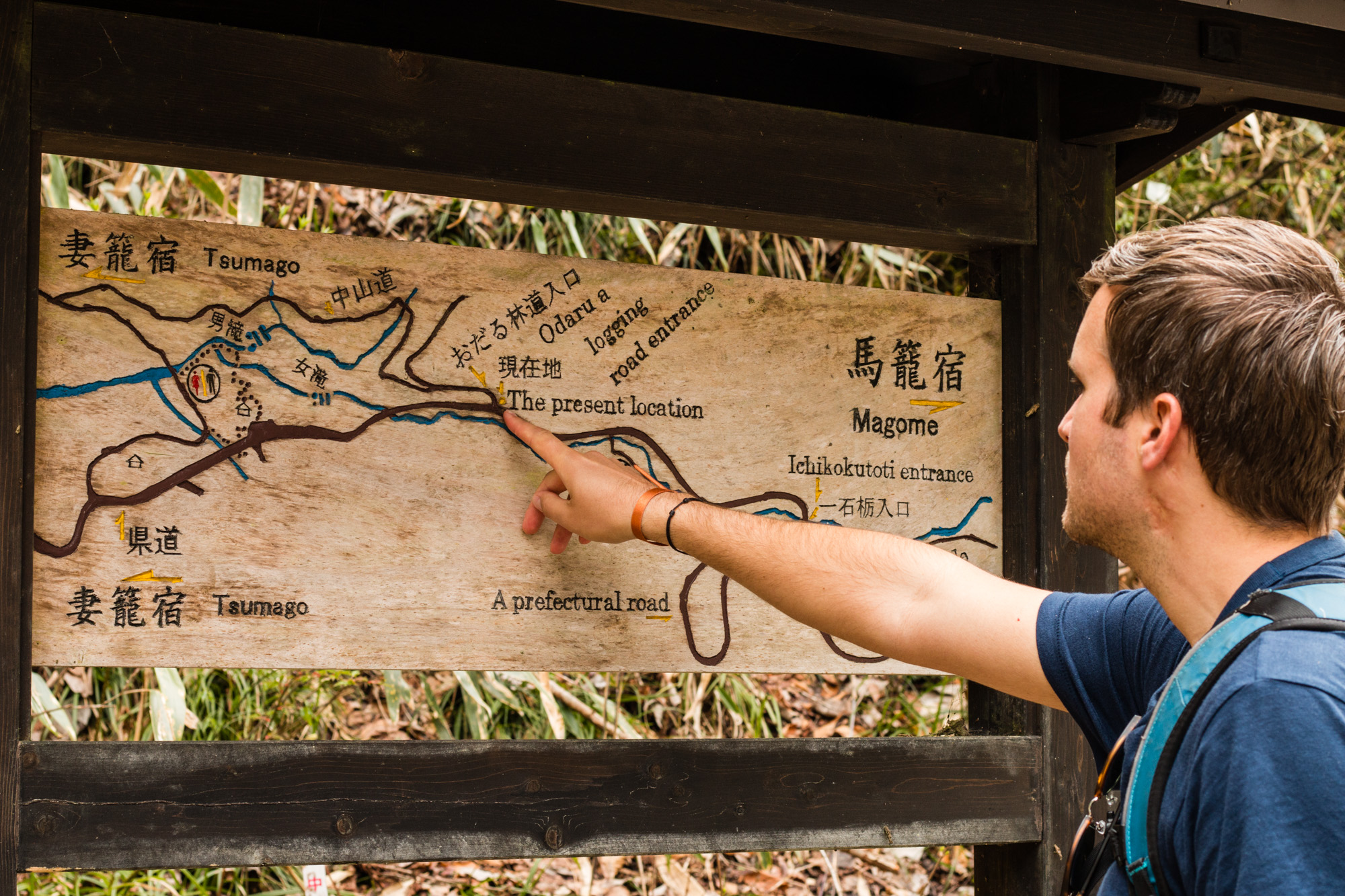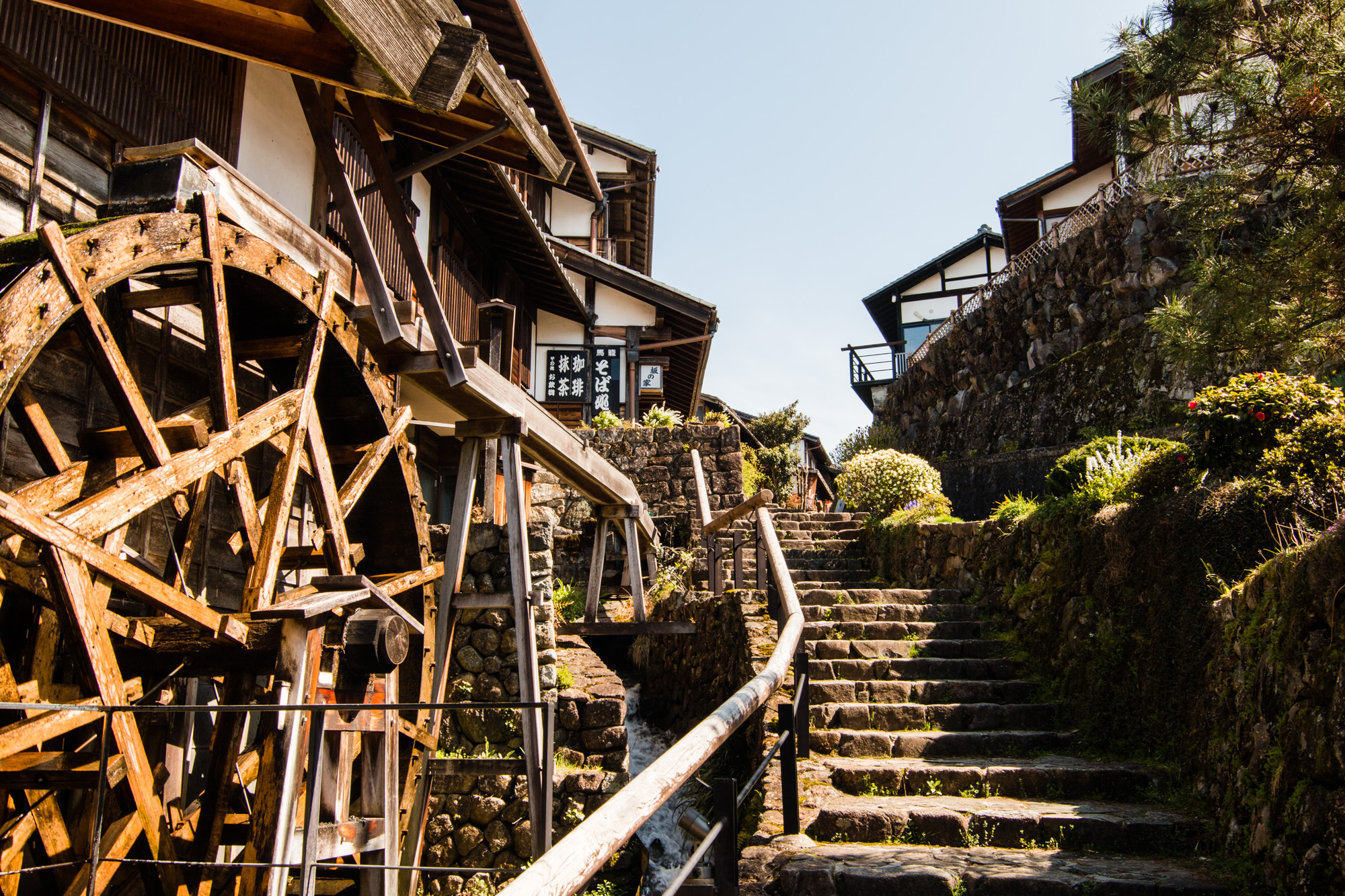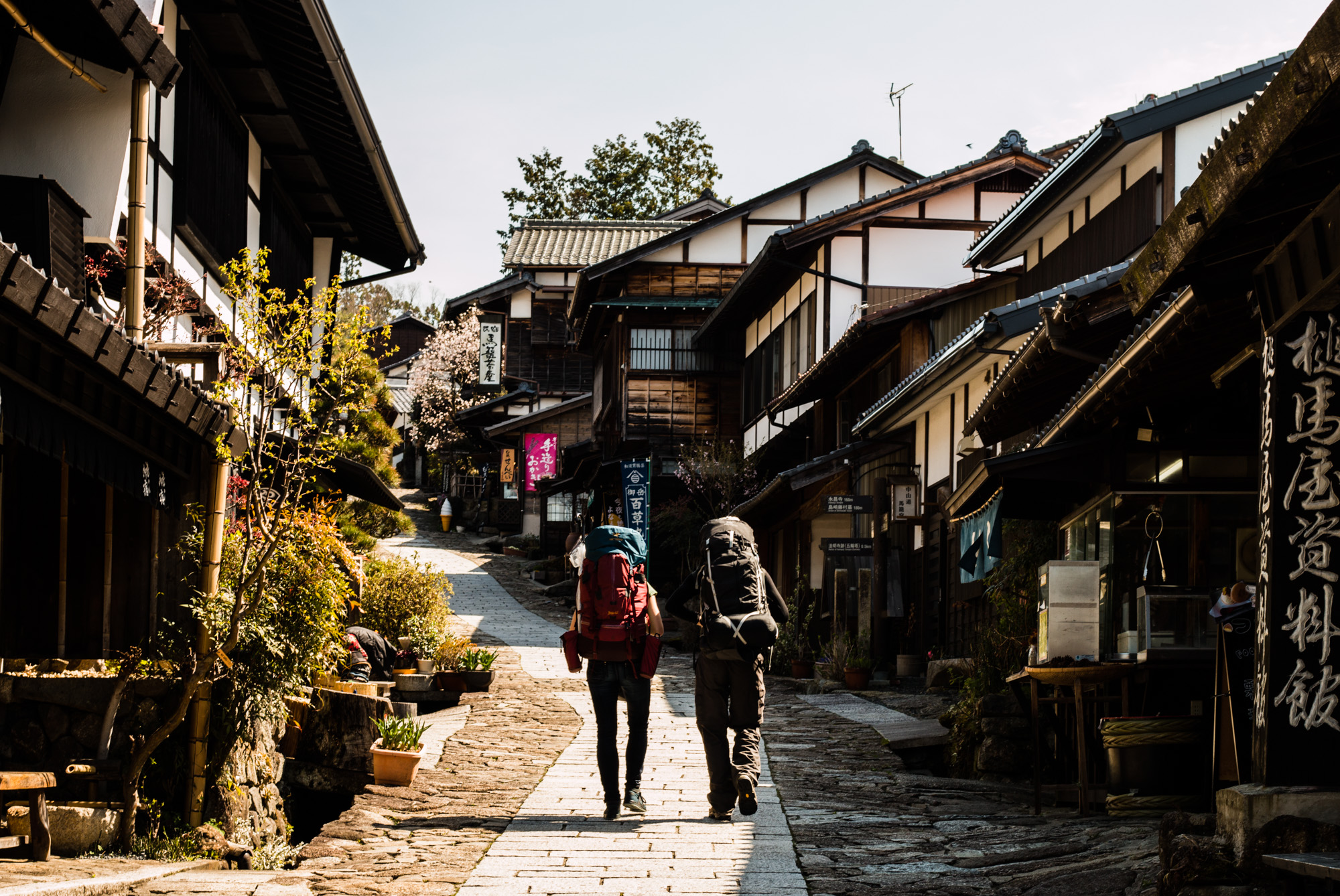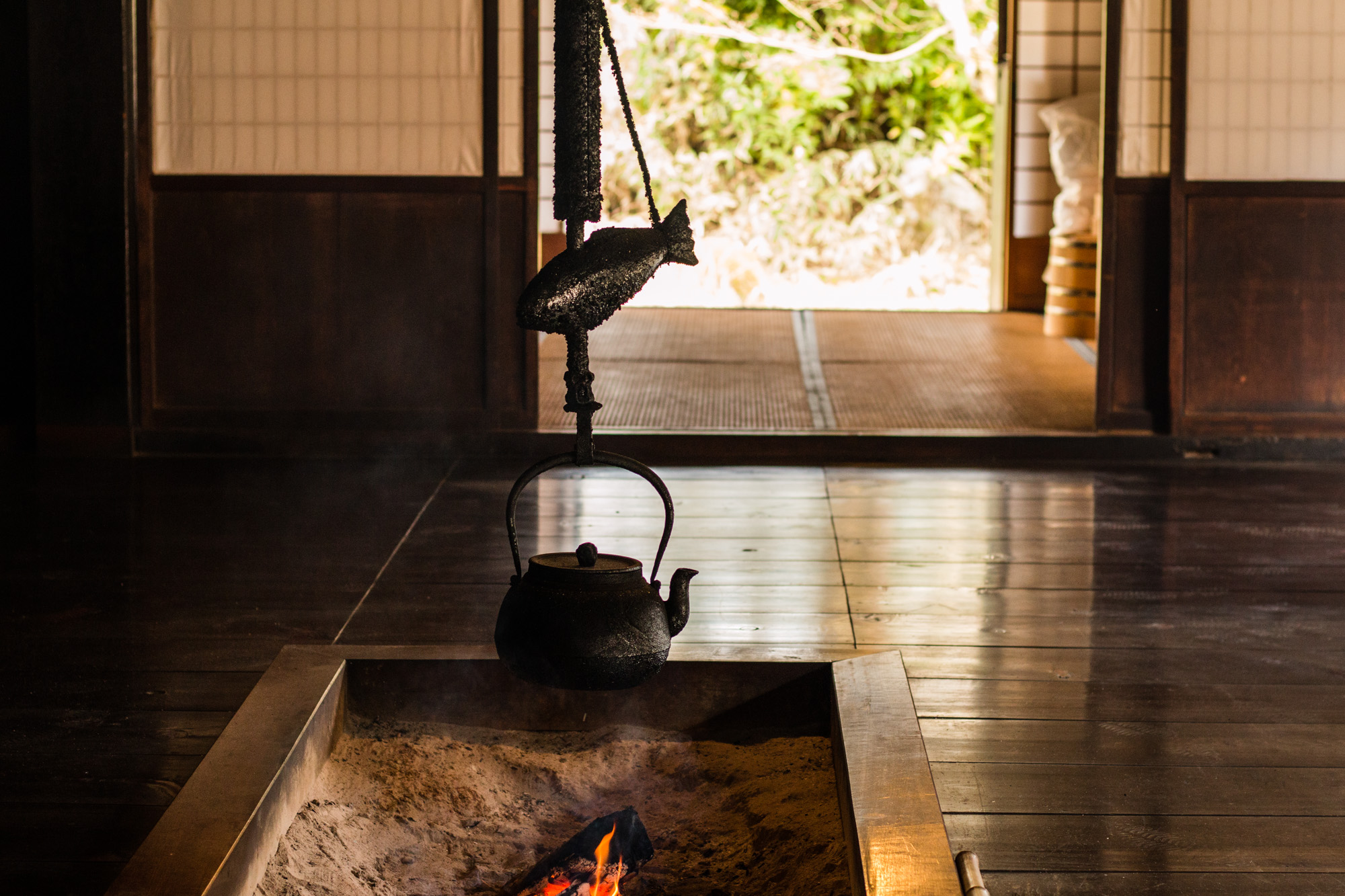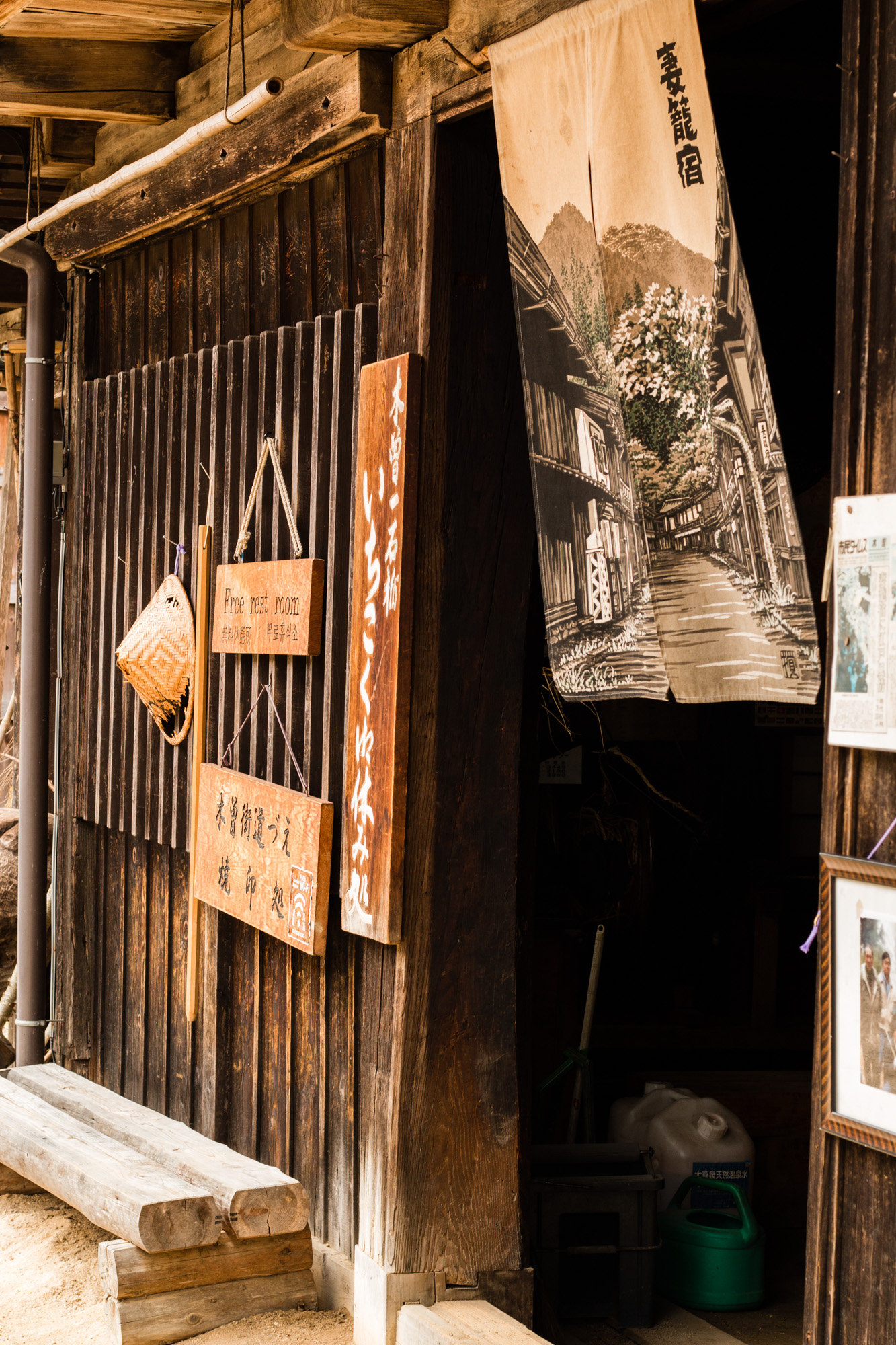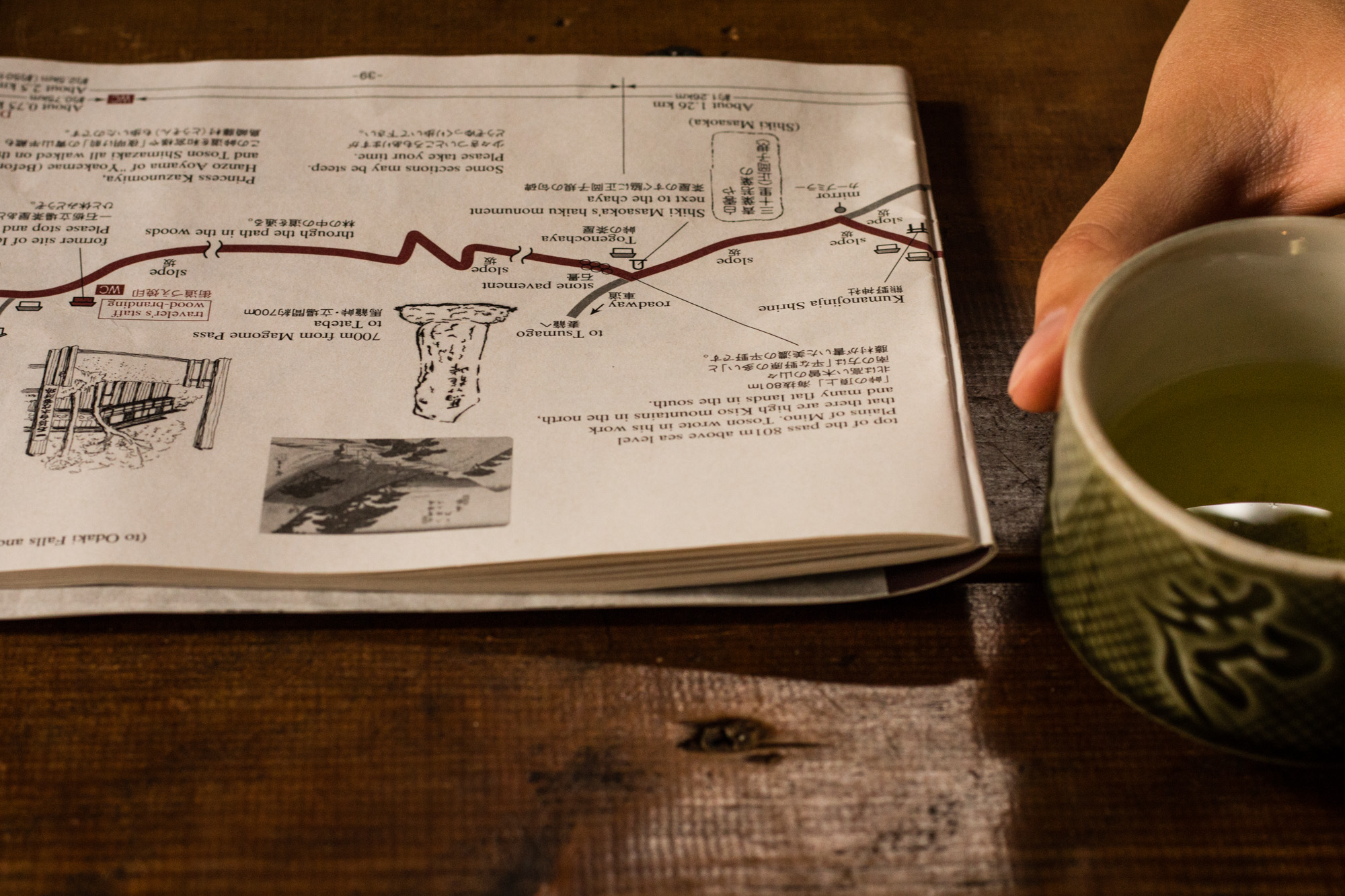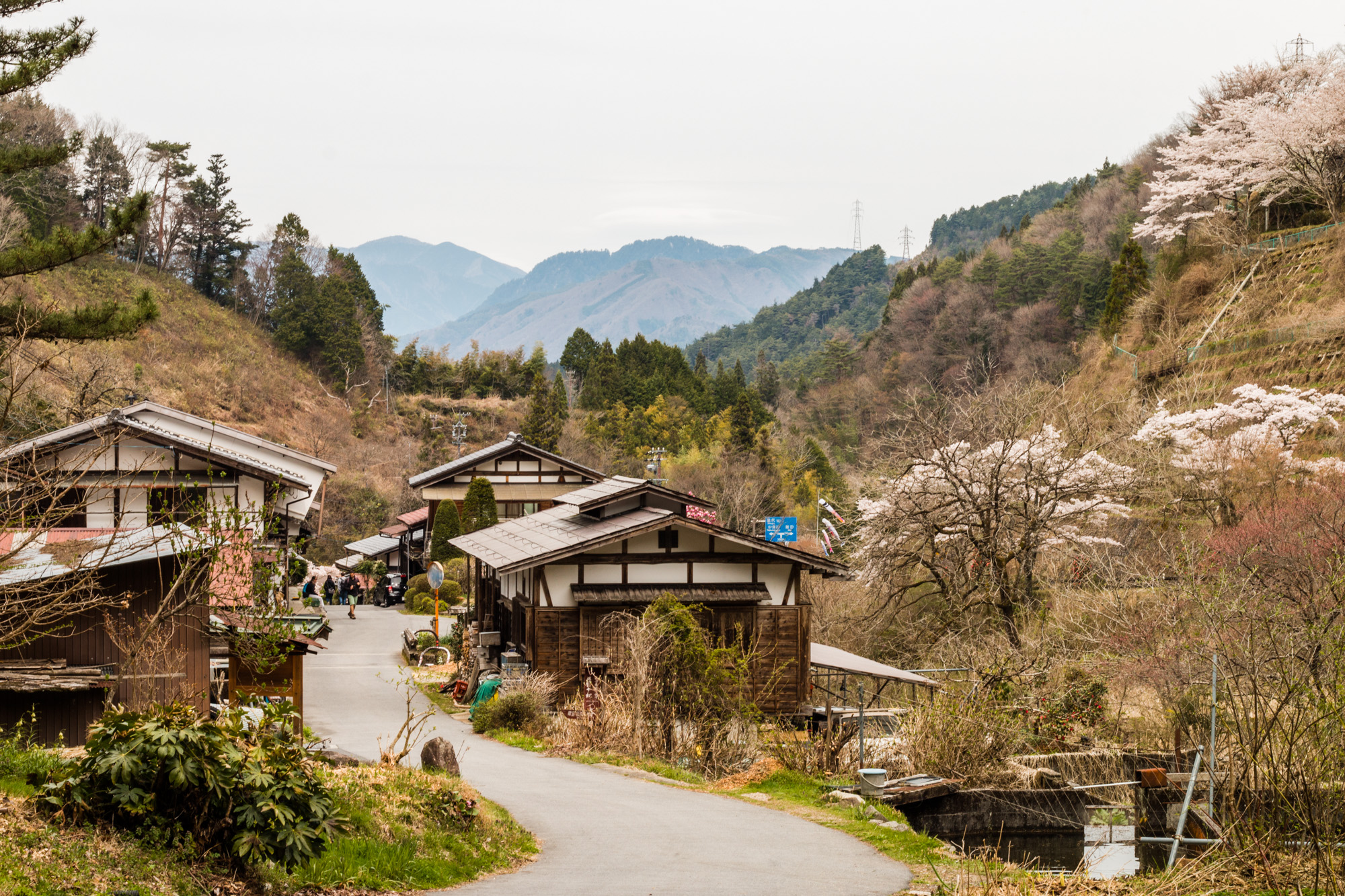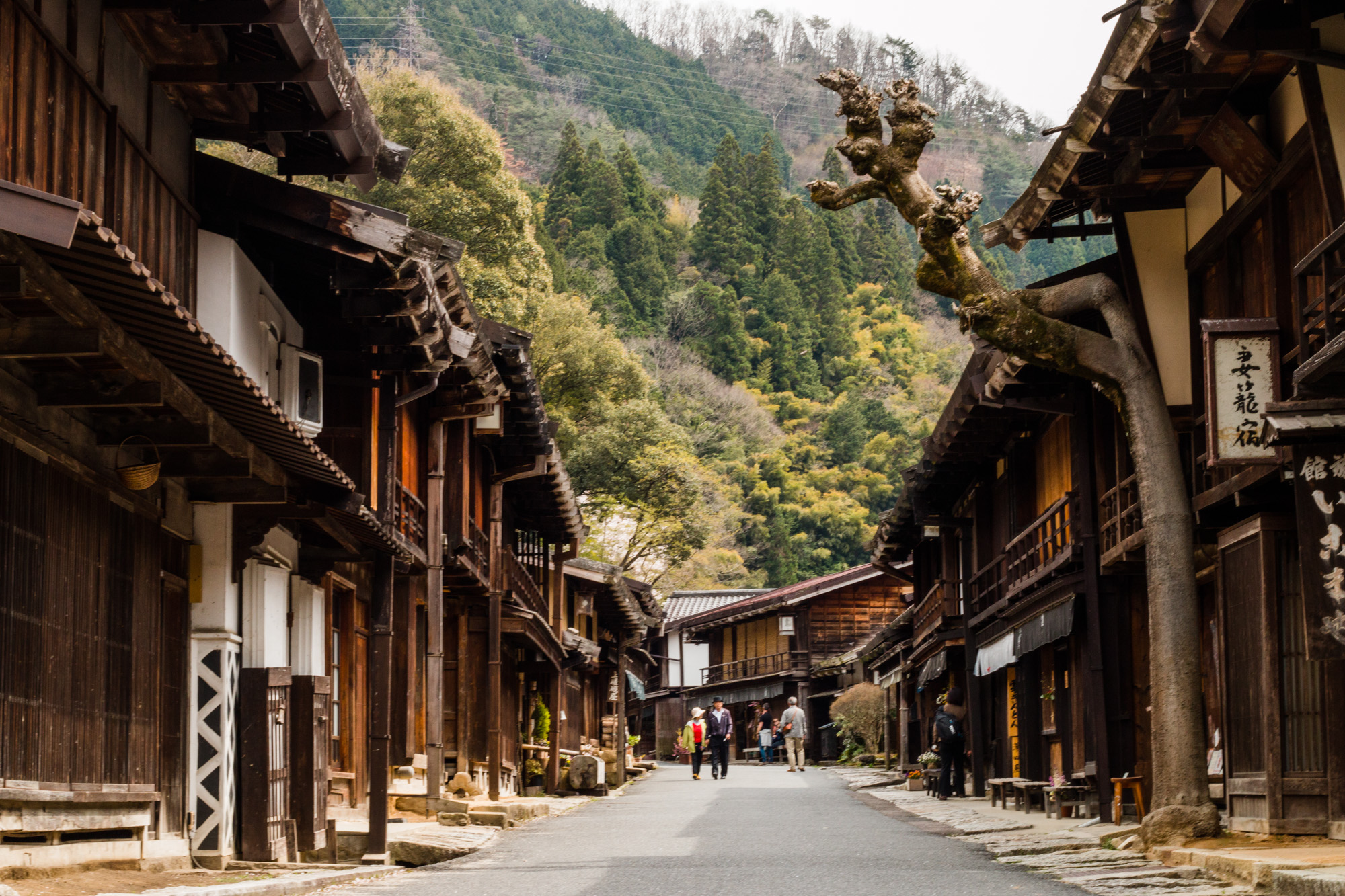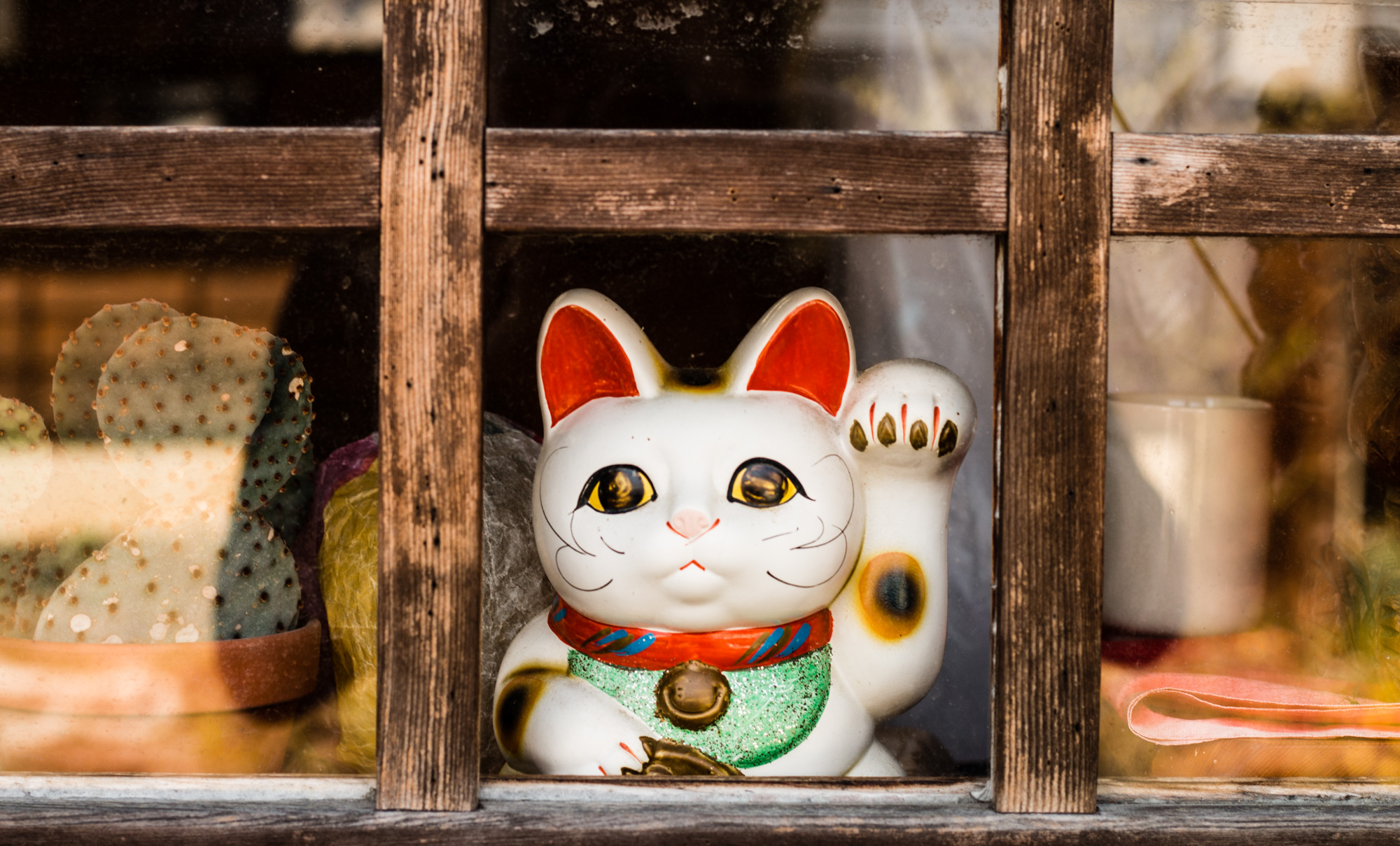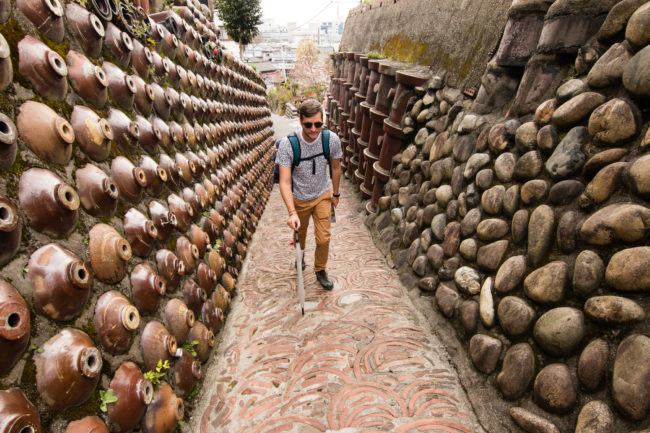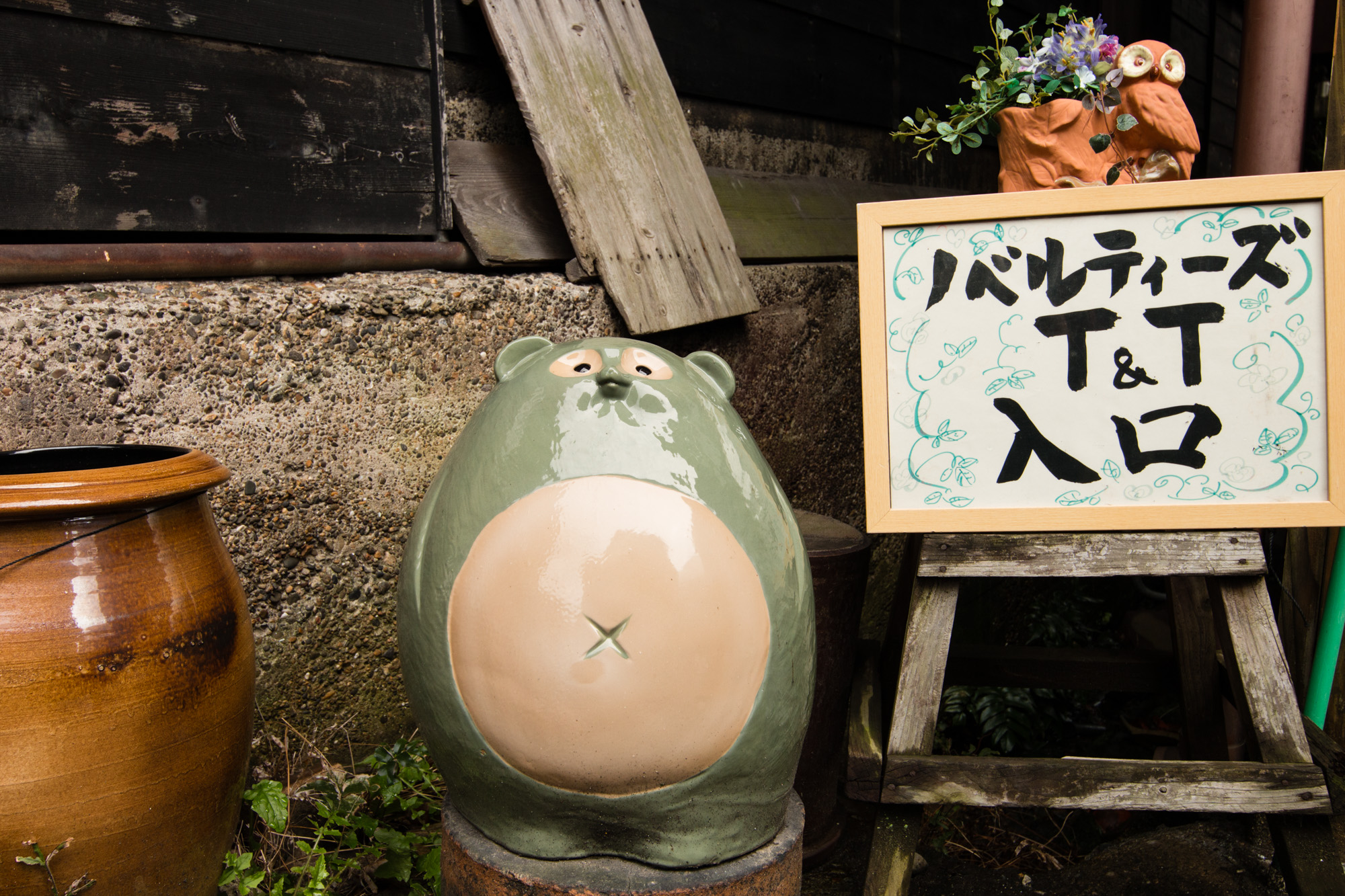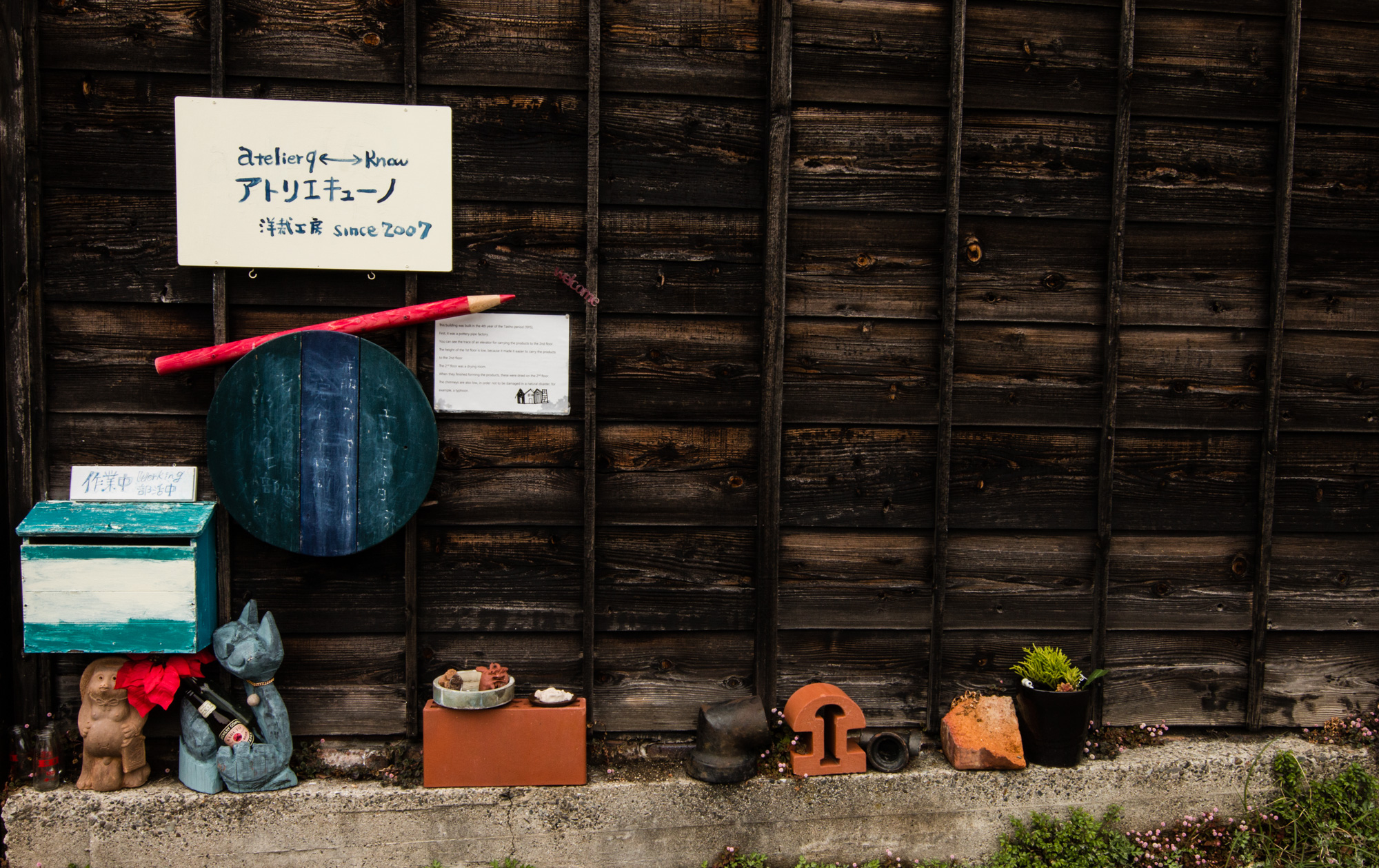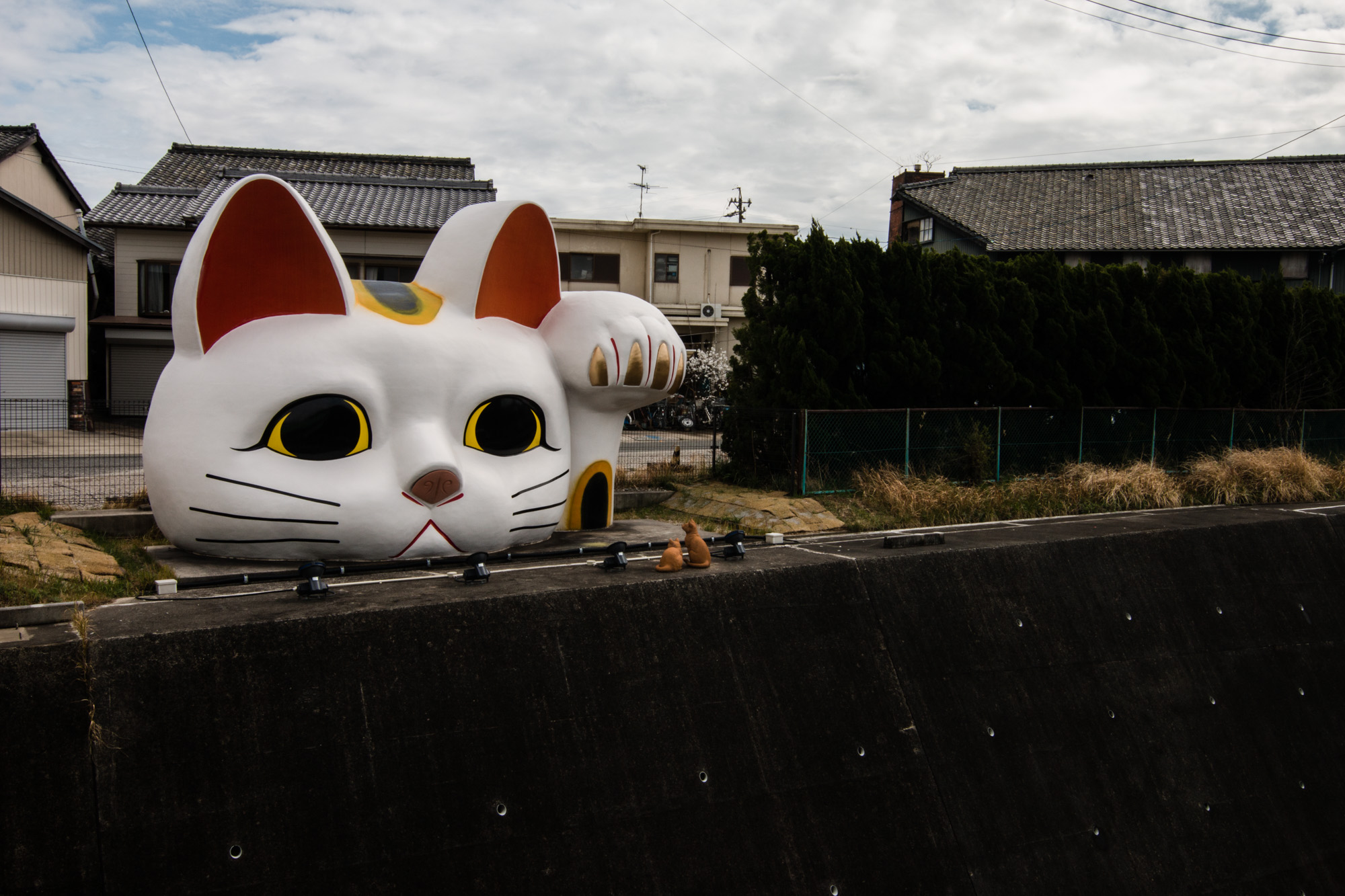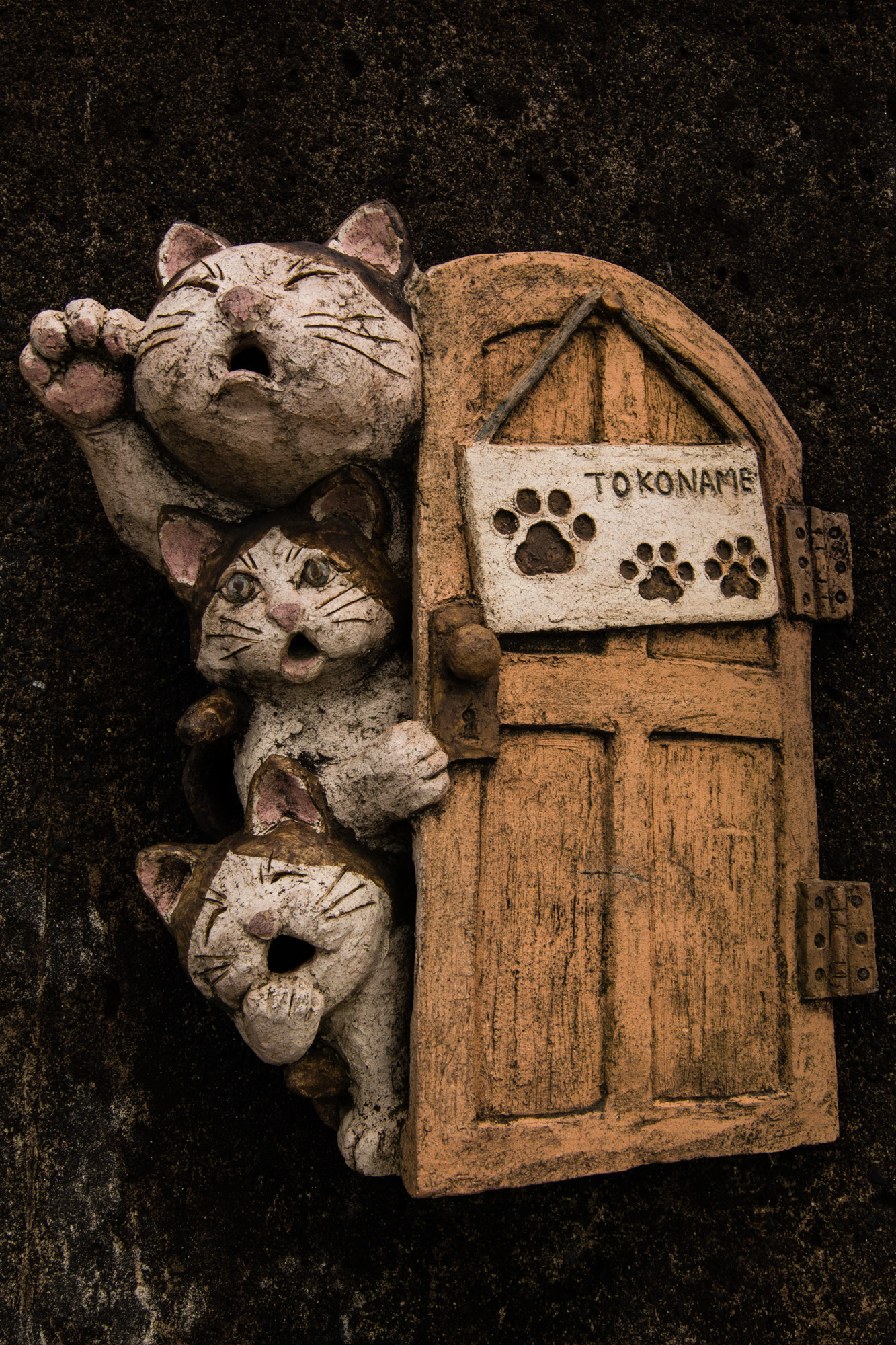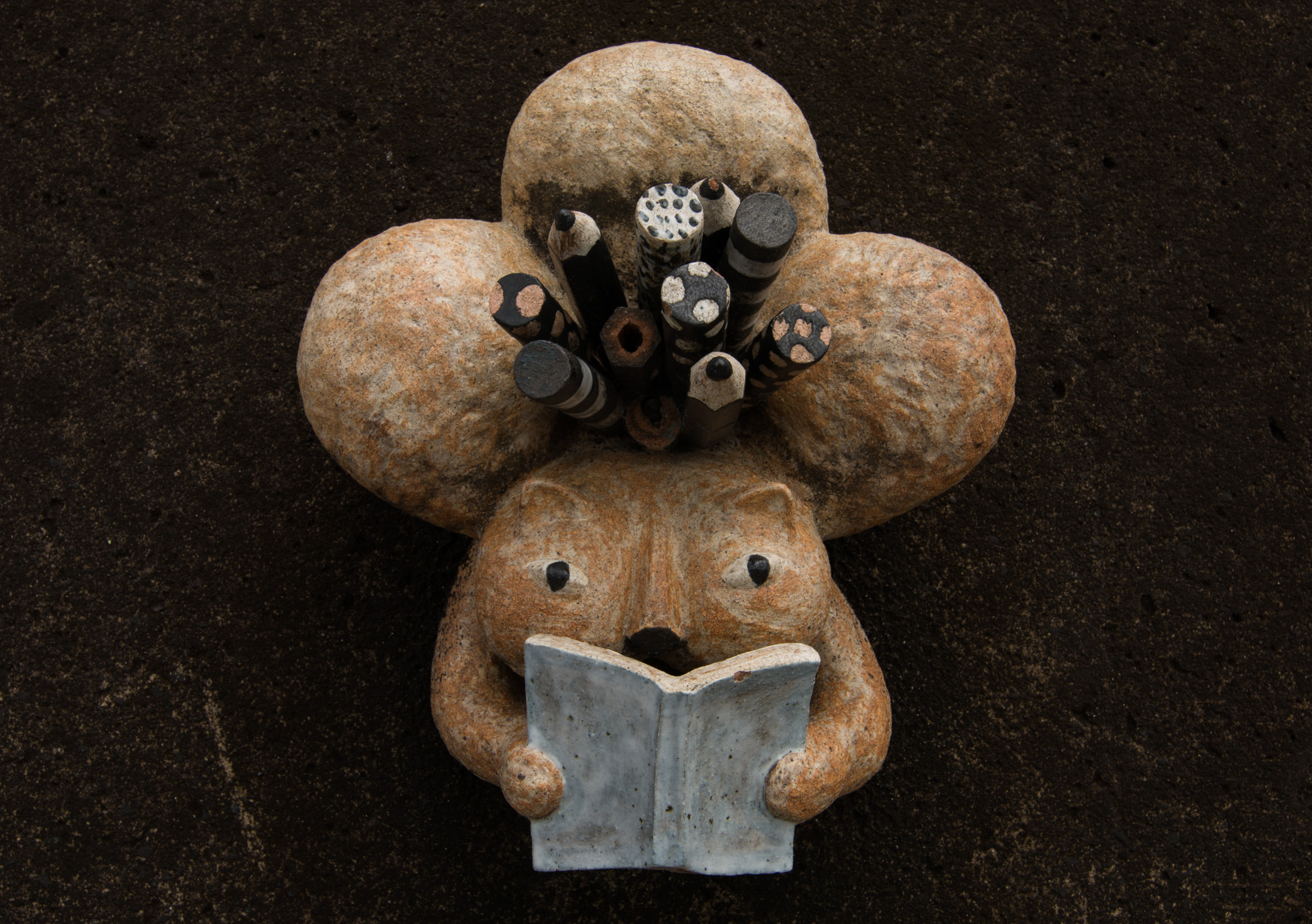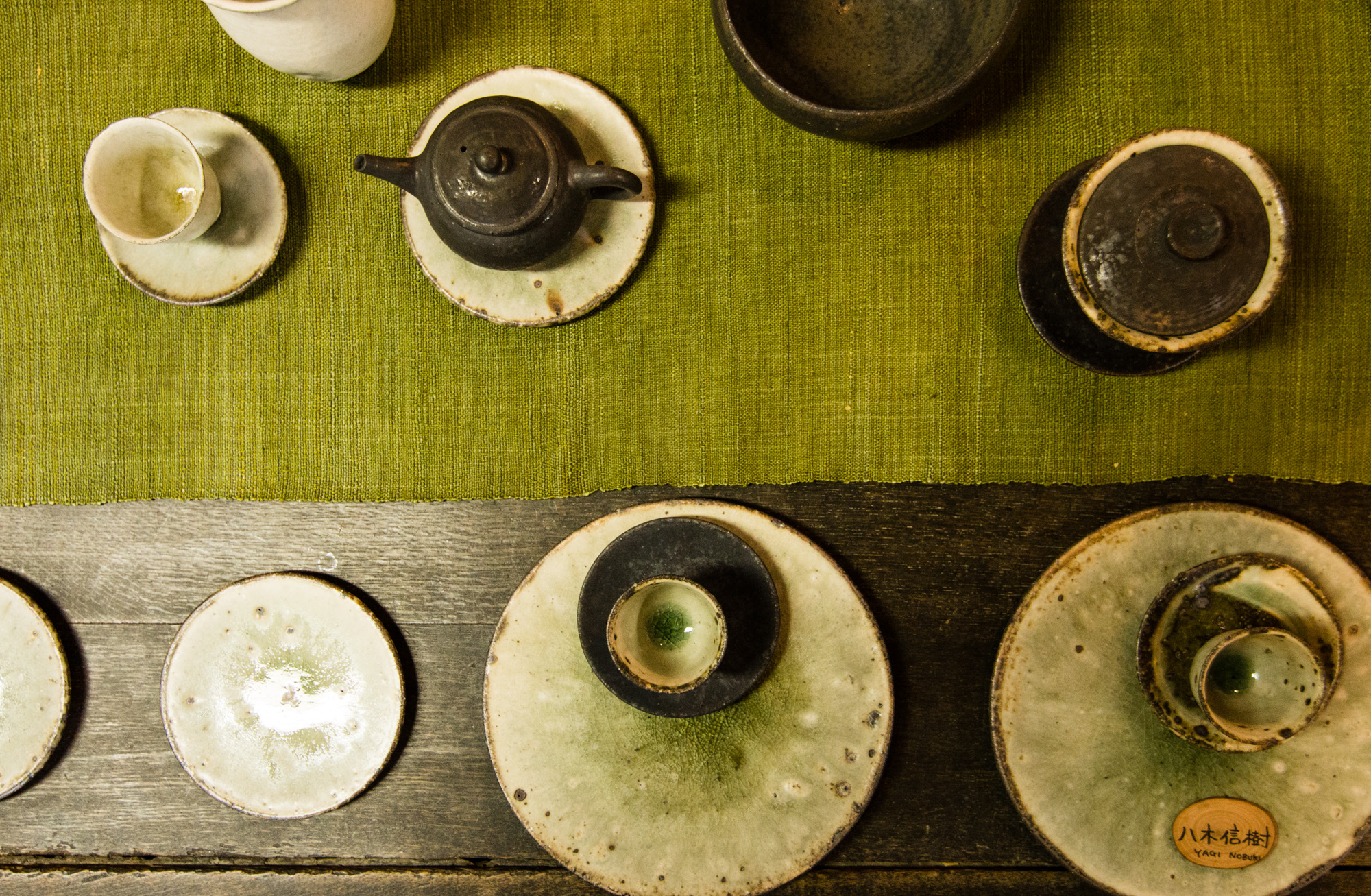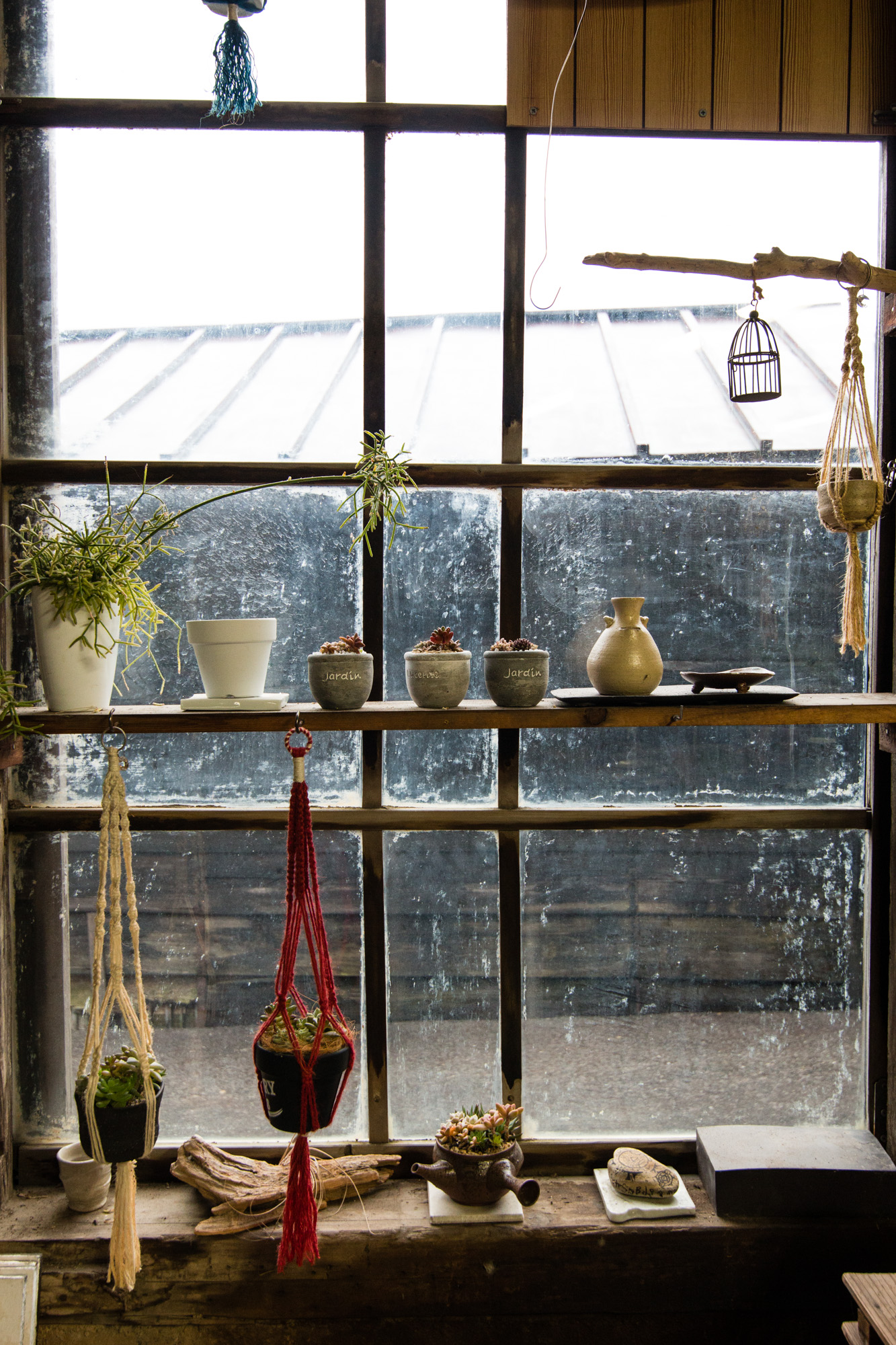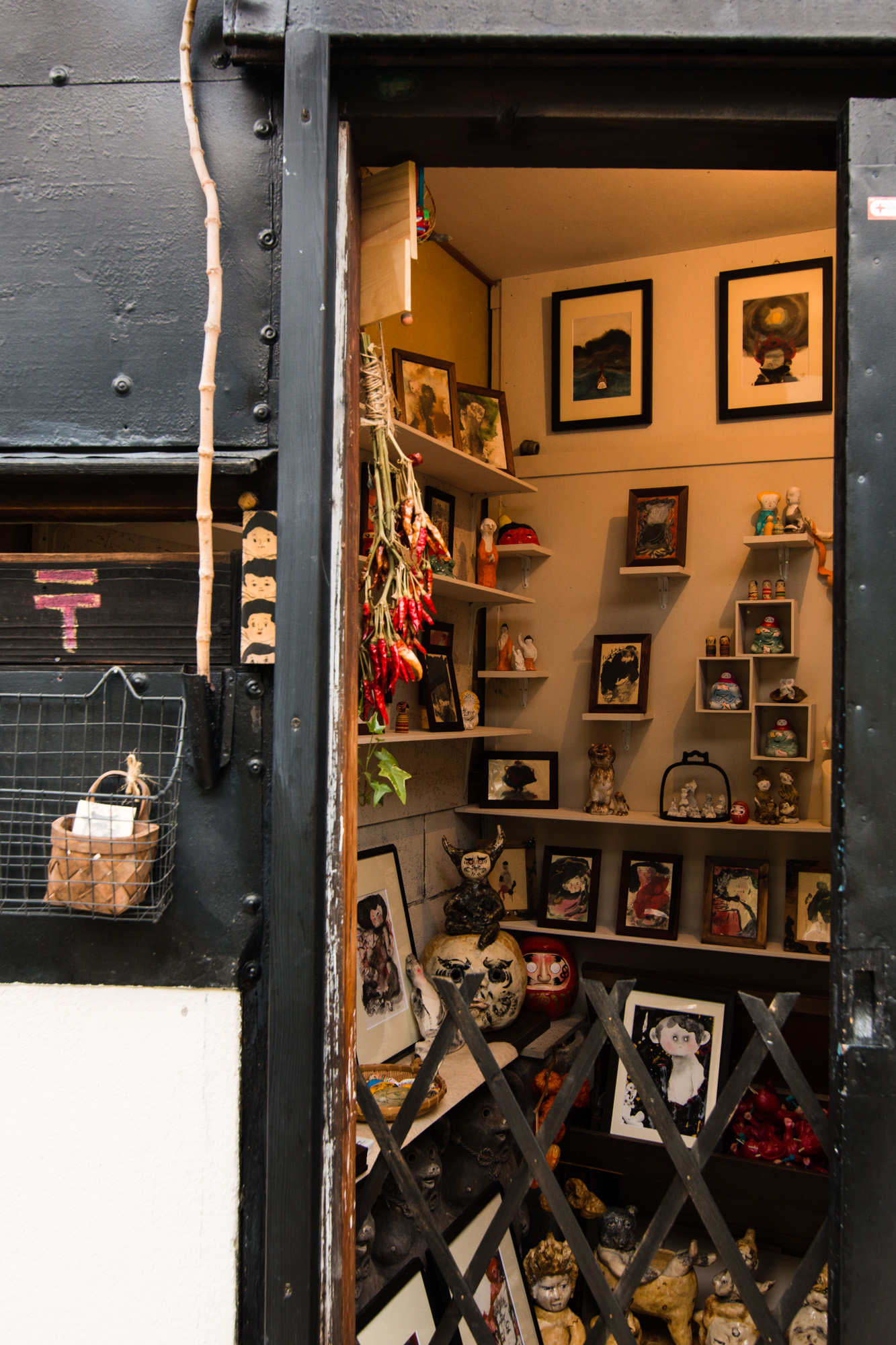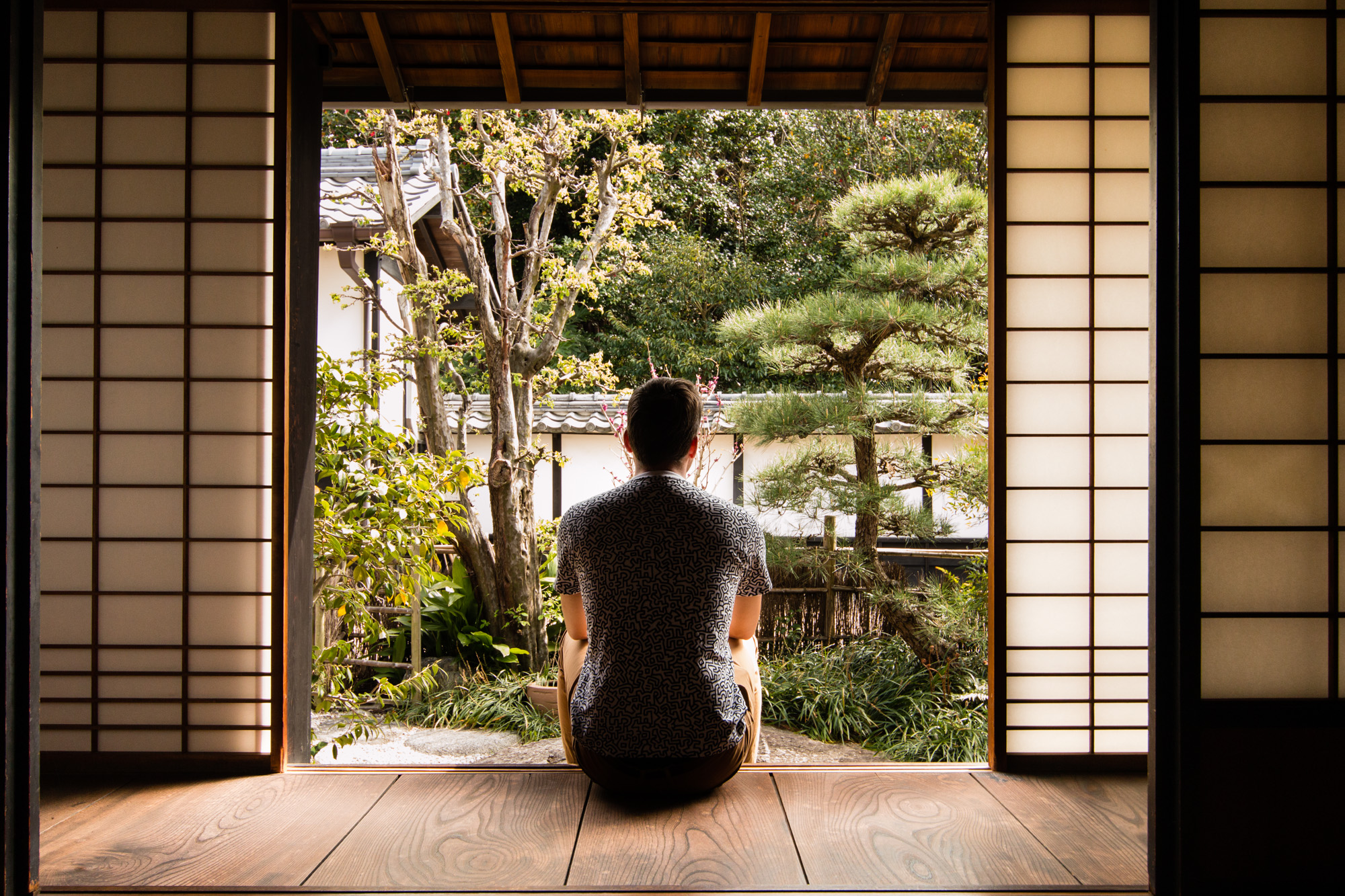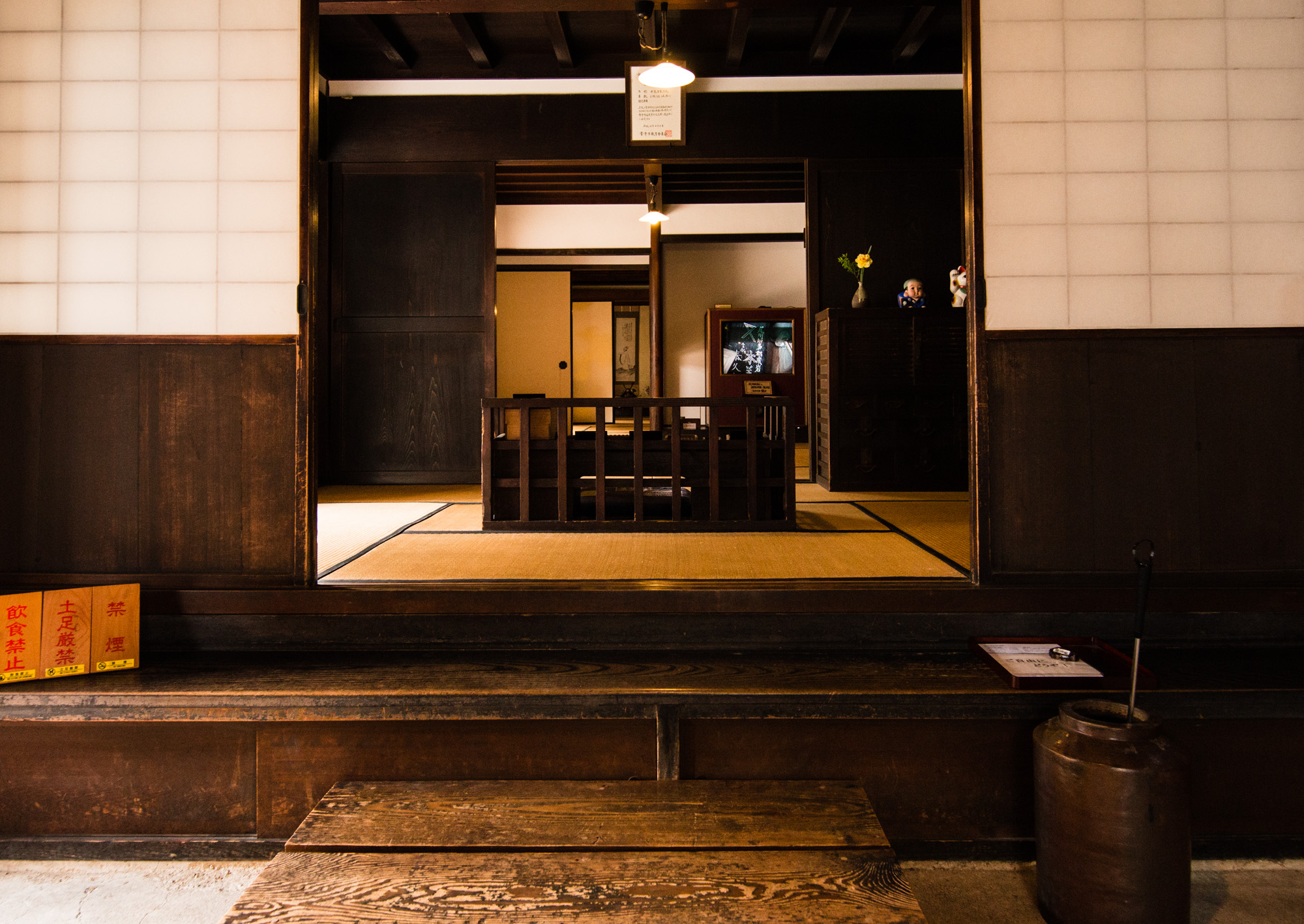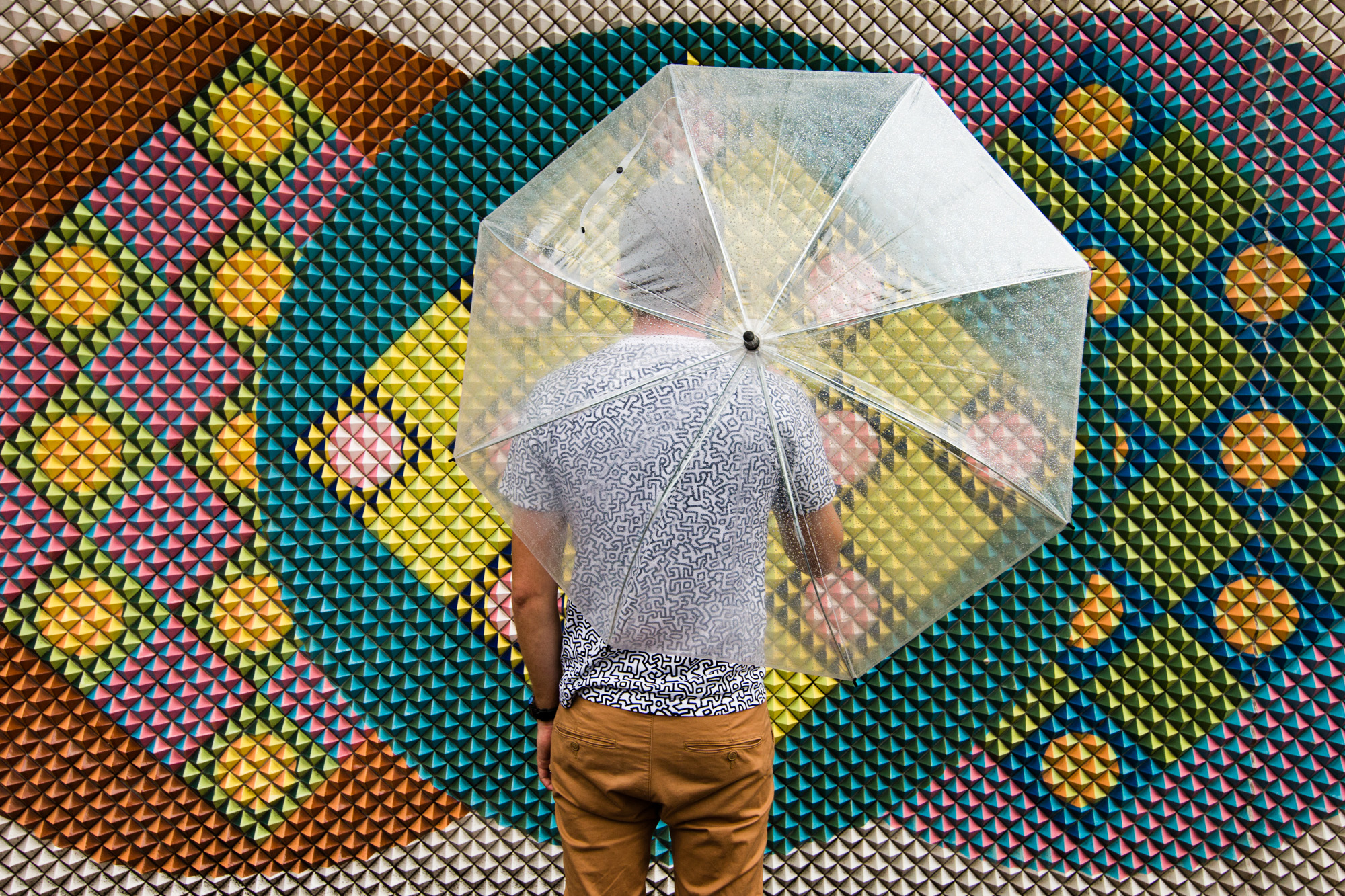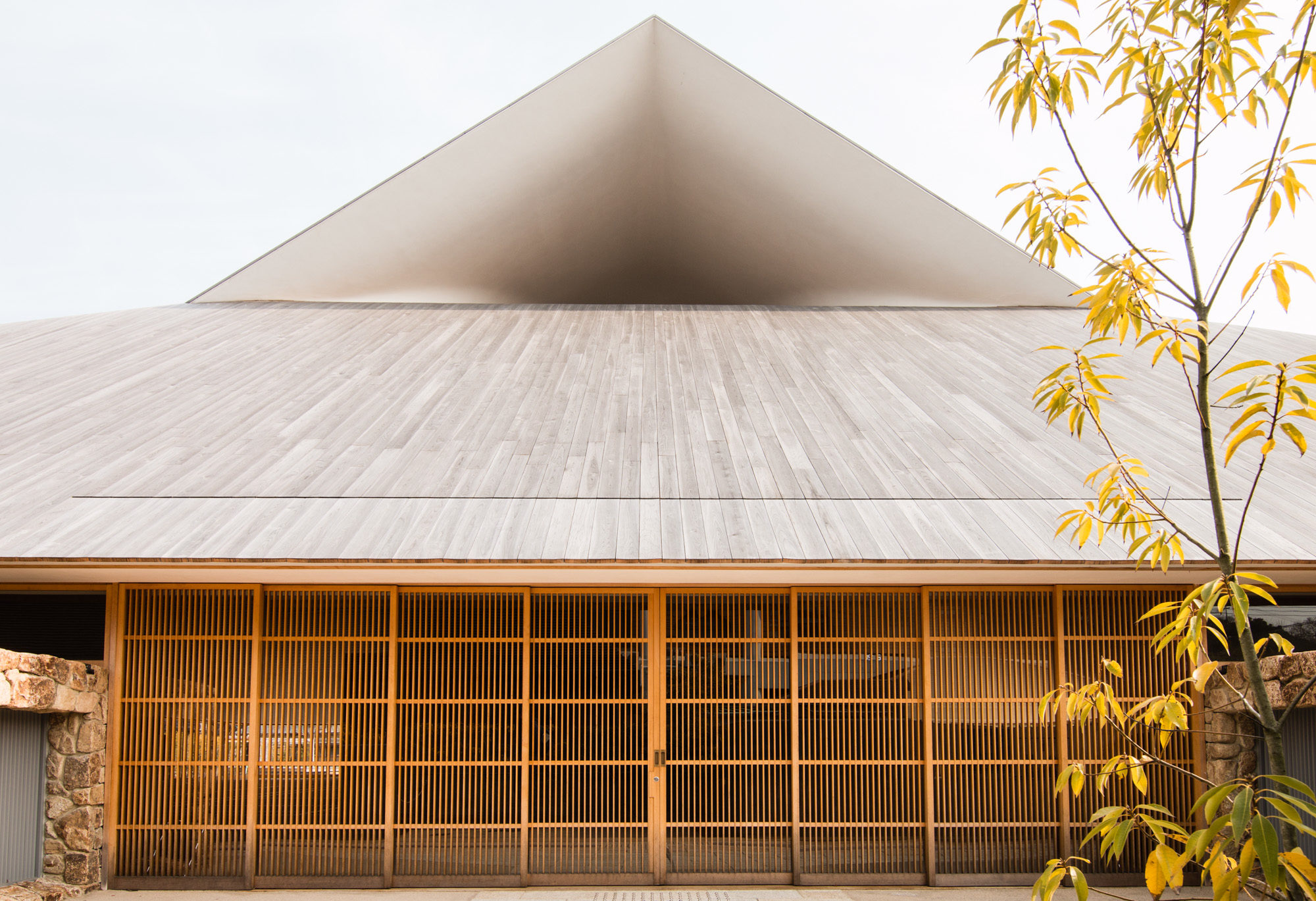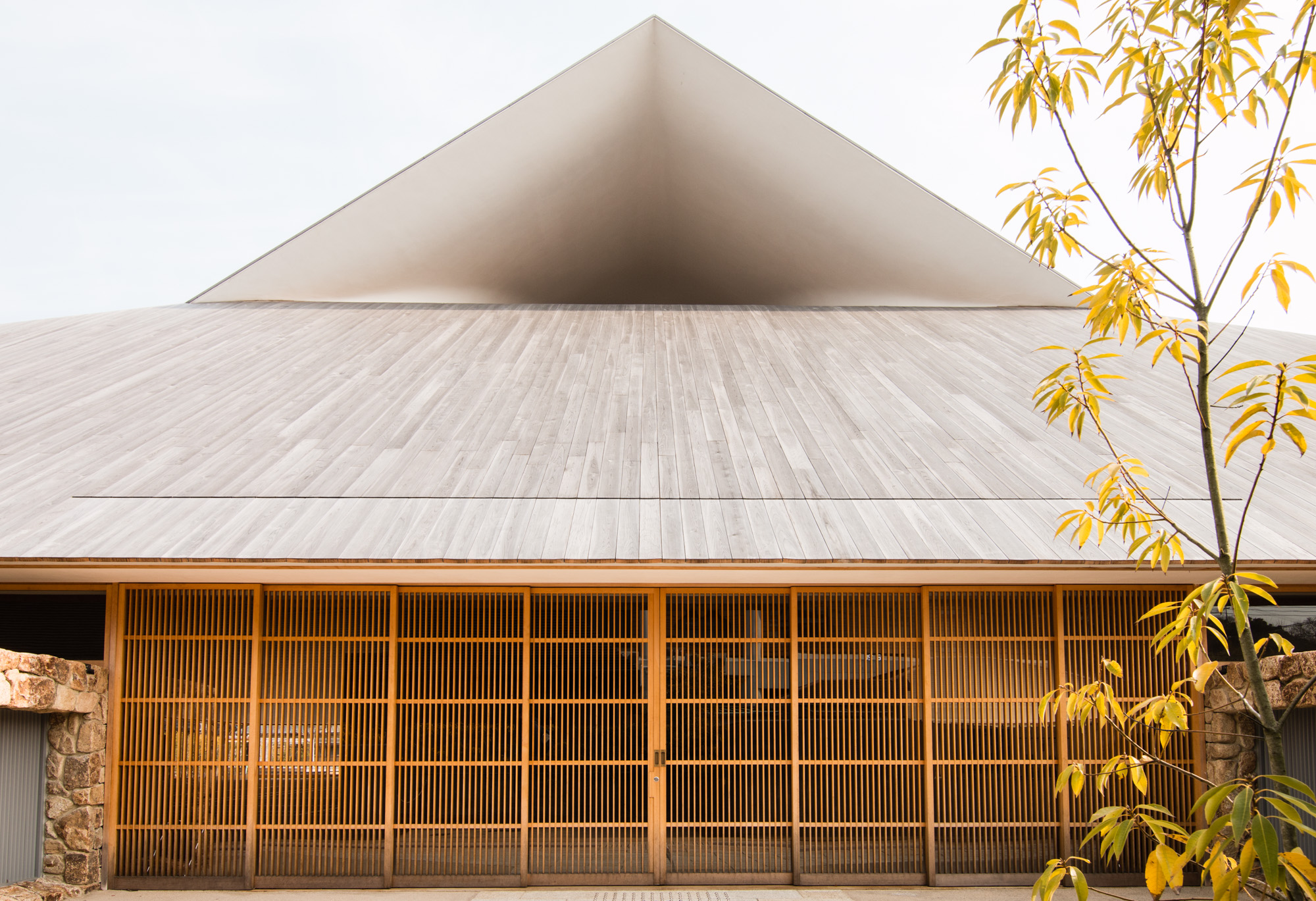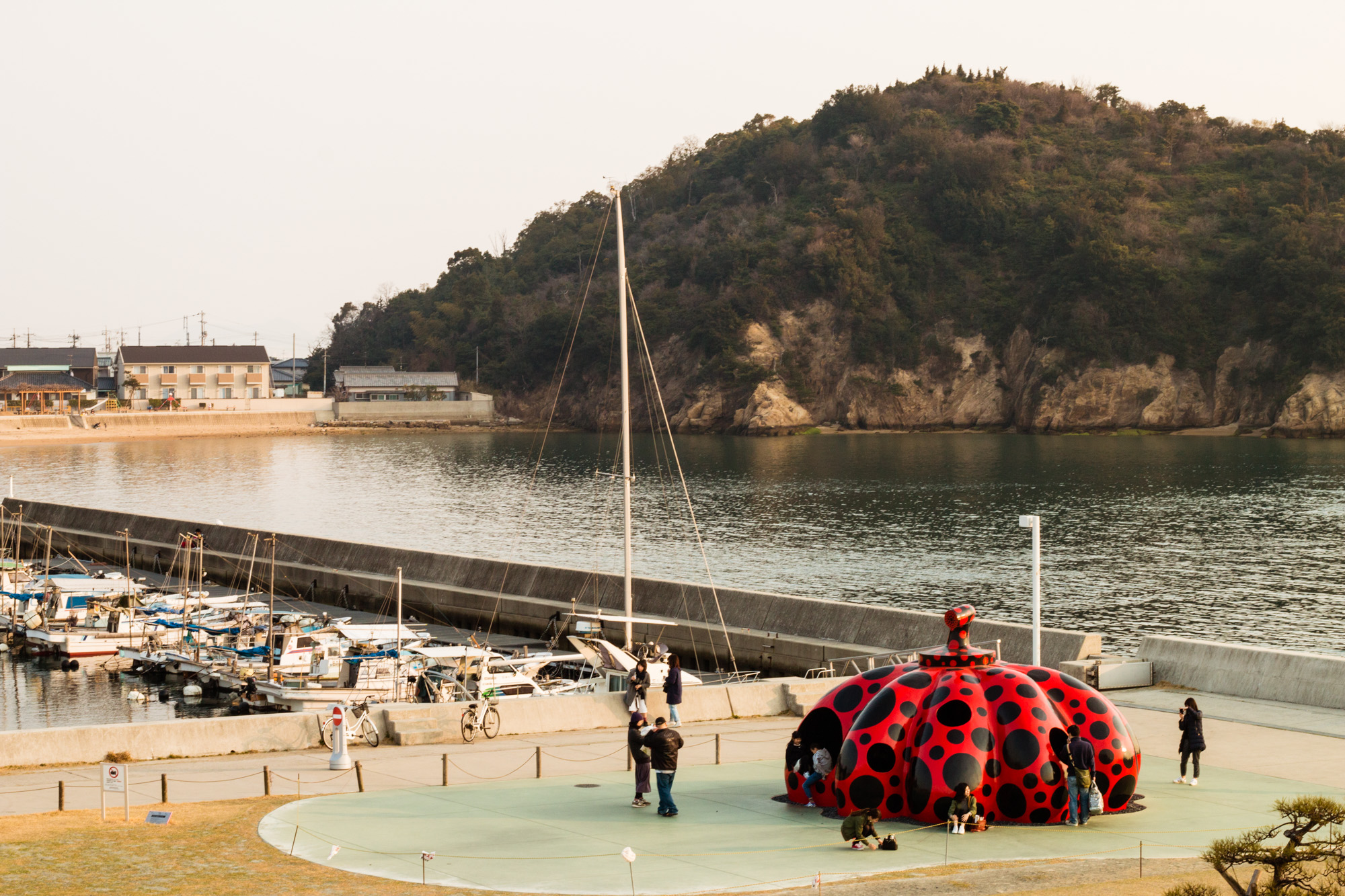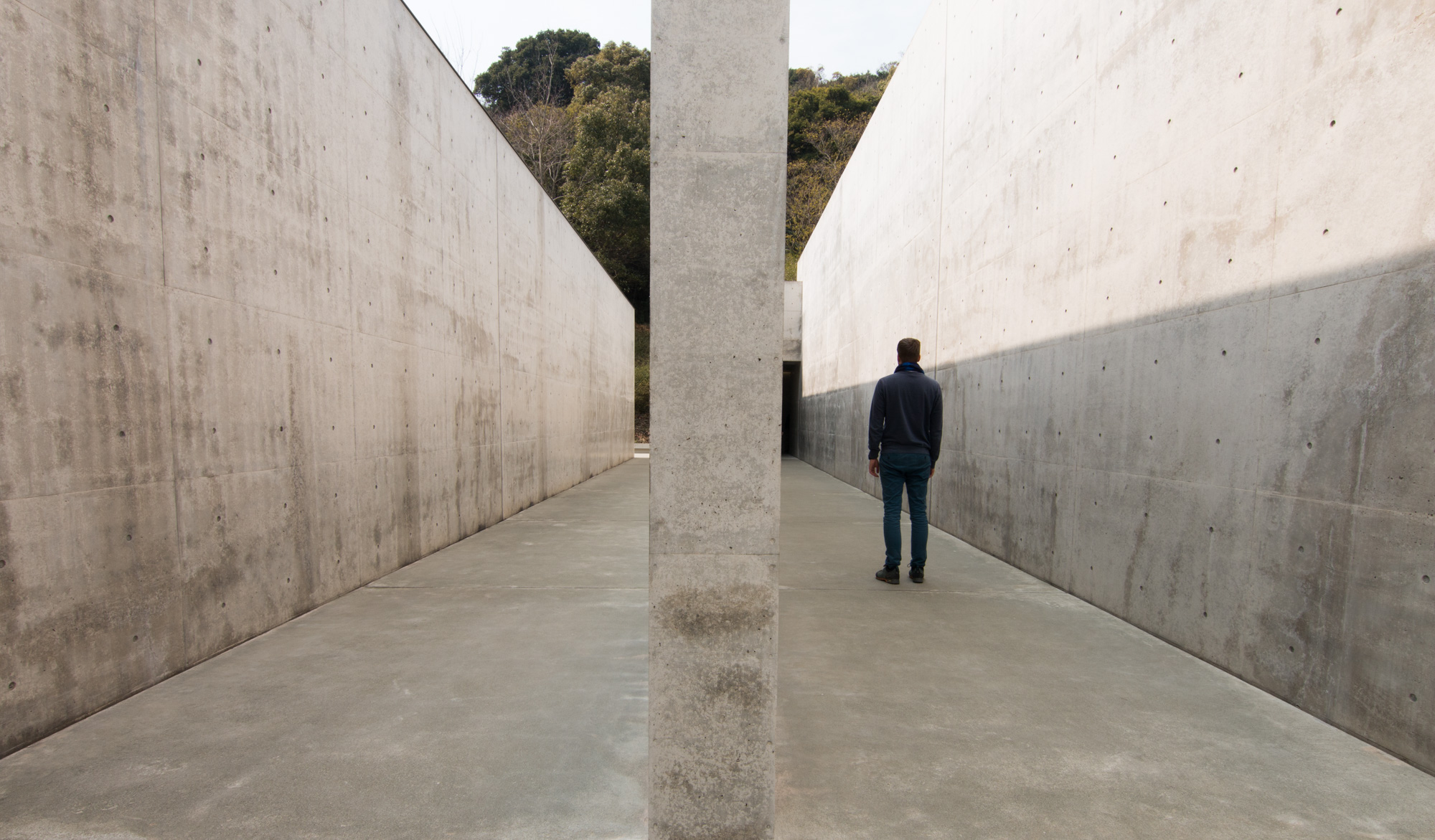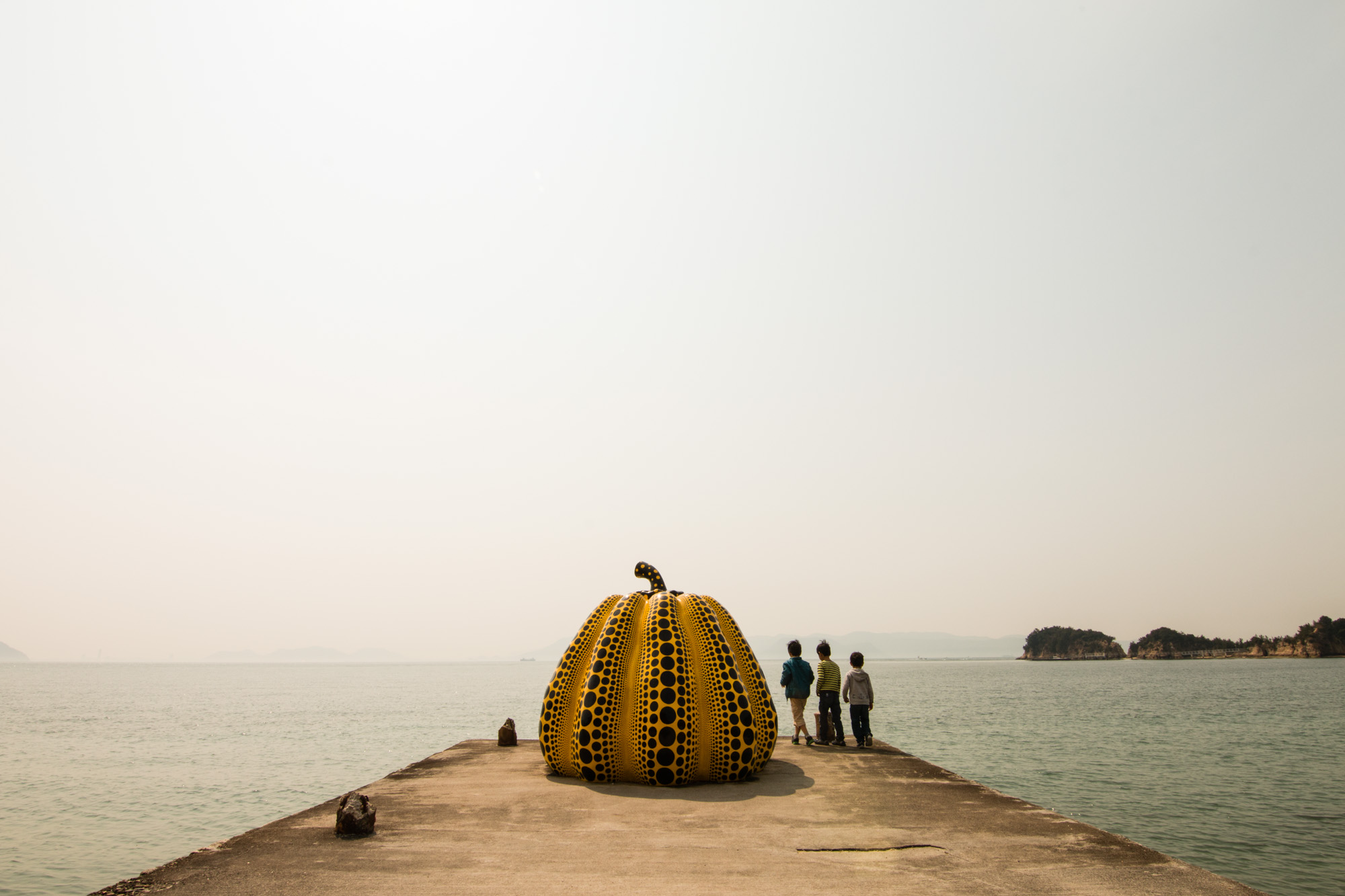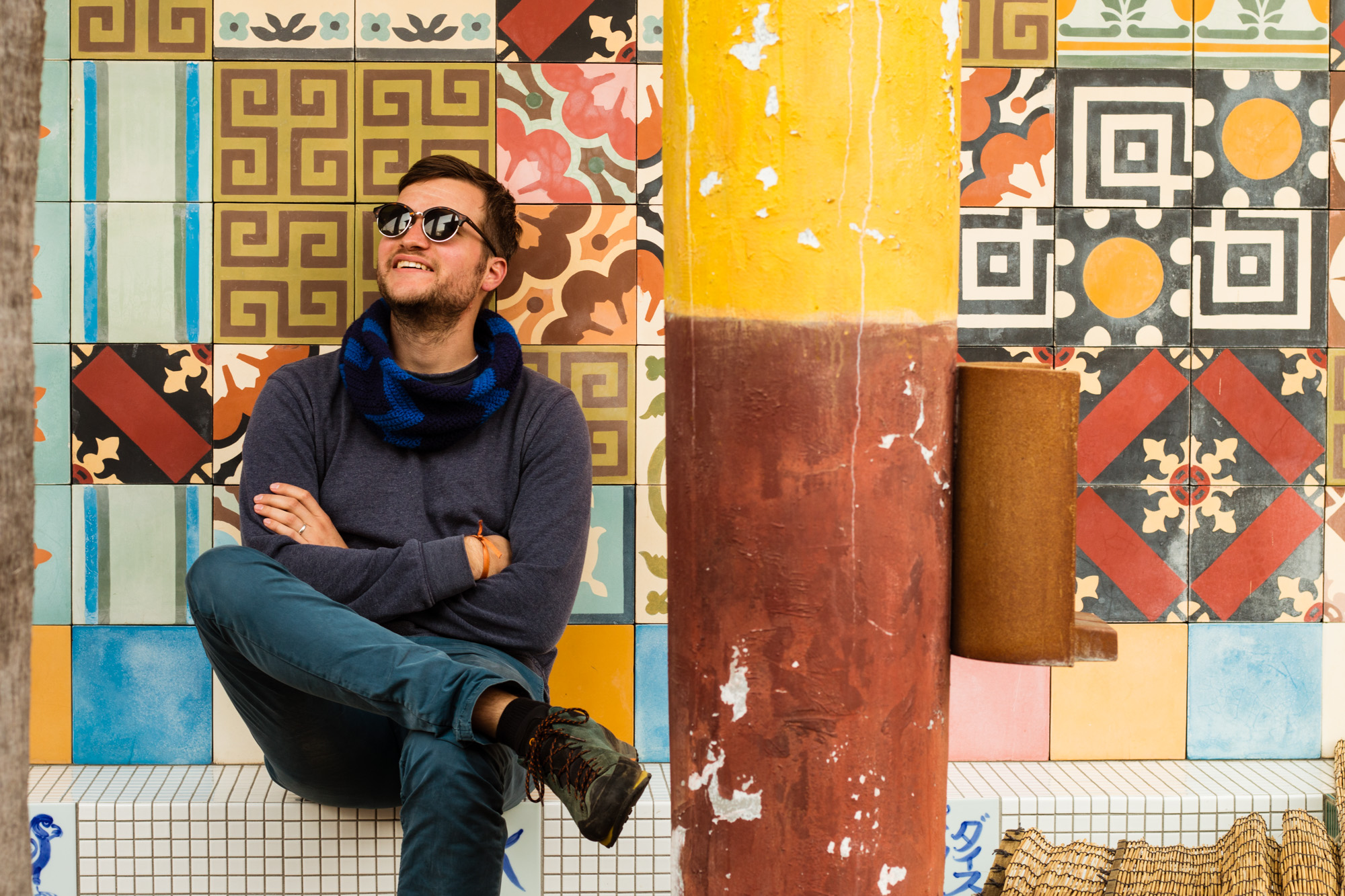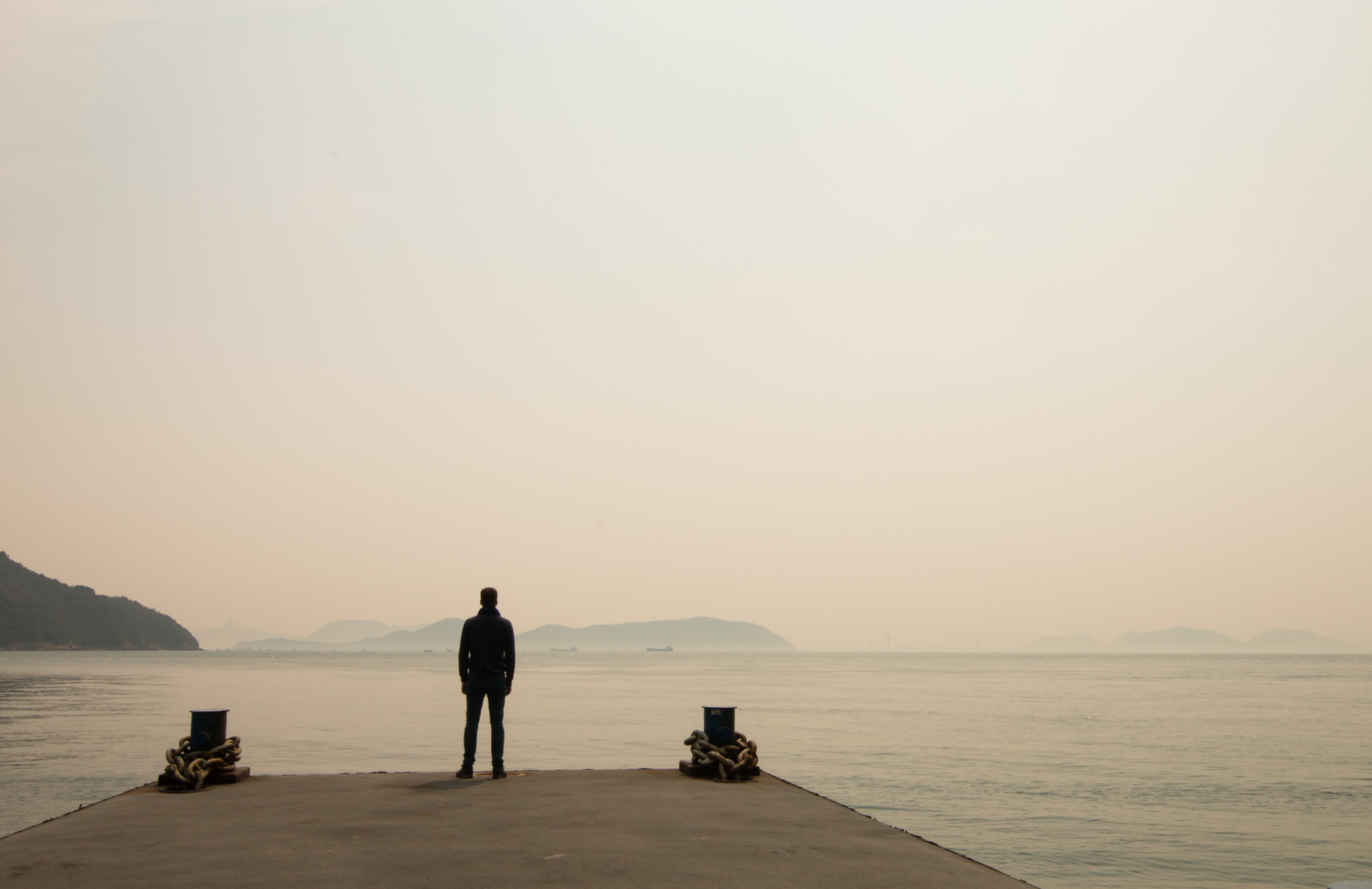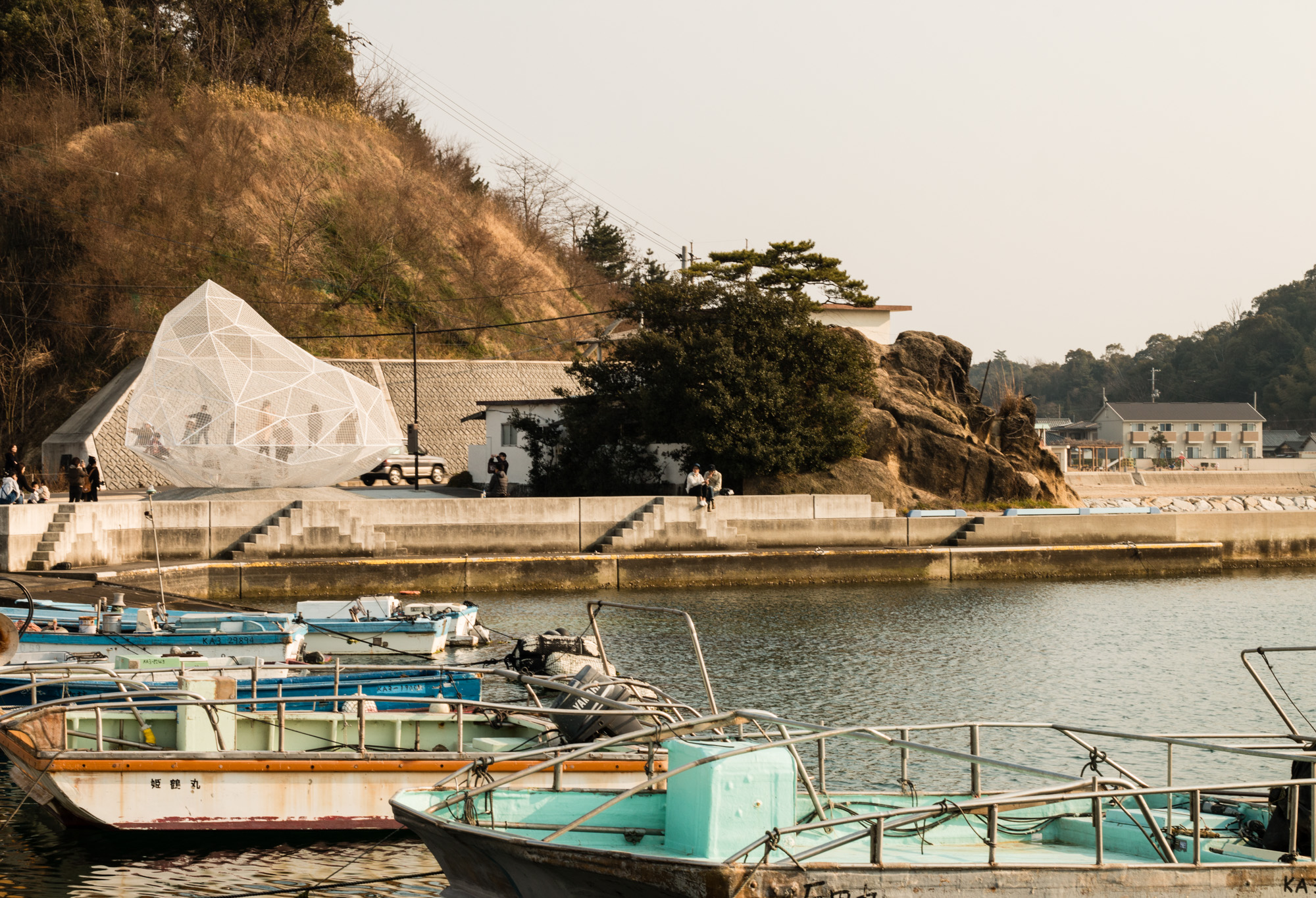Usually I associate souvenirs with kitsch, plastic gifts made in China and faded postcards of doubtful beauty. Over those two years travelling I’ve rarely been tempted to enter a gift shop less even to buy a single thing. Japan has changed it all. The amount of effort and creativity put in so many little objects here makes them unique and really worth buying. Not to mention the tradition and the beauty that go with them. Below some of gifts that I couldn’t resist, even having in mind that I will have to carry them around. Others I will have to get next time.
-
Multi-functional piece of cloth- Futoshiki
So simple and traditional and yet so functional. The technique of folding a square cloth around anything has been around for centuries. Previously it was used to carry things and to wrap gifts. The patterns and colors were a way of expressing the purpose of the gift and feelings of the generous person. After World War II part of this beautiful art got pushed out by cheaper and more common plastic and paper. But it hasn’t died just yet. The material can be folded in a really nice bag, actually many different types of bags, only imagination is the limit. That variety of a humble piece of material and the idea of supporting something so fragile pushed me to buy some for myself.
-
Colorful and very unusual socks
Patterns of sushi, shrines, Mount Fuji, cats and soooo much more can be easily found in any shop selling socks. They are colorful, fun and many are divided in “two toes” or even “five toes”. That makes them perfect to wear with your flip flops, as weird as that sounds. We especially loved the collection available in some Don Quijote. Cheap and just brilliant.
-
Arty, colorful postcards
Japan has numerous different techniques when it comes to postcards. They can be painted, made from recycled kimonos, washi paper. Options are countless and they all look stunning and one of a kind. I don’t think there is any other country I have seen with so many different patterns and so much art and love put into postcards. Honestly I felt sad I had to send them out… Obviously I kept a few for myself 🙂
-
Fragrant bath salts
We never really appreciated the benefits of a bath. Not until we came to Japan. Here it has almost a ritual like importance and is supposed to relax you after a tough day. And it really does. But the addition of fragrant, Japanese bath salts is the cherry on the top. The smell is as divine as the package looks.
-
Playful carnival-like facial masks
I know it sounds weird but in what other country can you become a panda or a cat for a few minutes? Only in Japan. The masks are not only playful and cute in a weird way but also very soothing and relaxing. Perfect little detail going in the bathtub. For more picky customers there are also ones that will make you look like a geisha or hello kitty.
-
The most beautiful bathrobe - Yukata
Yukata is a kind of casual kimono. It literally means “bathing cloth” and at the beginning it was used just as such, since it’s so easy to just wrap it around you and it can dry the leftover moisture from your skin. Nowadays some wear it as a summer version of the kimono. We got them at one of our Airbnbs and I absolutely loved mine. They were colorful, playful and really comfortable to wear. Jandirk wasn’t overly impressed, yukatas for men lack patterns and are generally kept in darker tones.
-
Fans for the hot summers ahead
Fans are something that have been in use for centuries and perfected over the time. Now only the imagination and budget is the limit. The can be foldable or rigid, bamboo or paper based. They come in unbelievable variety of forms and patterns. In museums we even saw some covered in gold… those I probably wouldn’t buy as a gift even for my best friends.
-
Everyone’s necessity- chop sticks
They come in a variety of shapes and designs. We especially loved very simple wooden ones. There is a certain charm in the fact that no two chop sticks are exactly the same since no trees are identical.
-
Something for the stomach- matcha and green tea
Before coming to Japan we have never tried matcha and we were not big green tea drinkers. Here we got thrown into deep water, we saw and tasted matcha not only as a powdered green tea just served as a drink but also in variety of deserts and snacks. We fell in love with its strong flavor and even stronger green color. It’s one of those ingredients that we will take with us and incorporate in our daily life. Same with the cold green tea that became indispensable to us over those months….
-
Traditional or modern pottery
This one has totally stolen my heart. I hope one day we will return with an empty suitcase and full bank accounts to buy some of so many stunning pots, mugs and plates. We especially loved collections available in small, cozy ateliers in one of the old pottery towns- Tokoname.
-
The famous "folded paper"- origami
This beautiful technique of folding paper into complicated but beautiful shapes is especially dear to my hearth. Many of the gifts that I got from Jandirk were origami folded animals and flowers. Here in Japan he could go even crazier with all the variety of paper available. Every Japanese person knows how to fold at least a few basic figures, they learn that at school. It has been a nice beginning of a conversation for us and sometimes a nice evening activity with a little origami battle.
In many shrines and museums we saw origami bookmarks and cranes that we could just take for free.
-
Something for the soul- sake
Sake comes in such a variety of tastes that I just can’t imagine someone wouldn’t enjoy it. It can be sweet, it can be very dry, it can be clear or contain particles of rice, it can be served cold or hot. There is something for all taste buds out there. I don't think there is anyone that could resist the traditional sake serving. The liquid is supposed to overflow from a shot glass or wooden container onto anything that is under it. Being raised in Poland in a society that drinks vodka and likes to show its generosity, I'm shocked we never came up with it.

